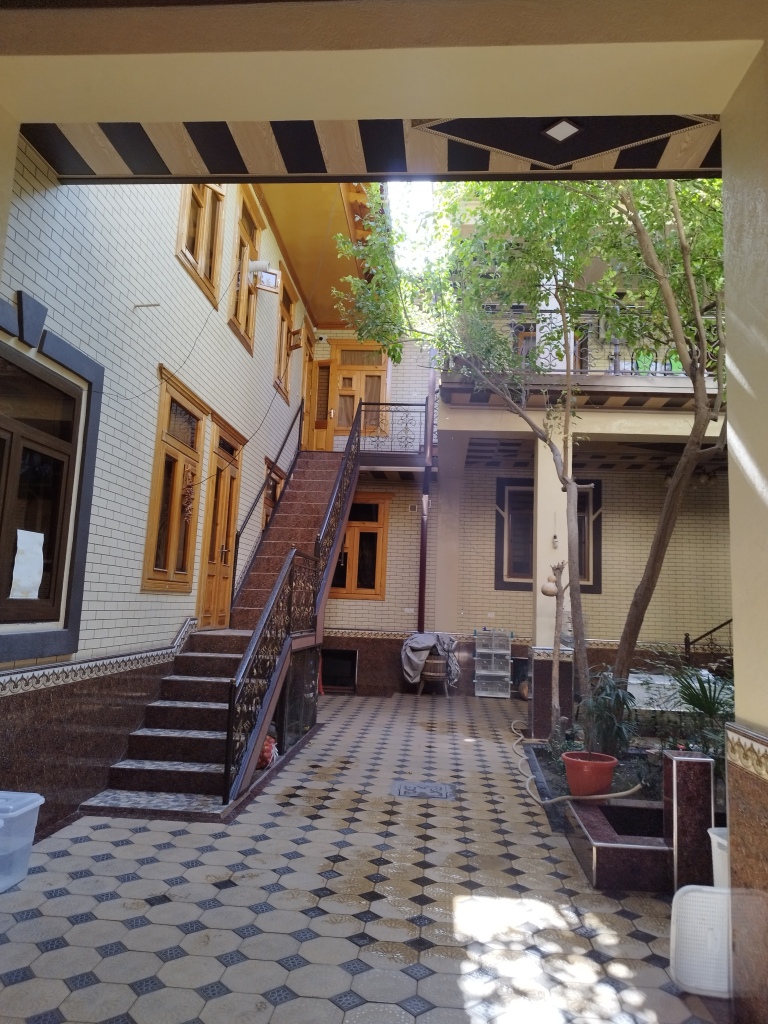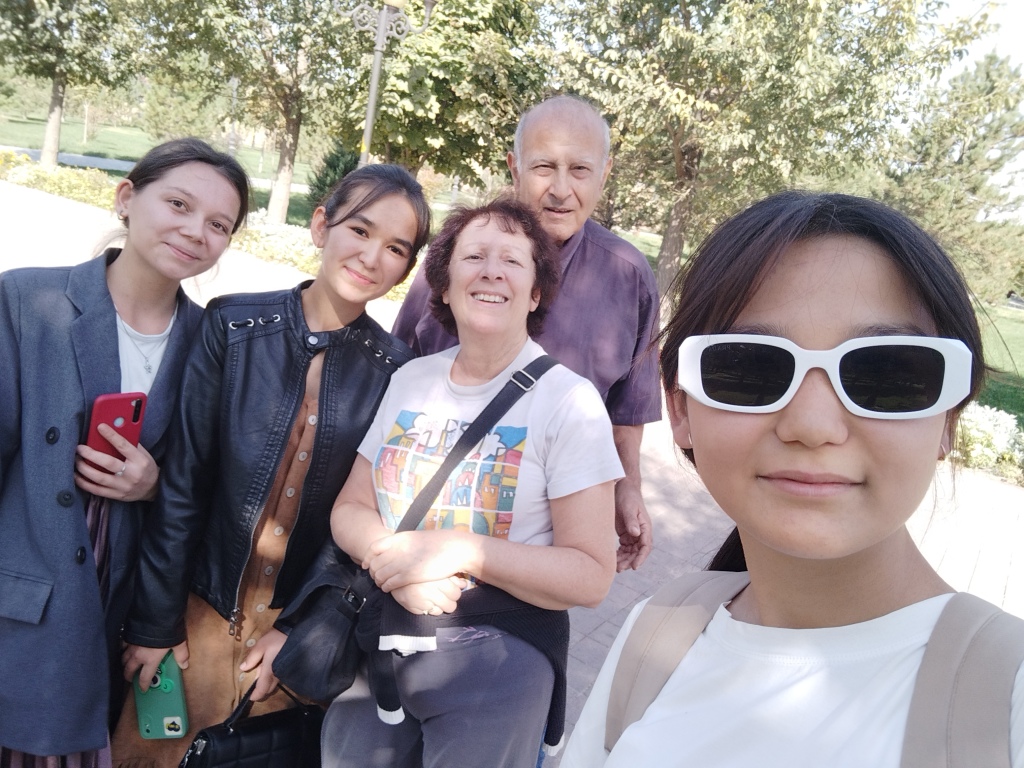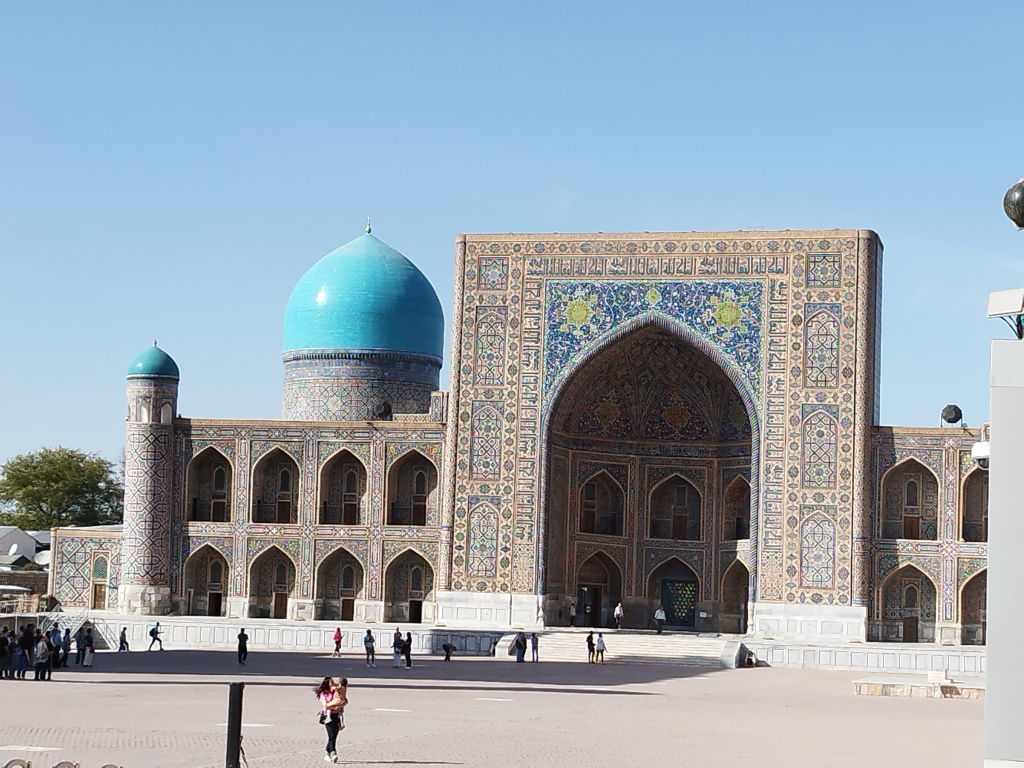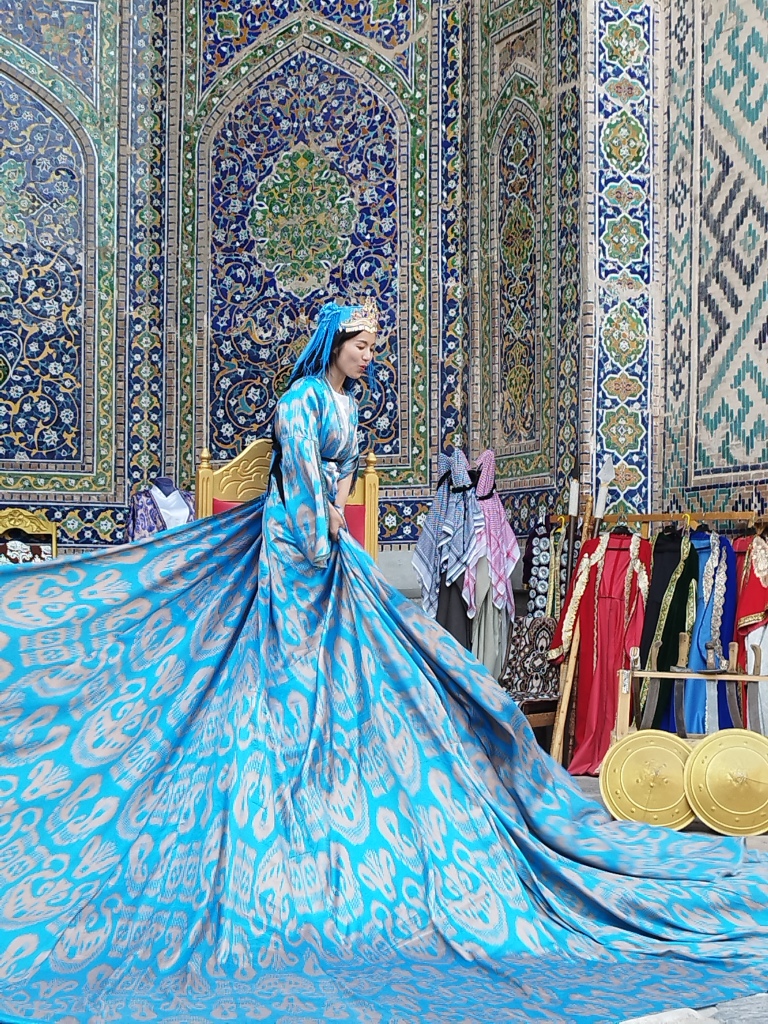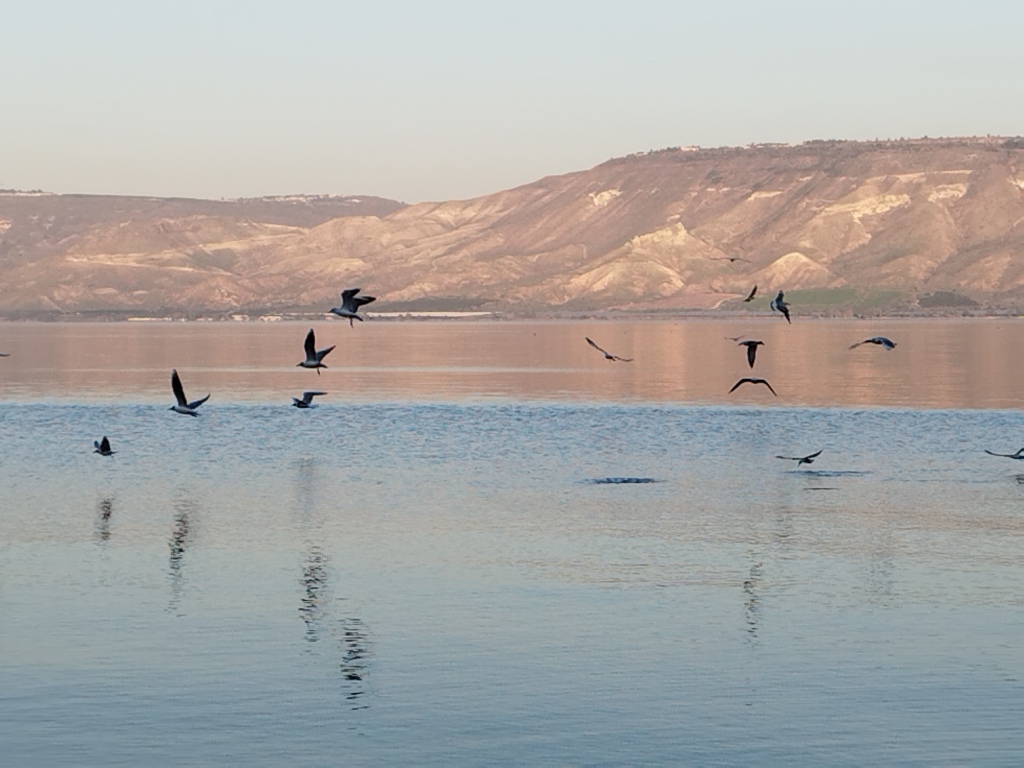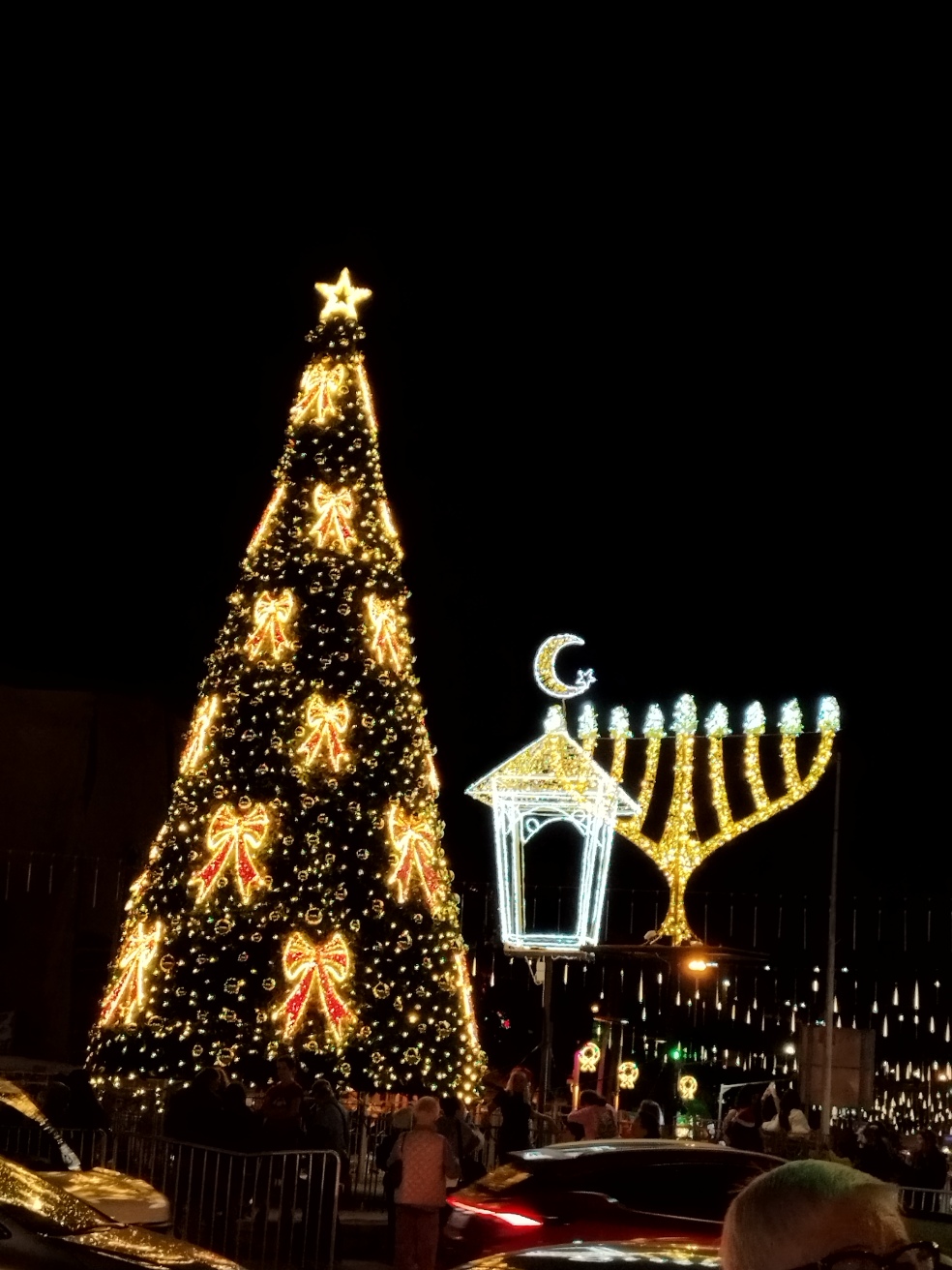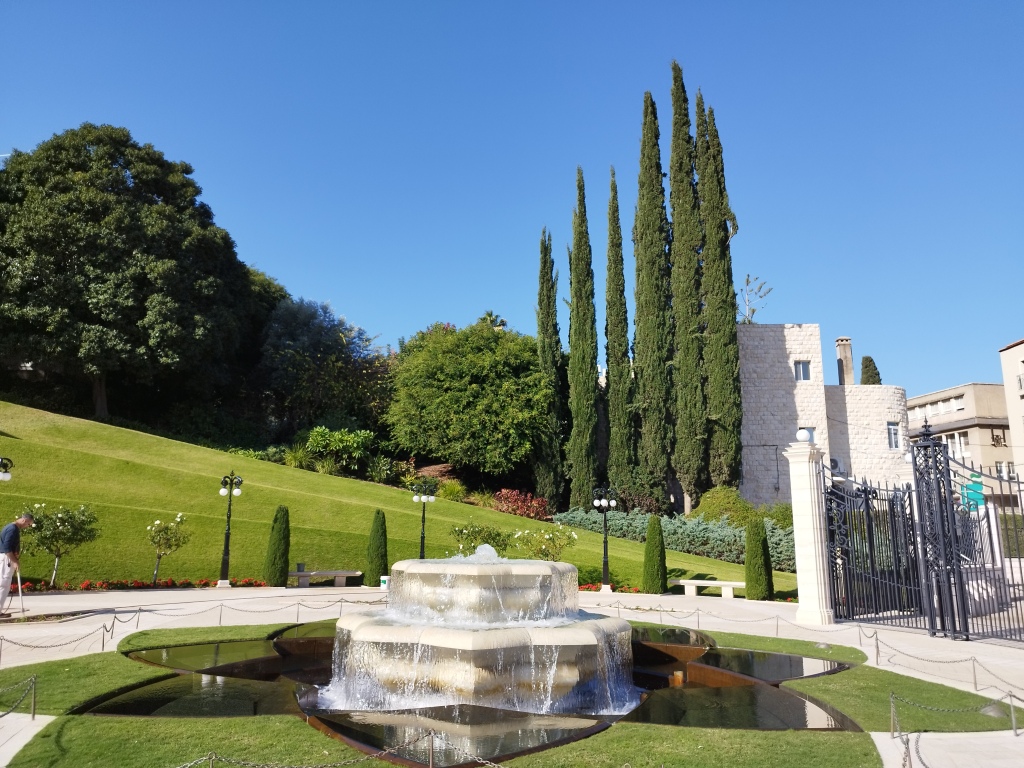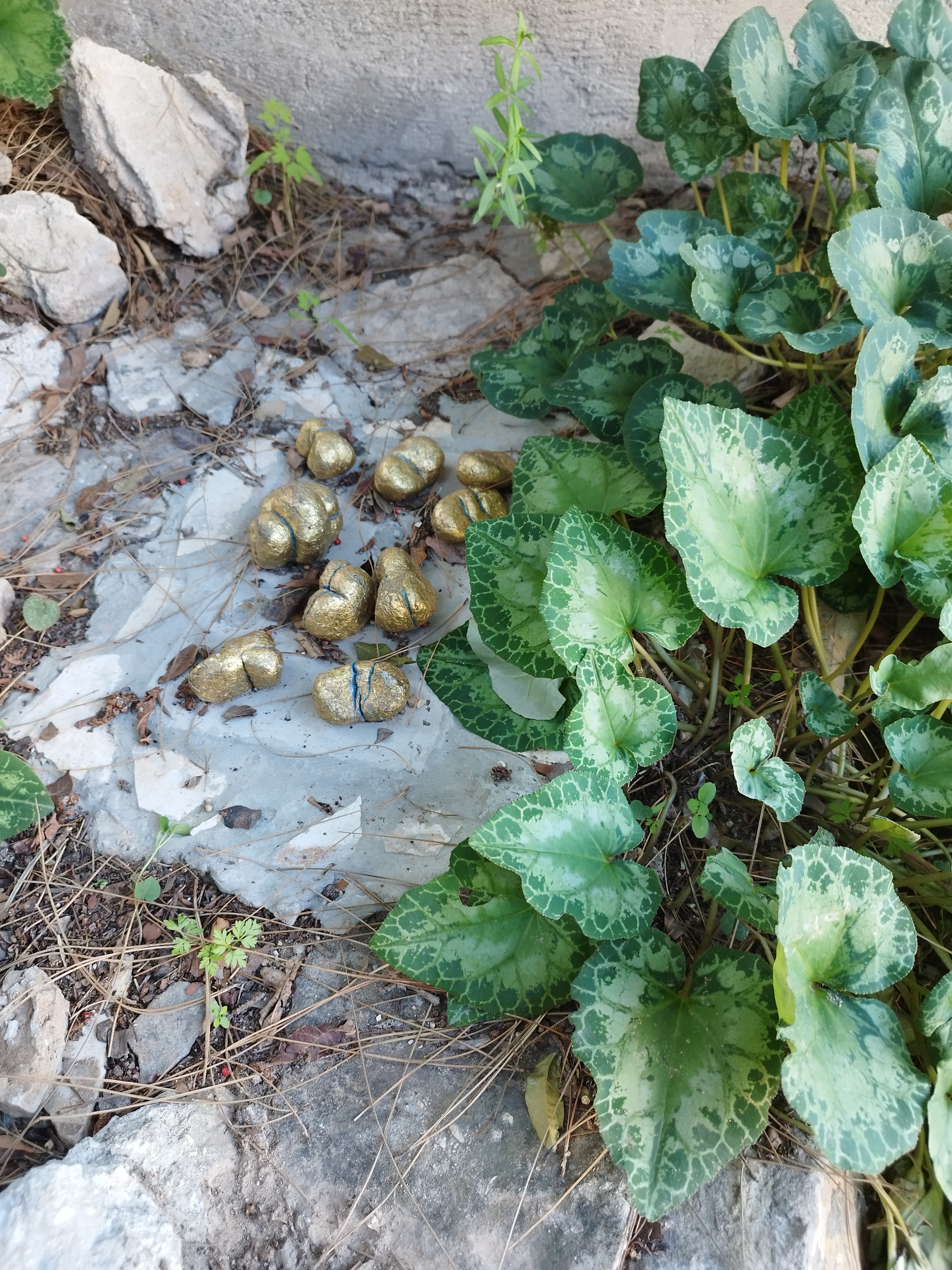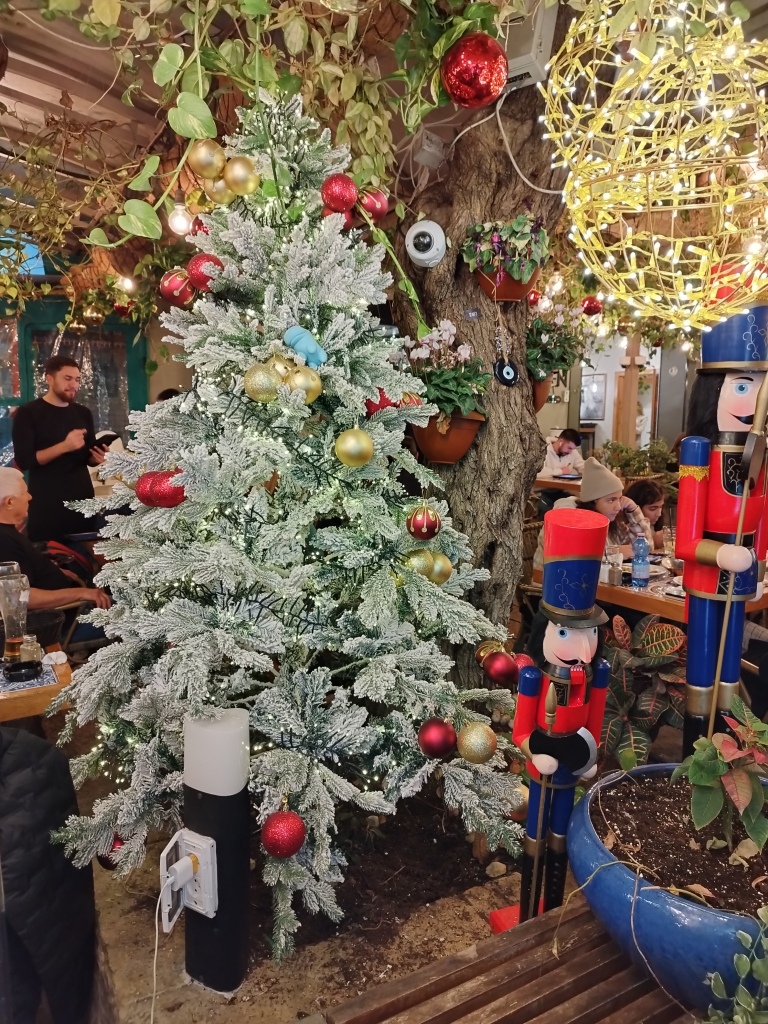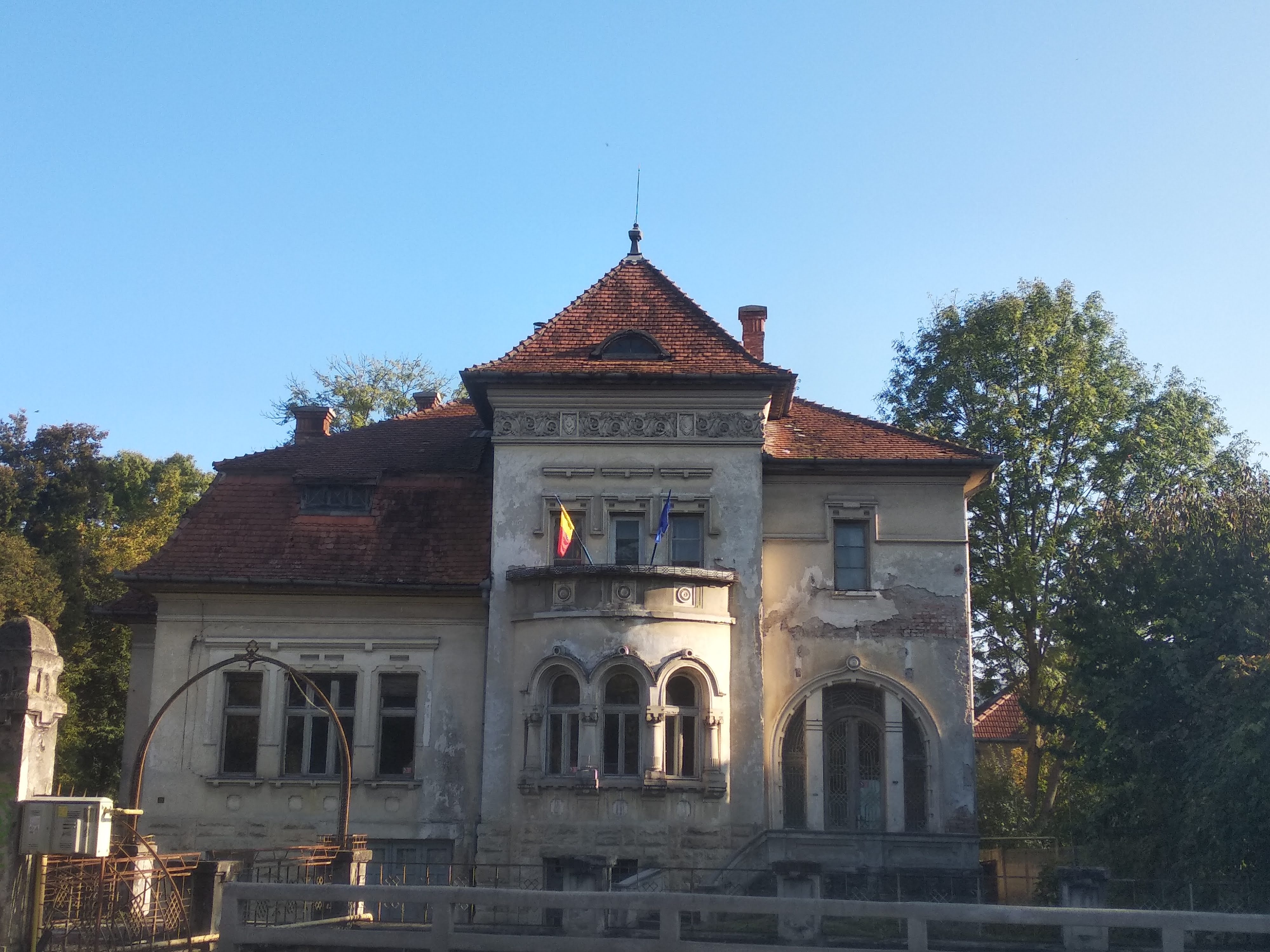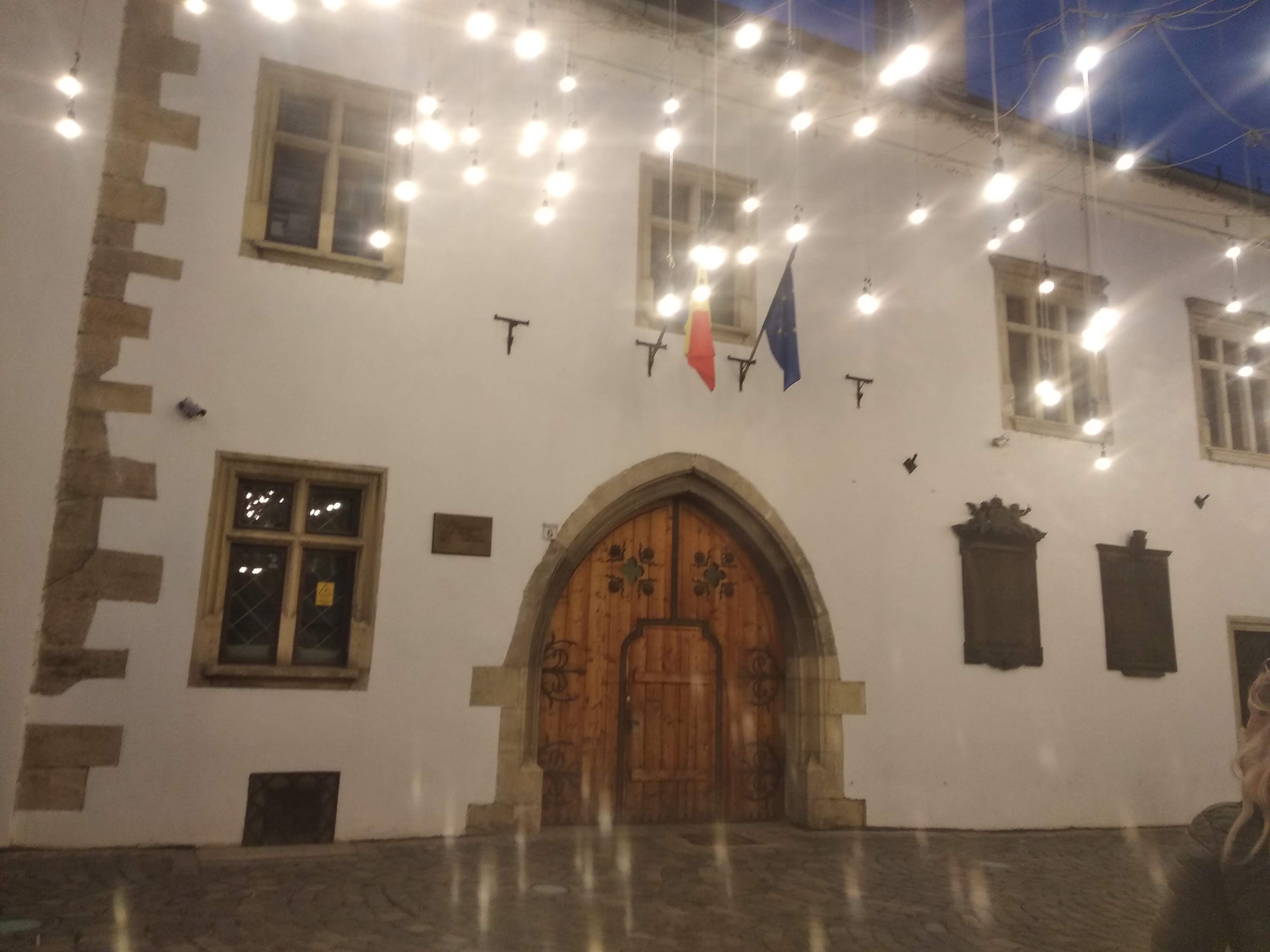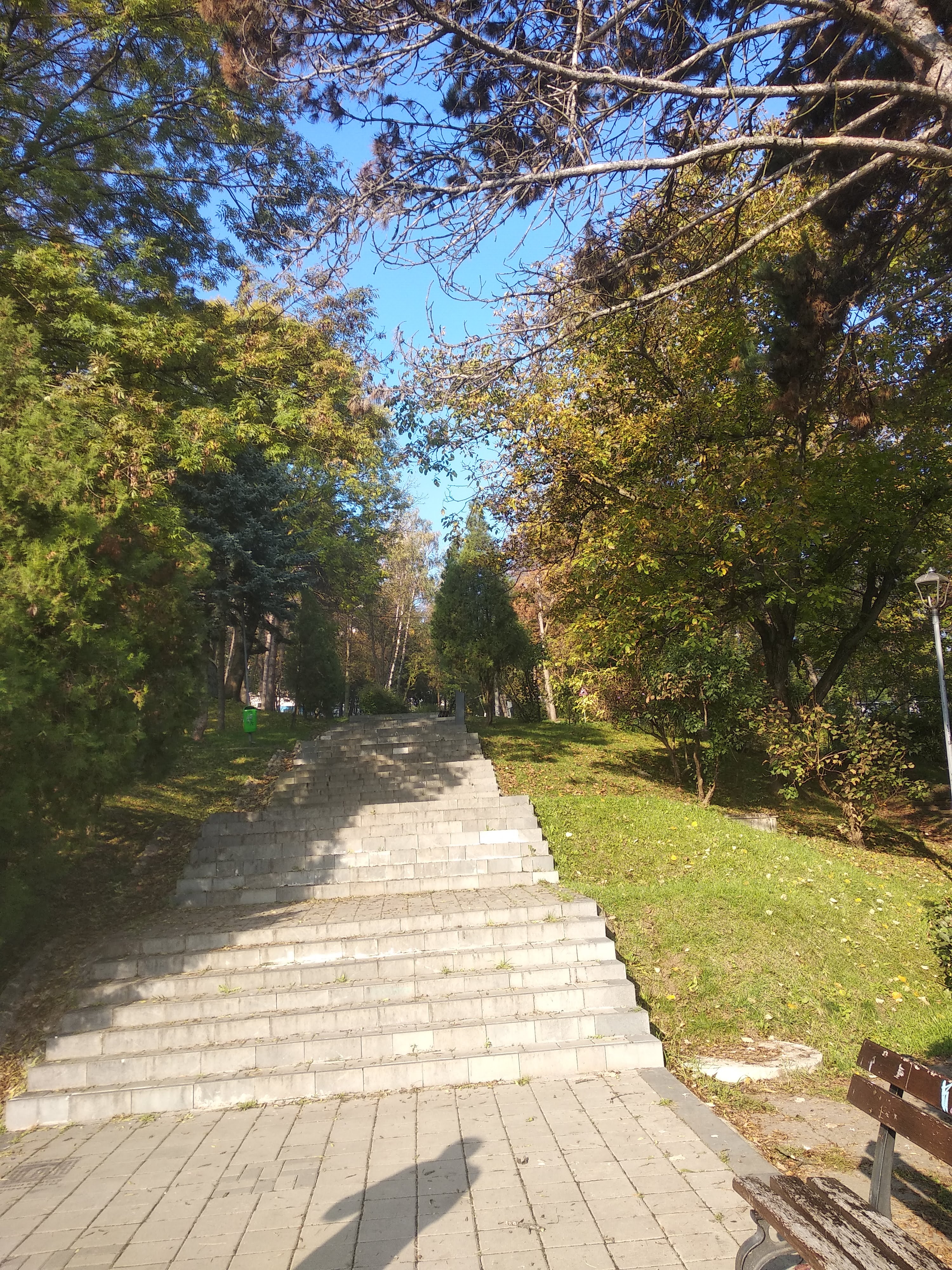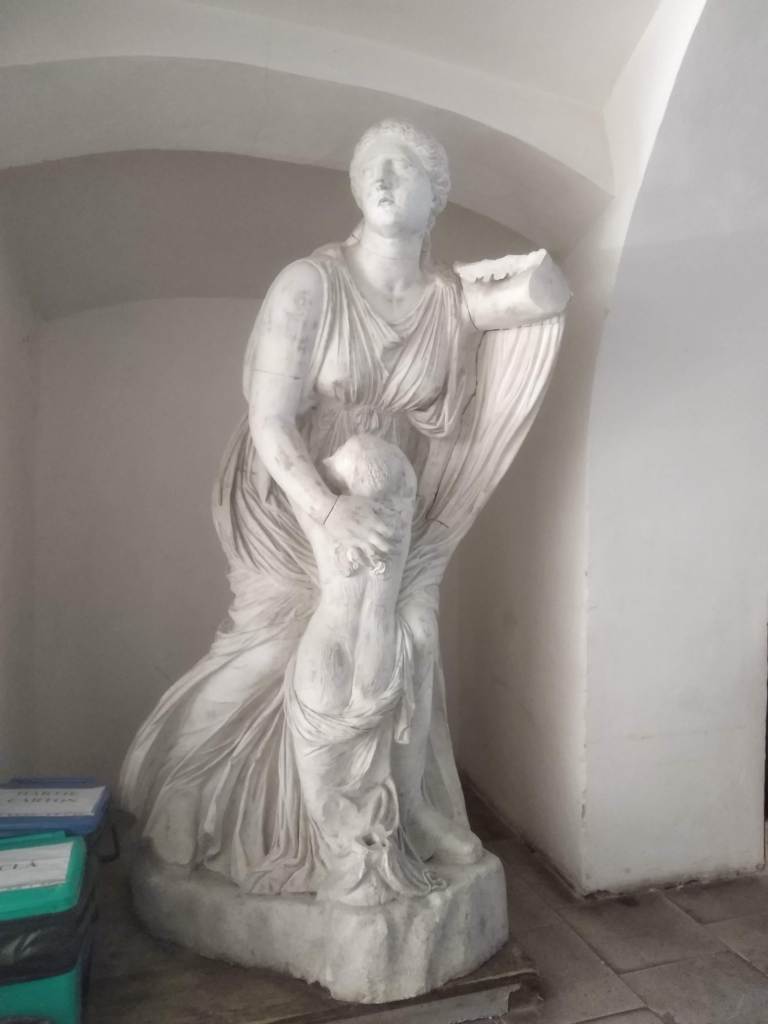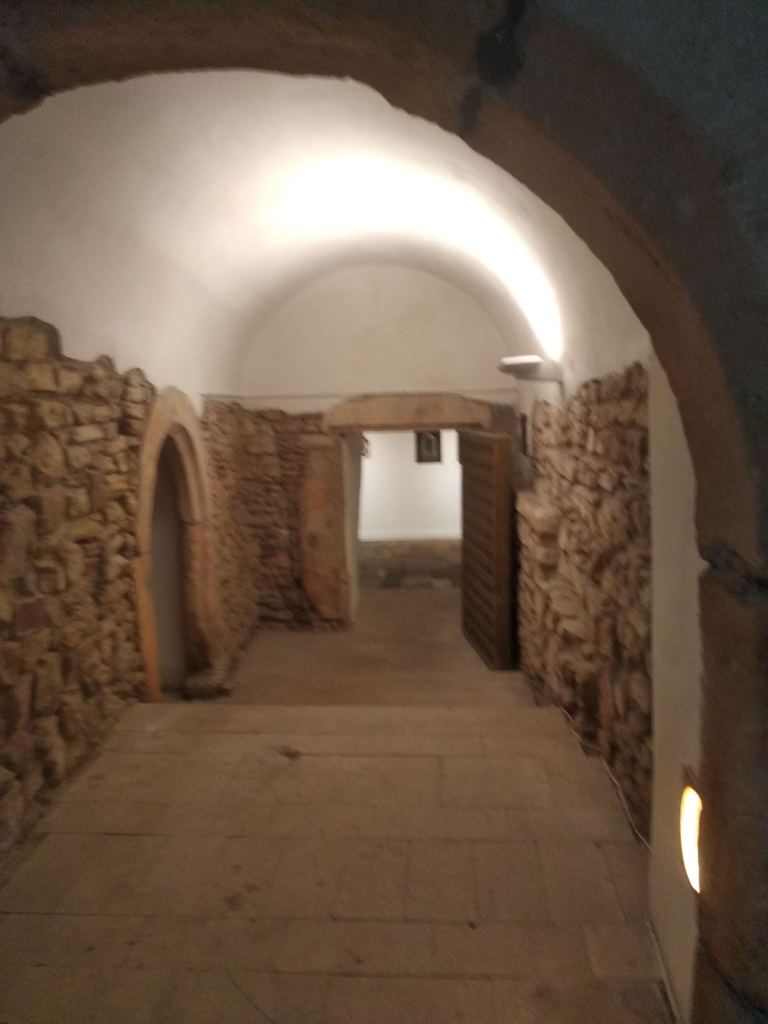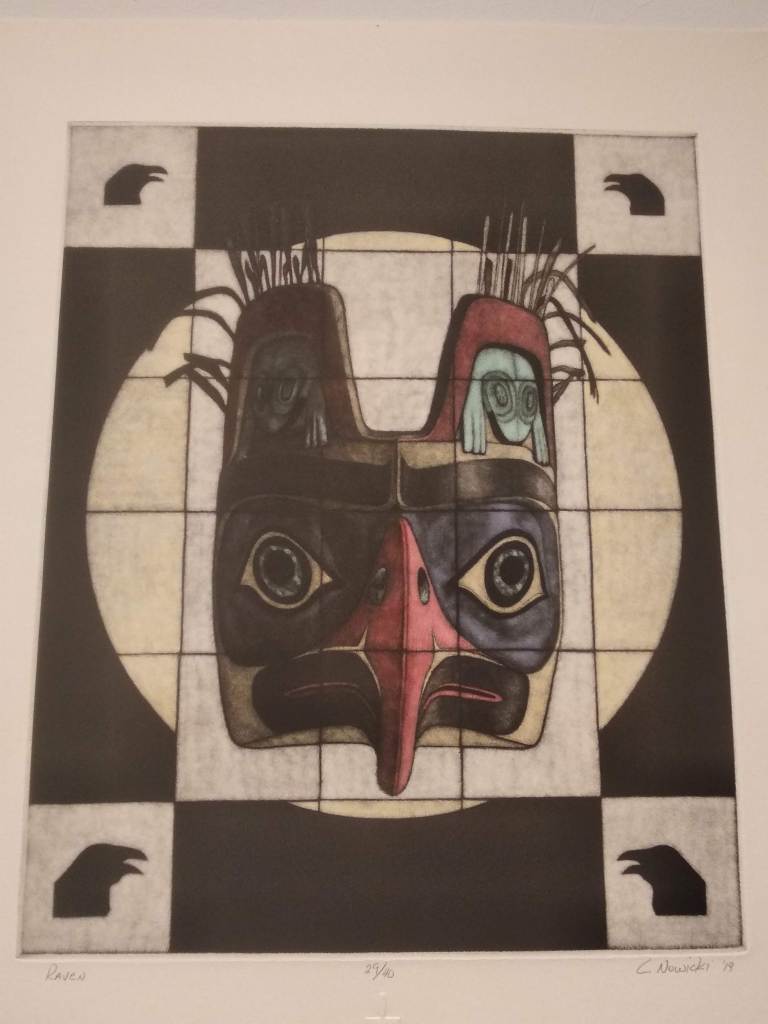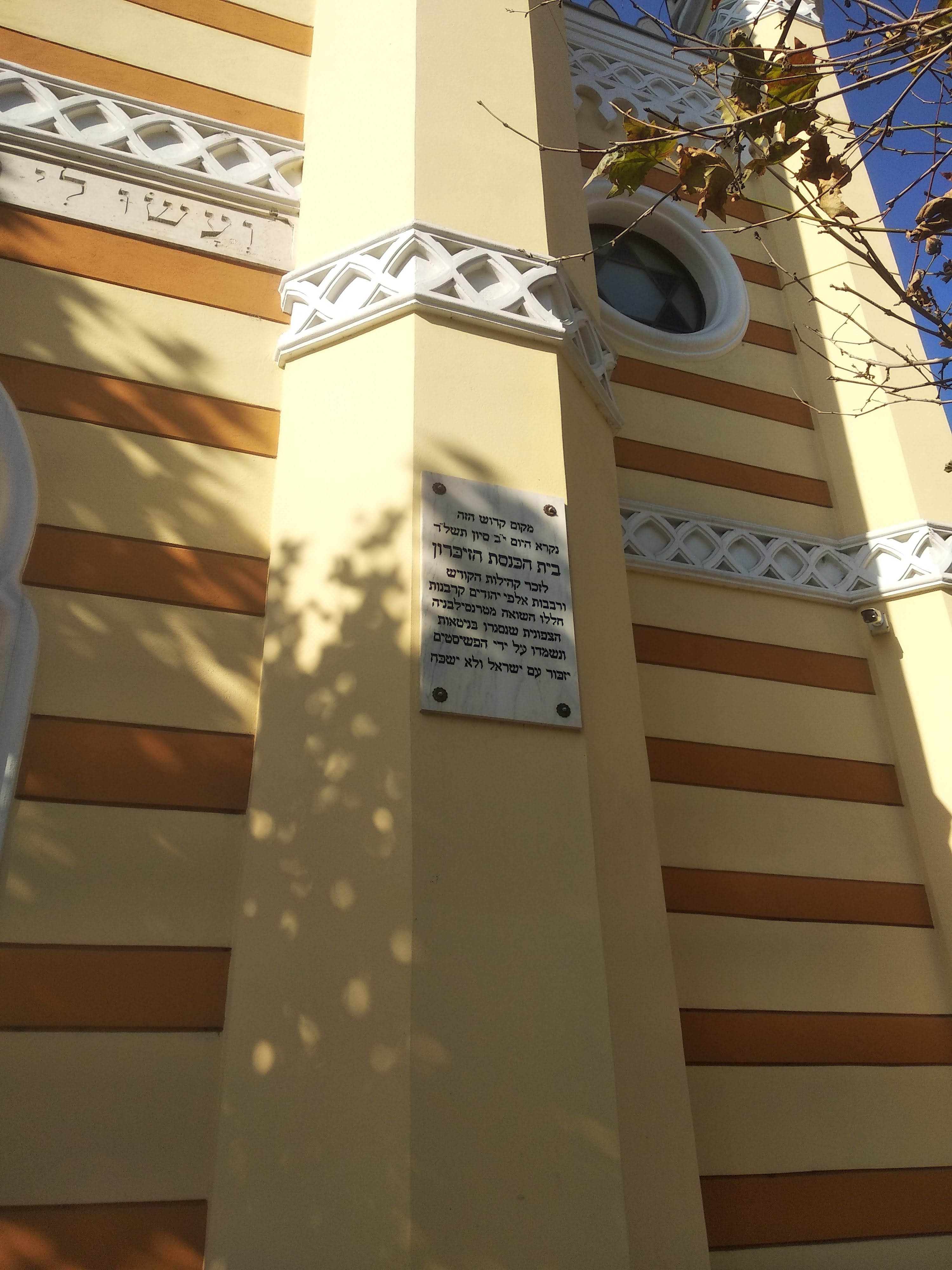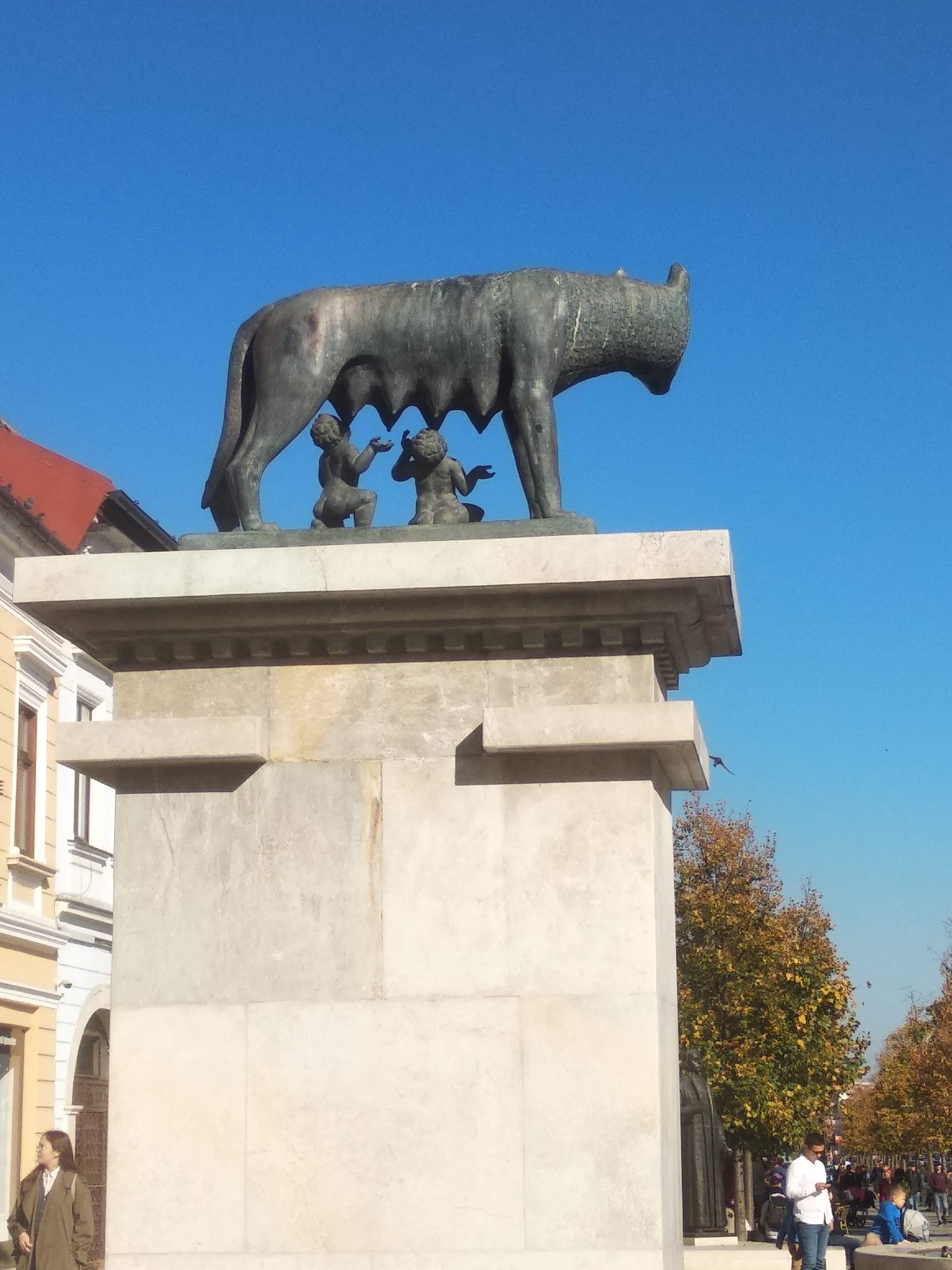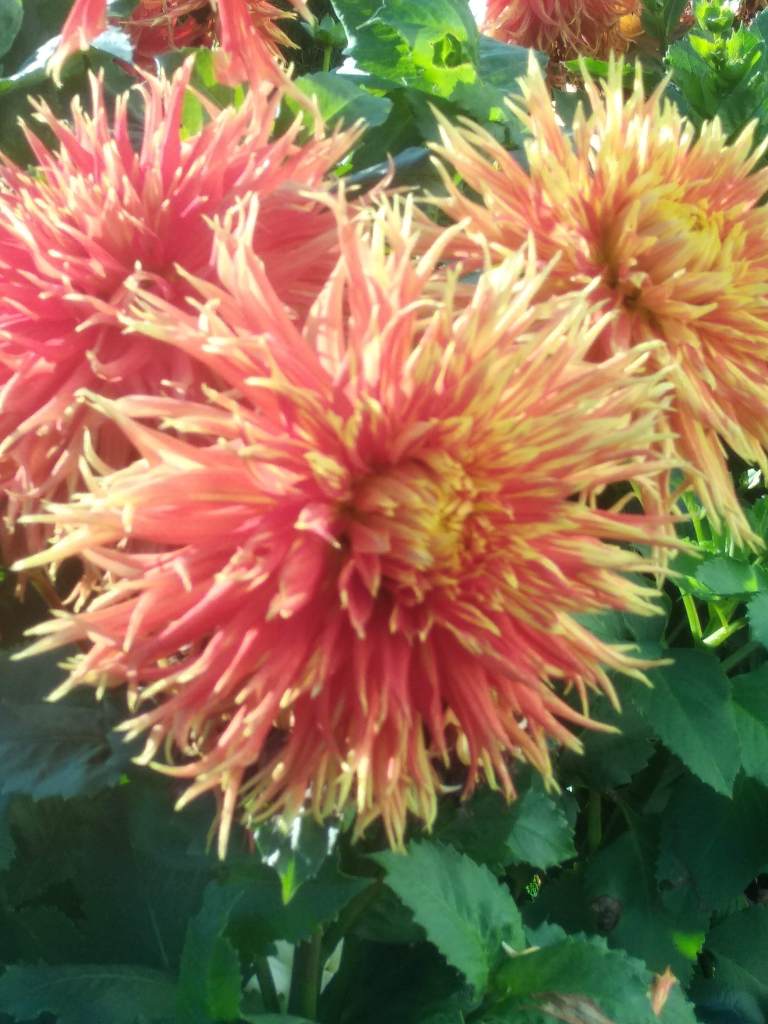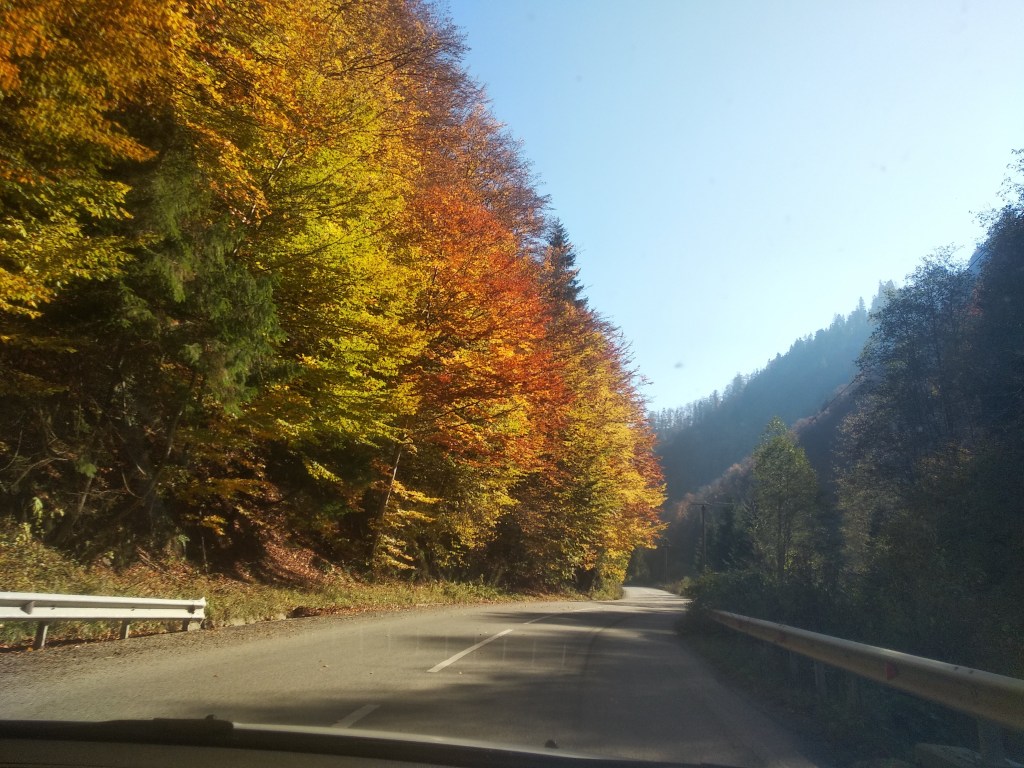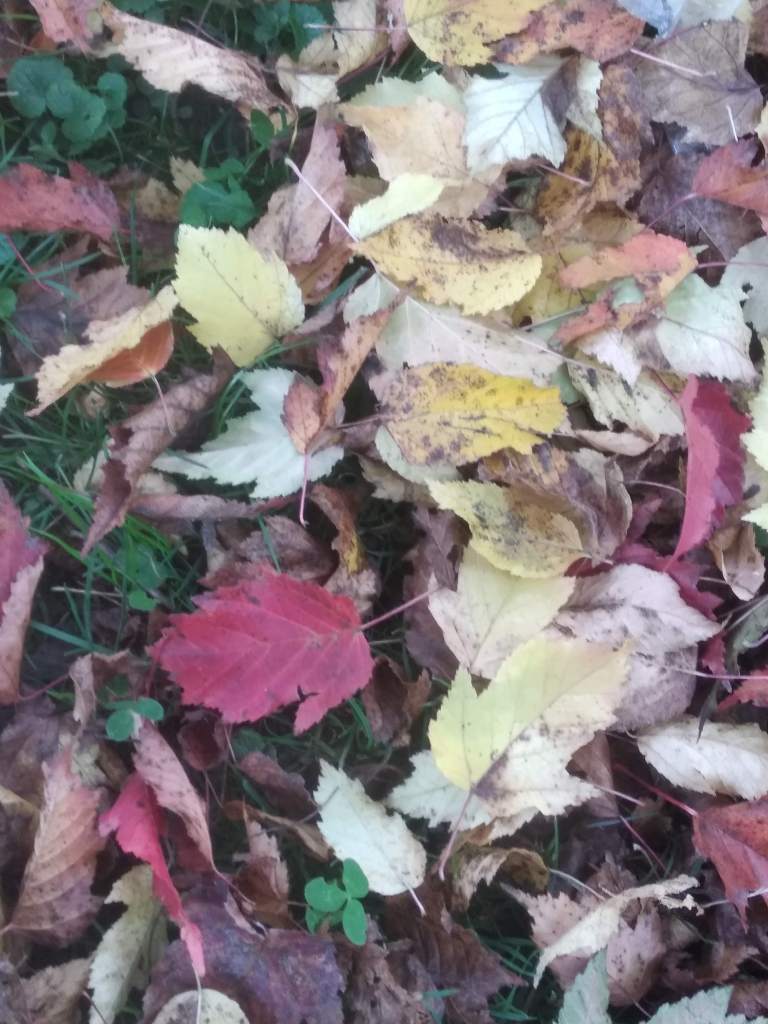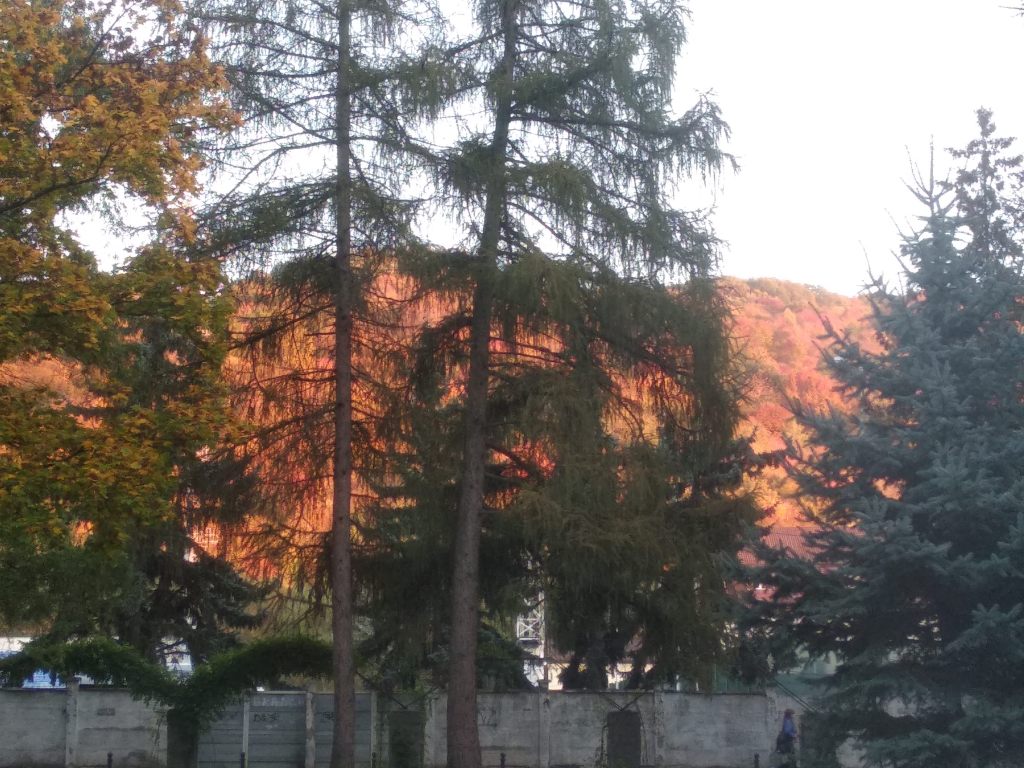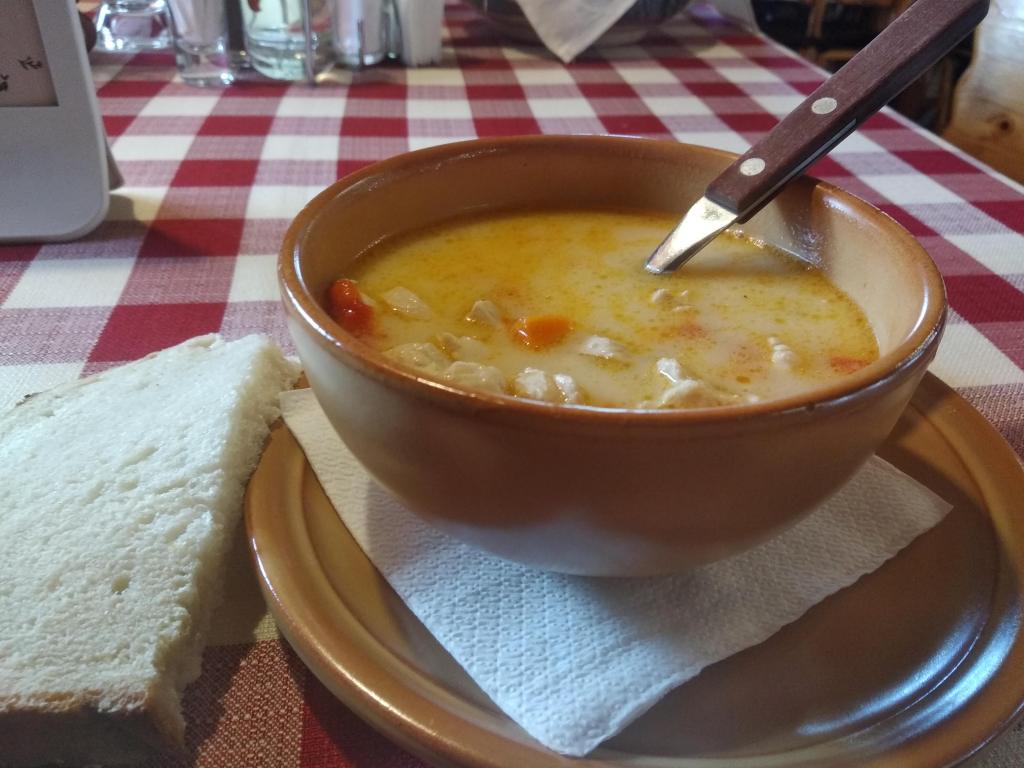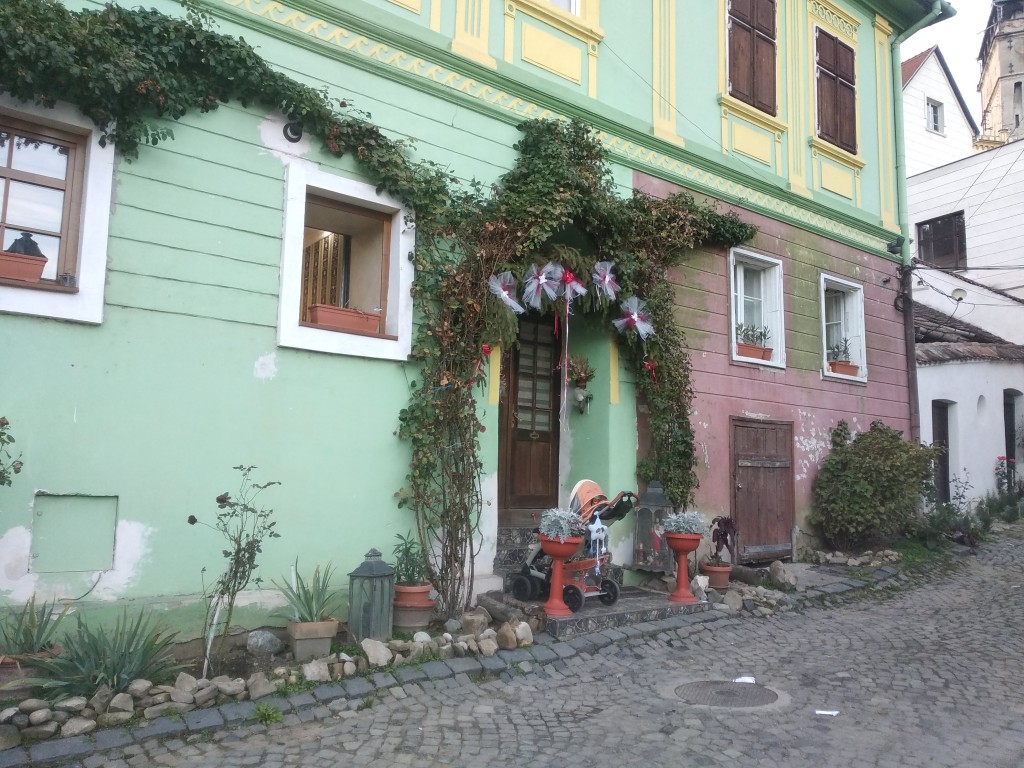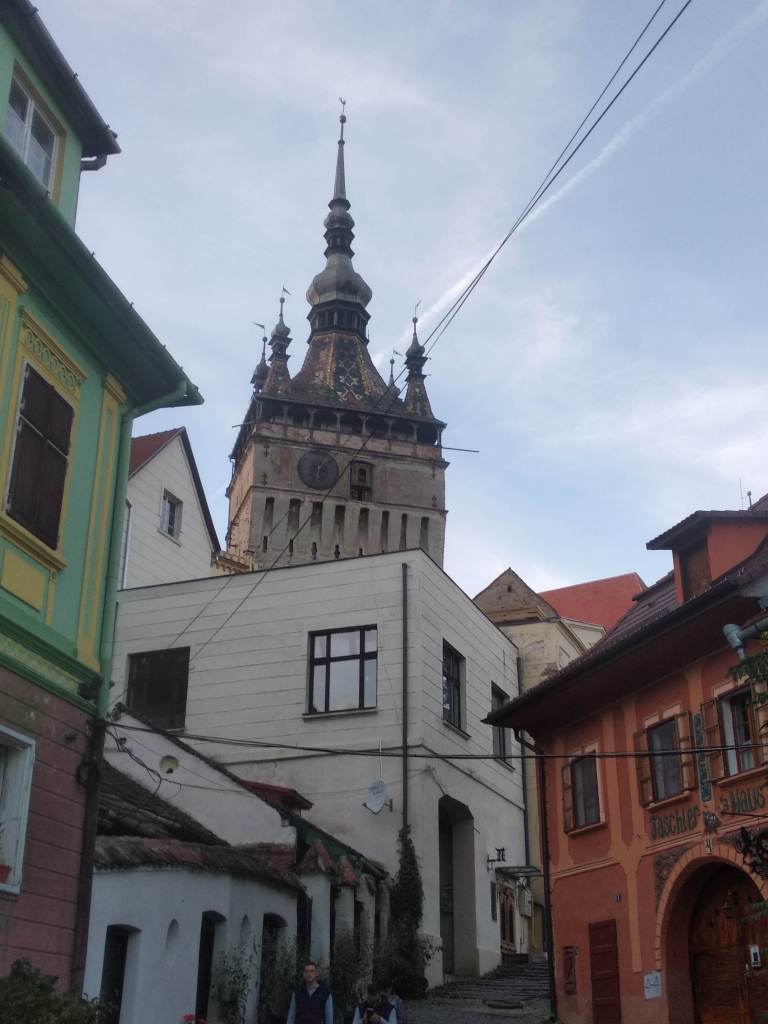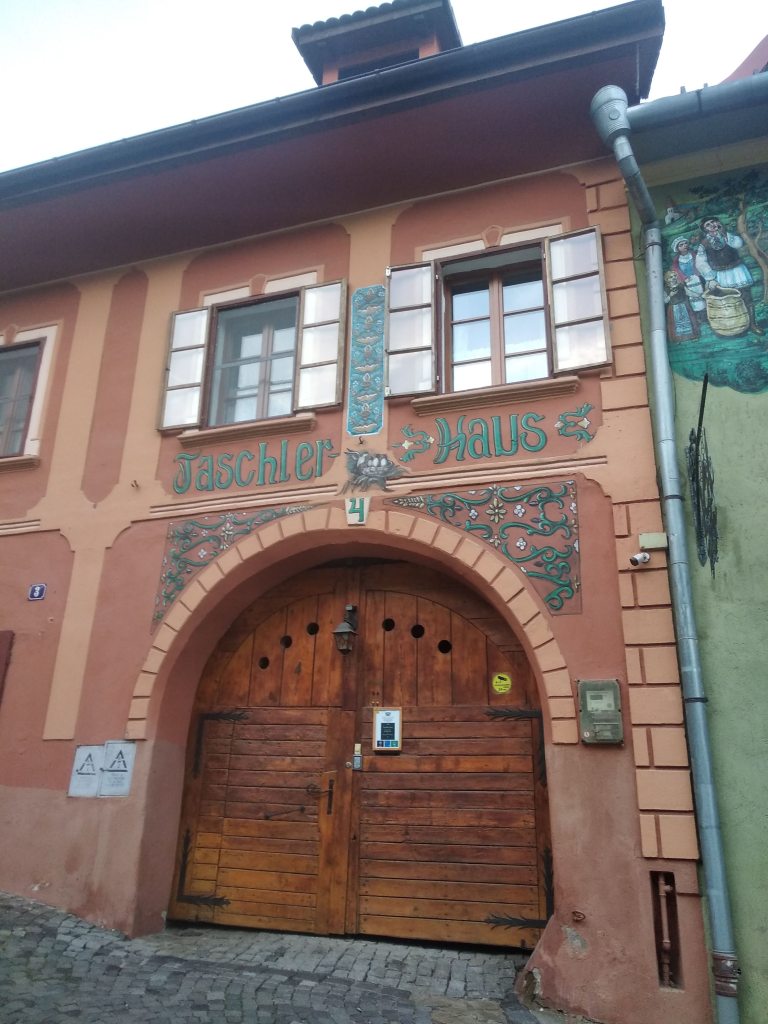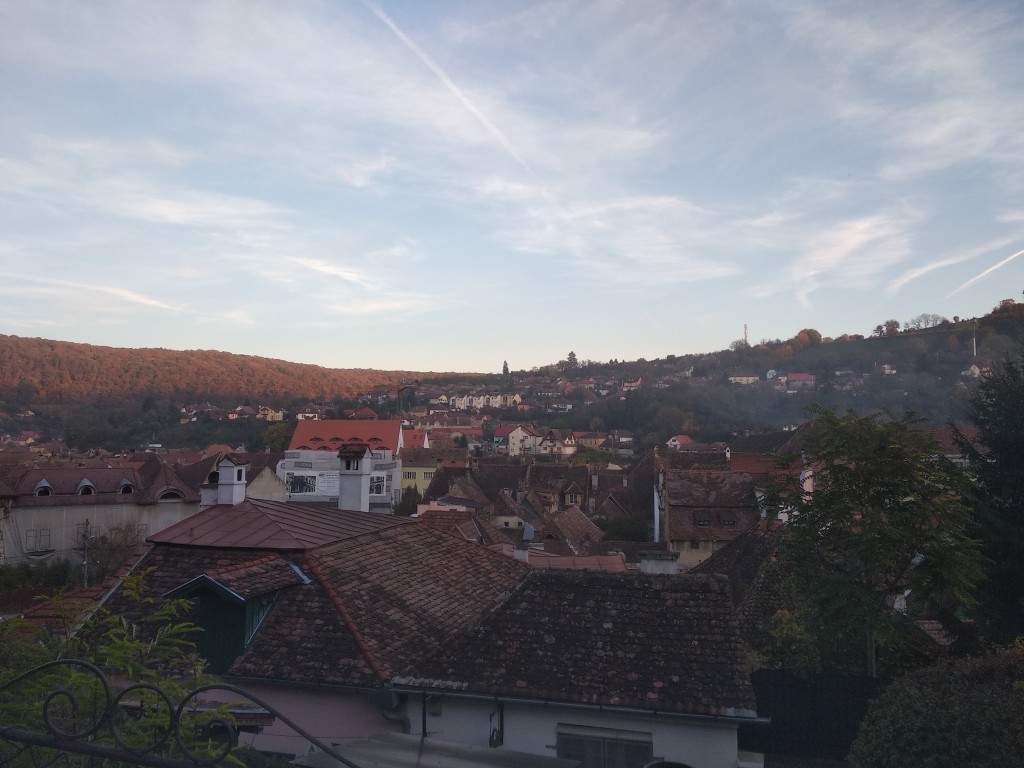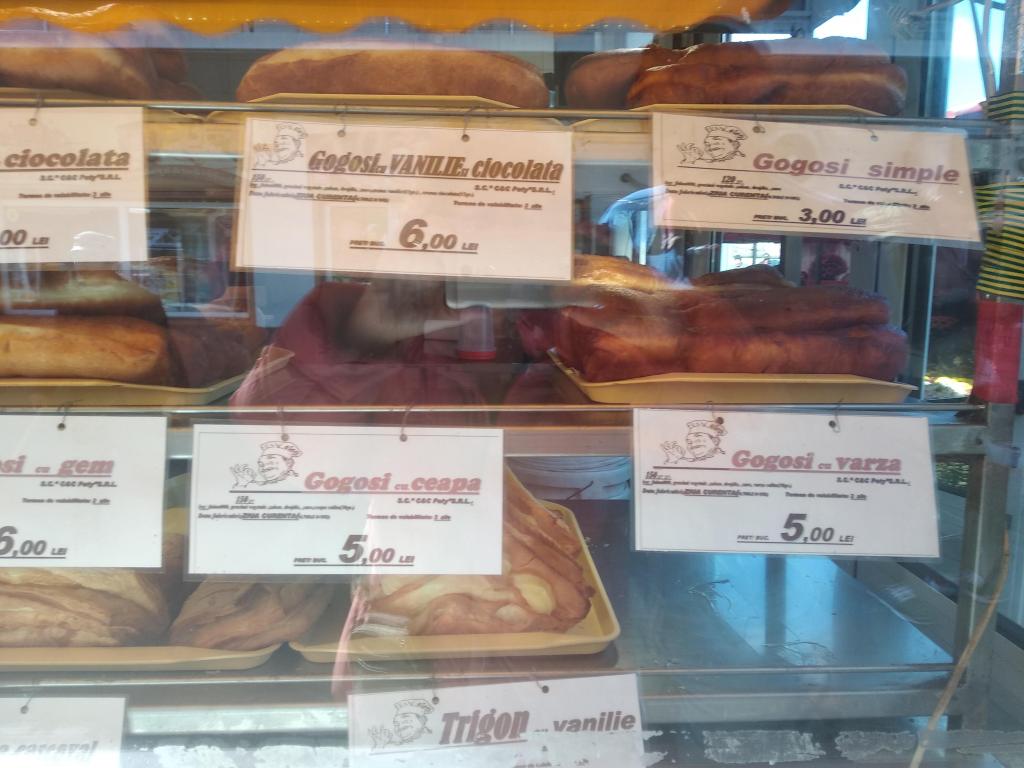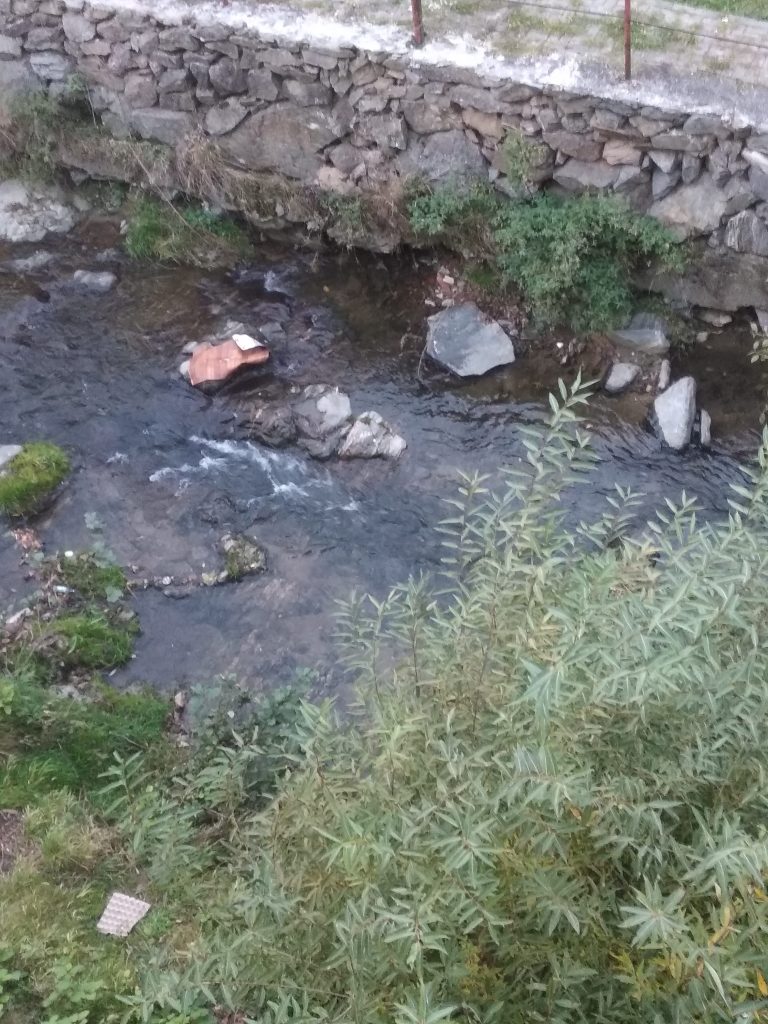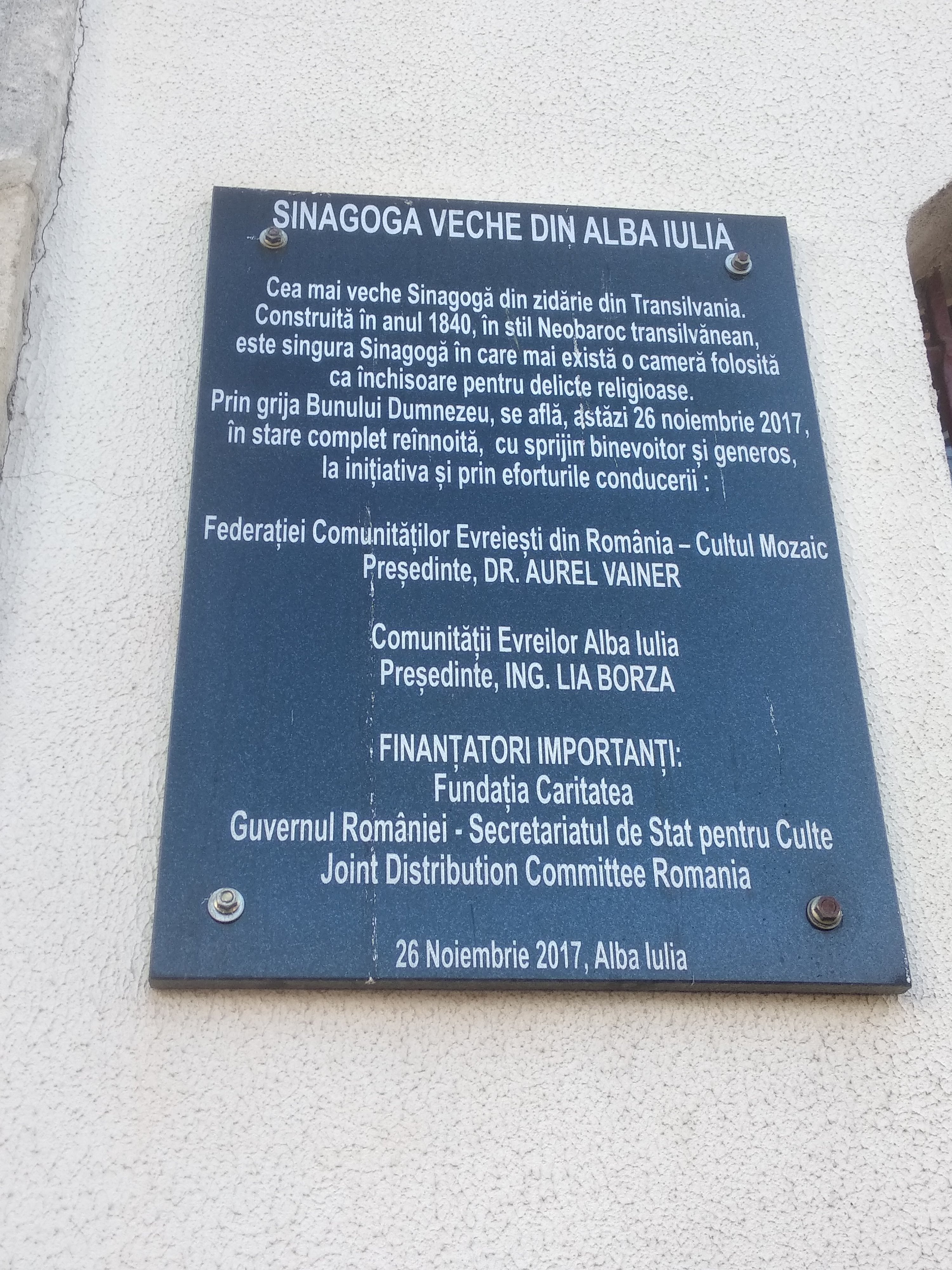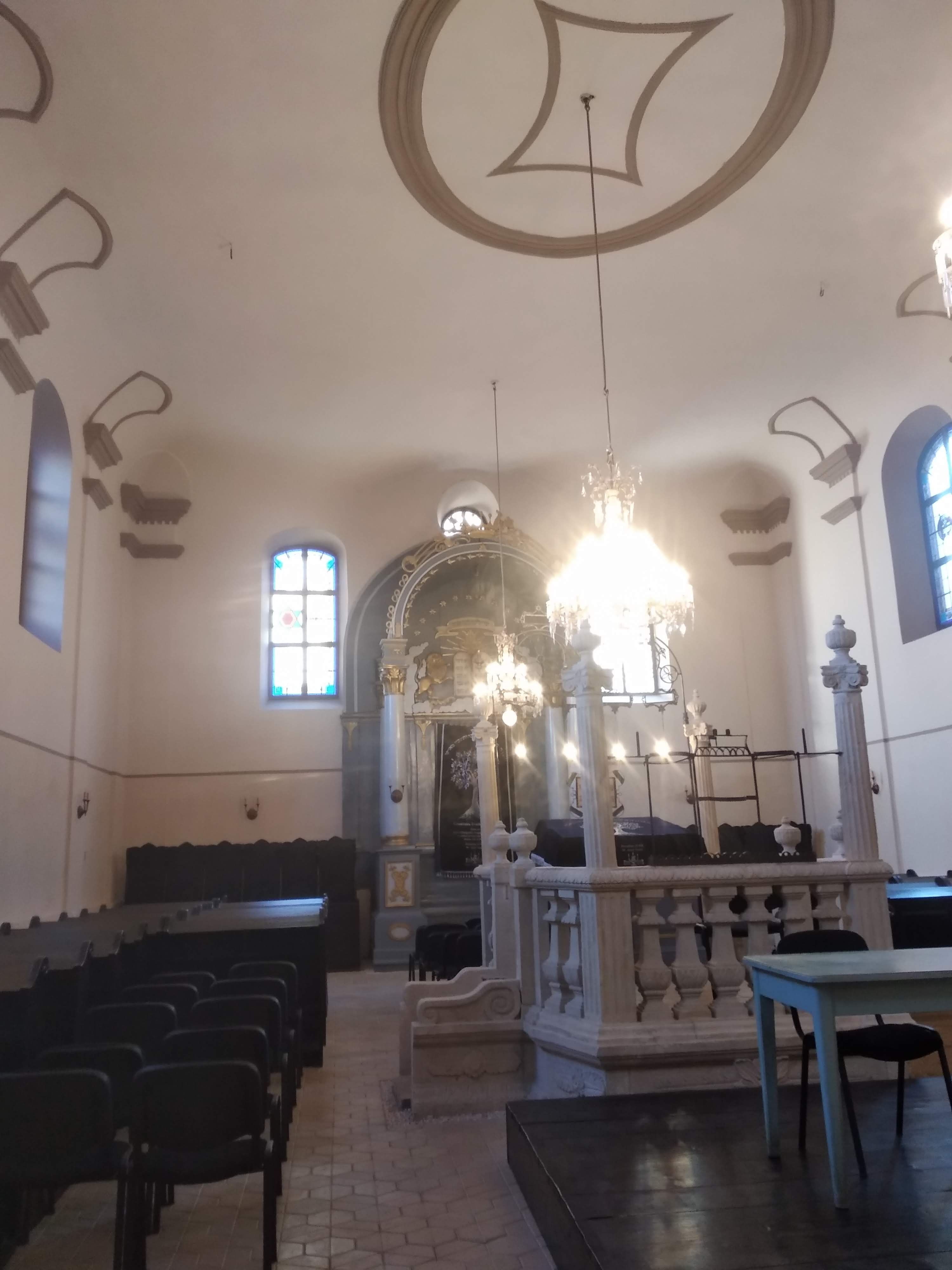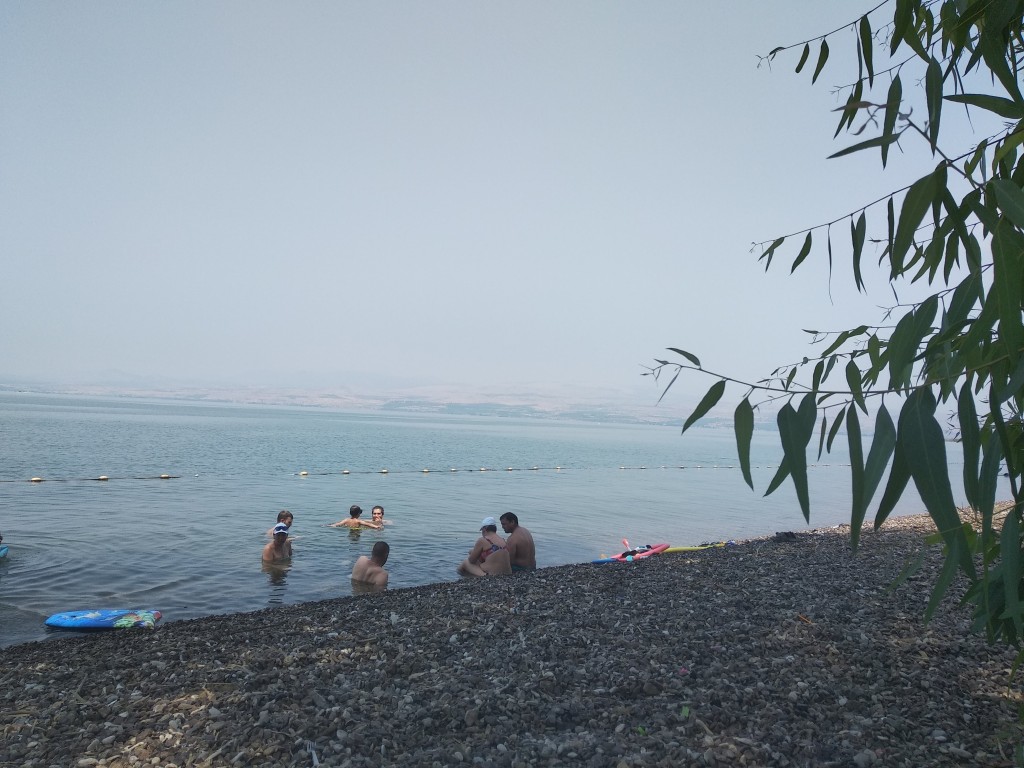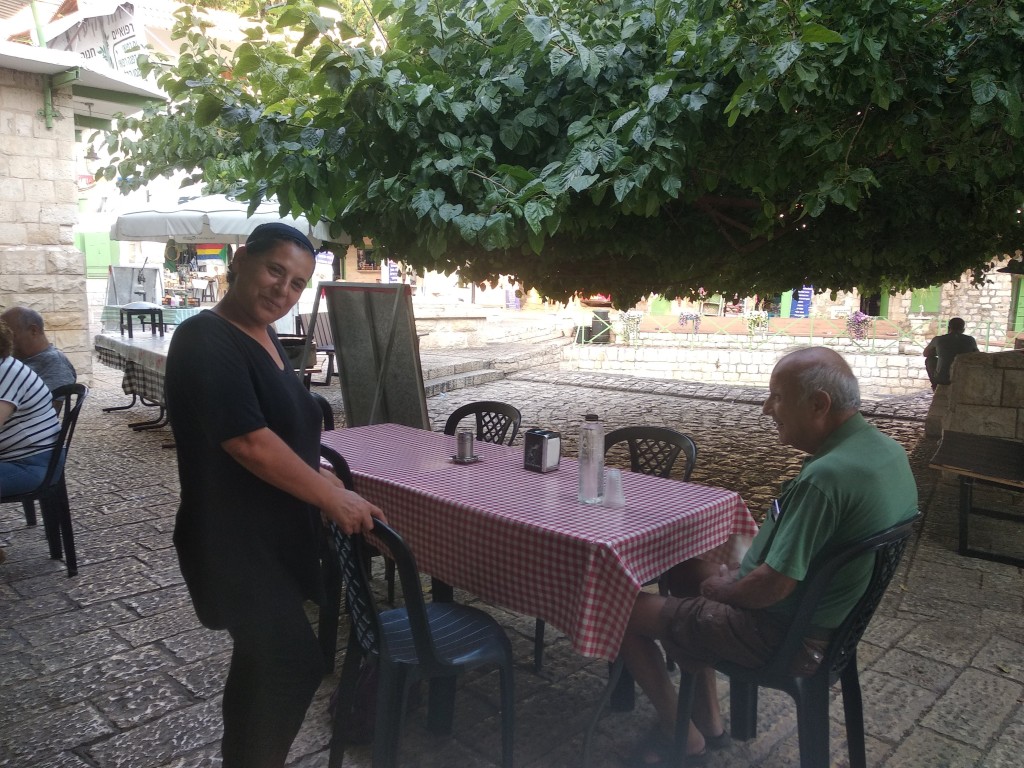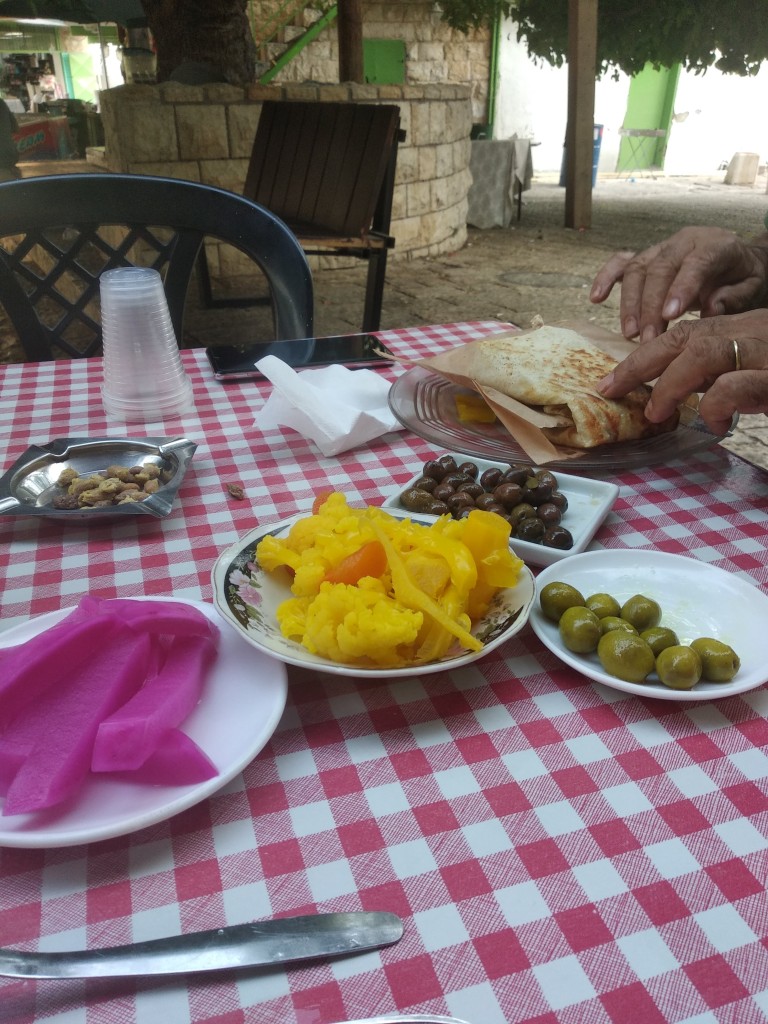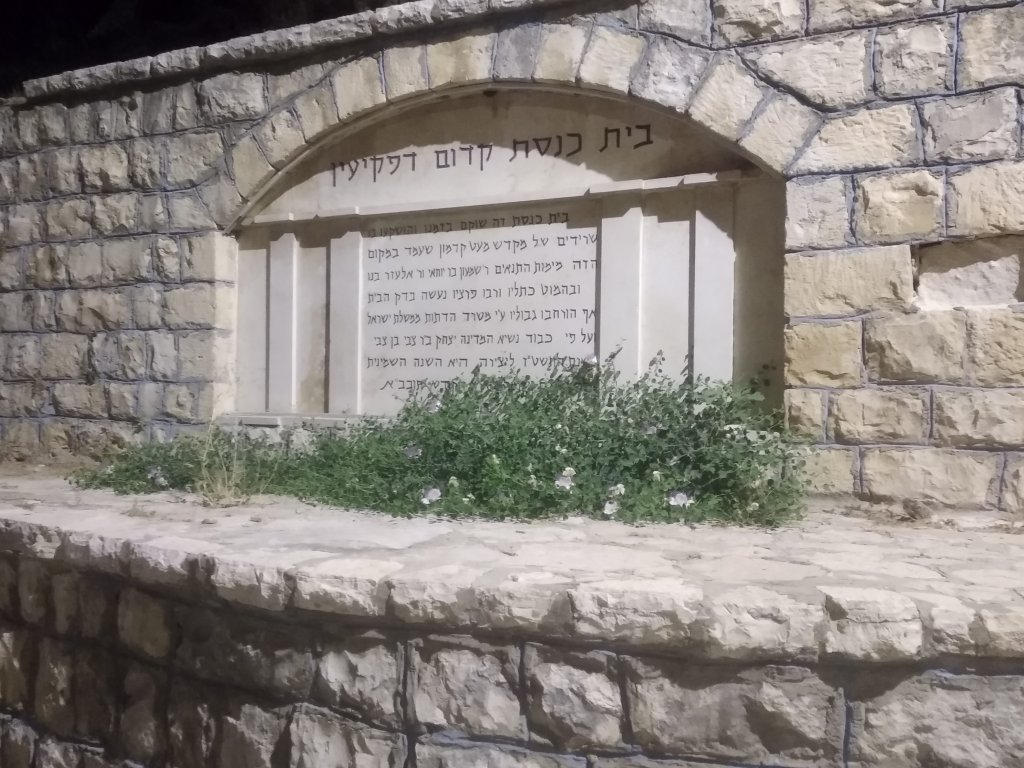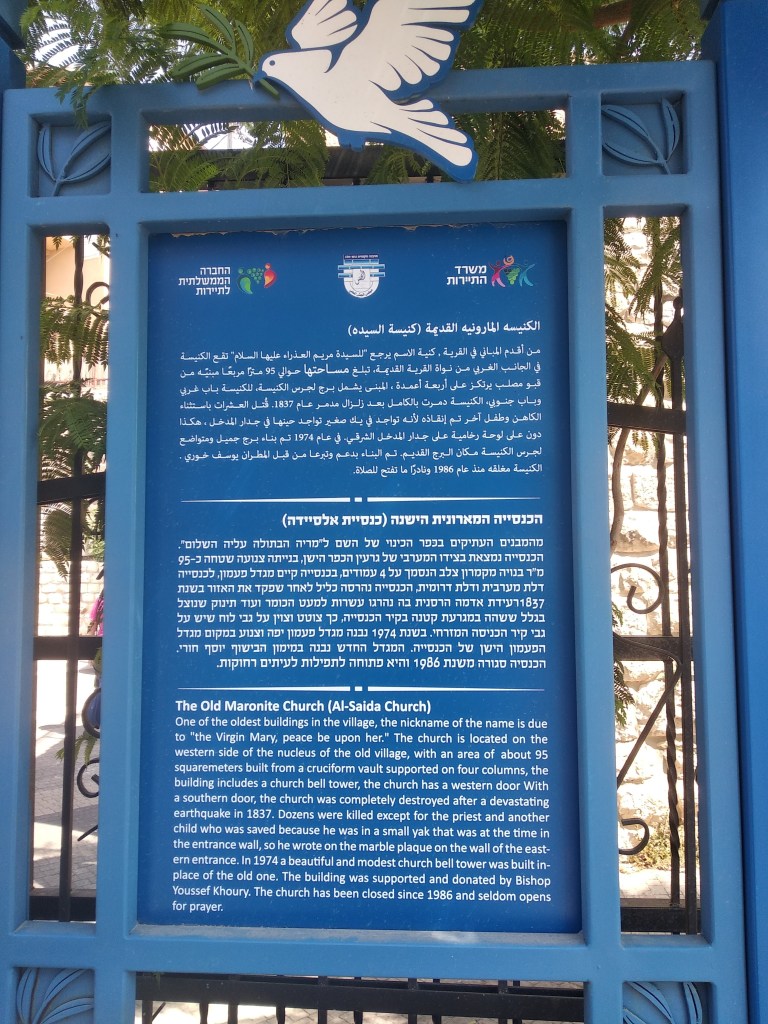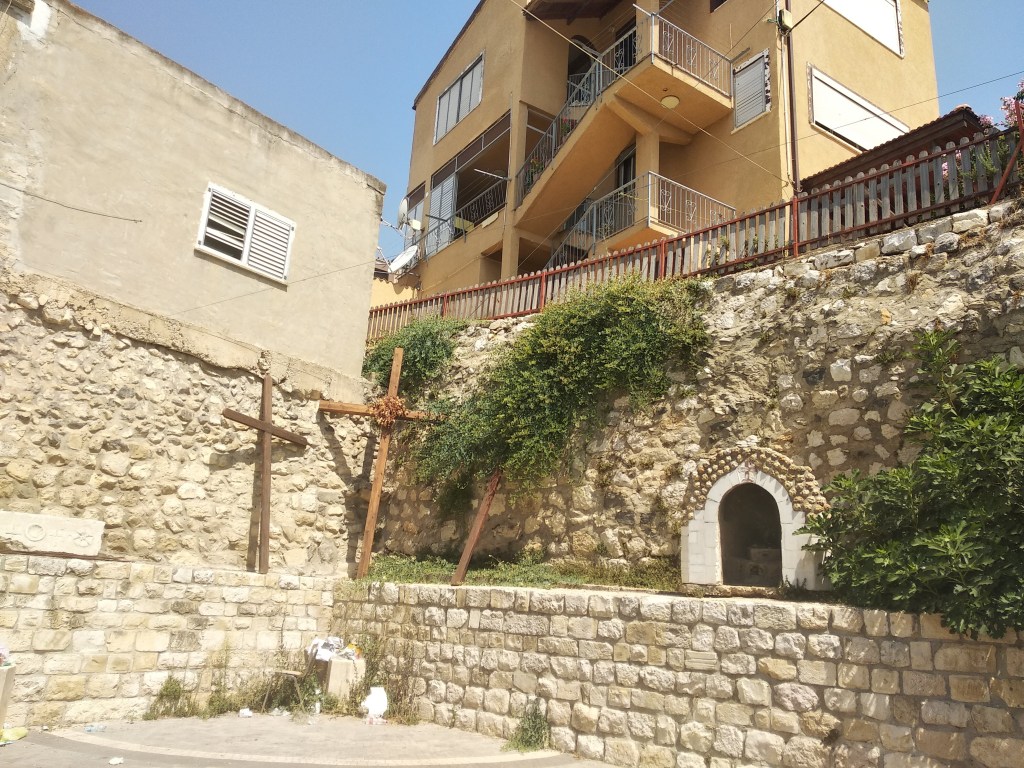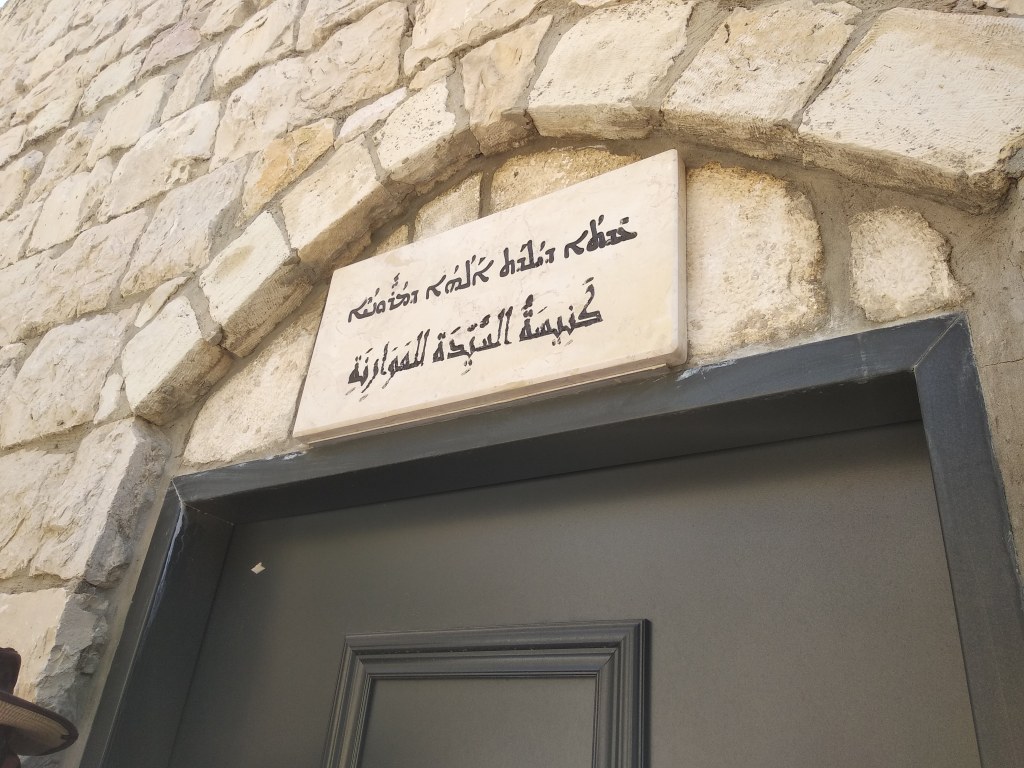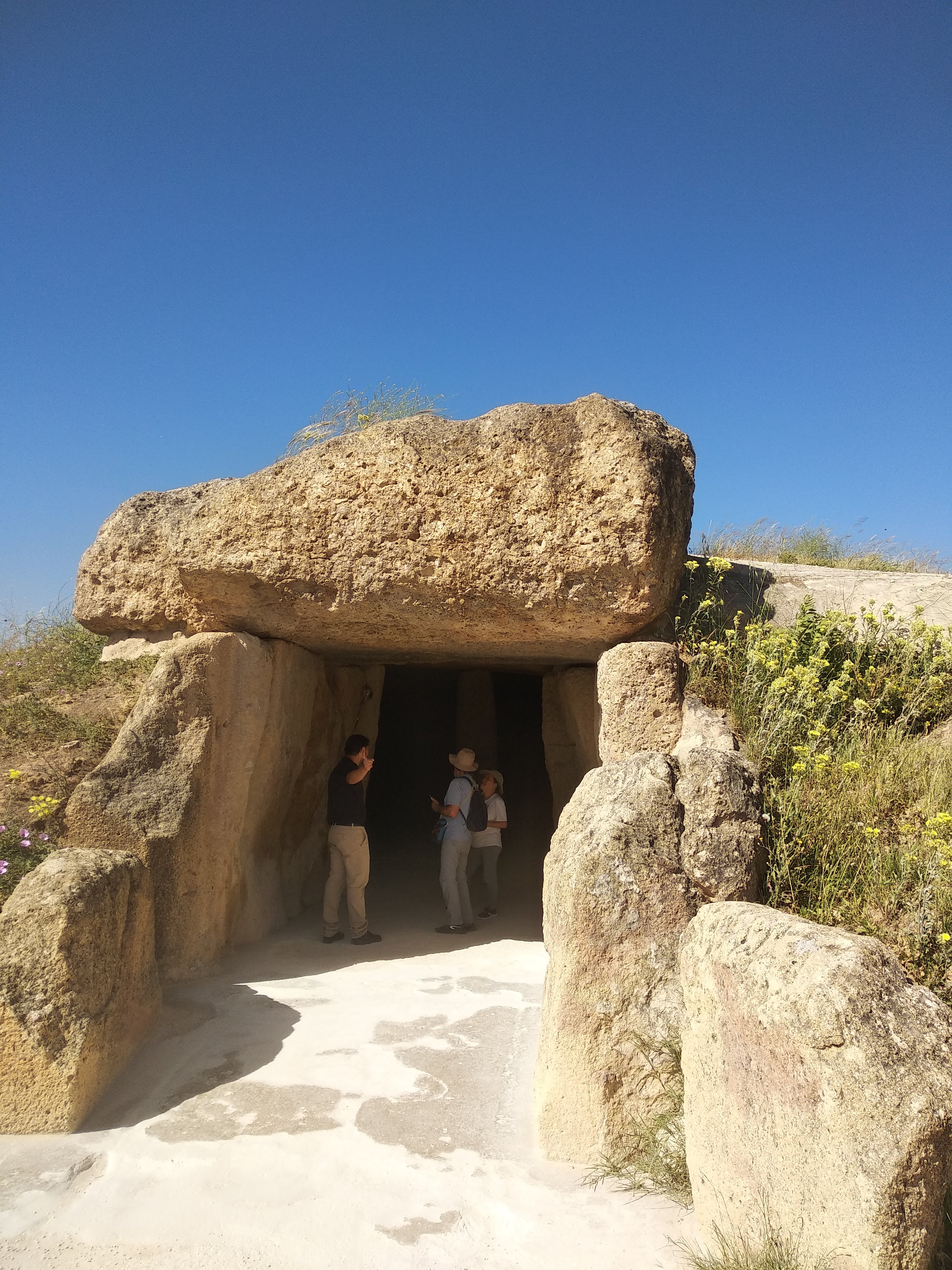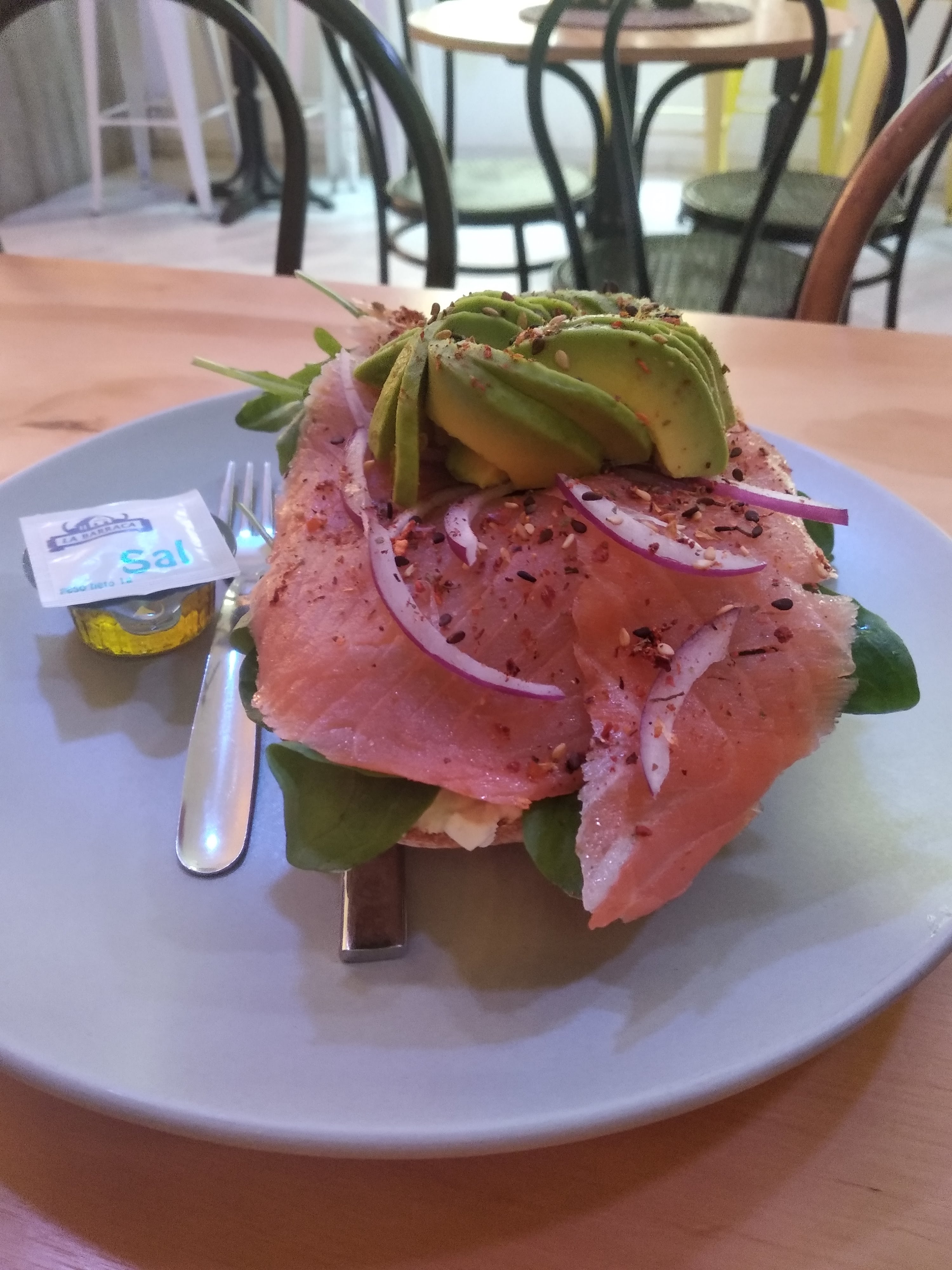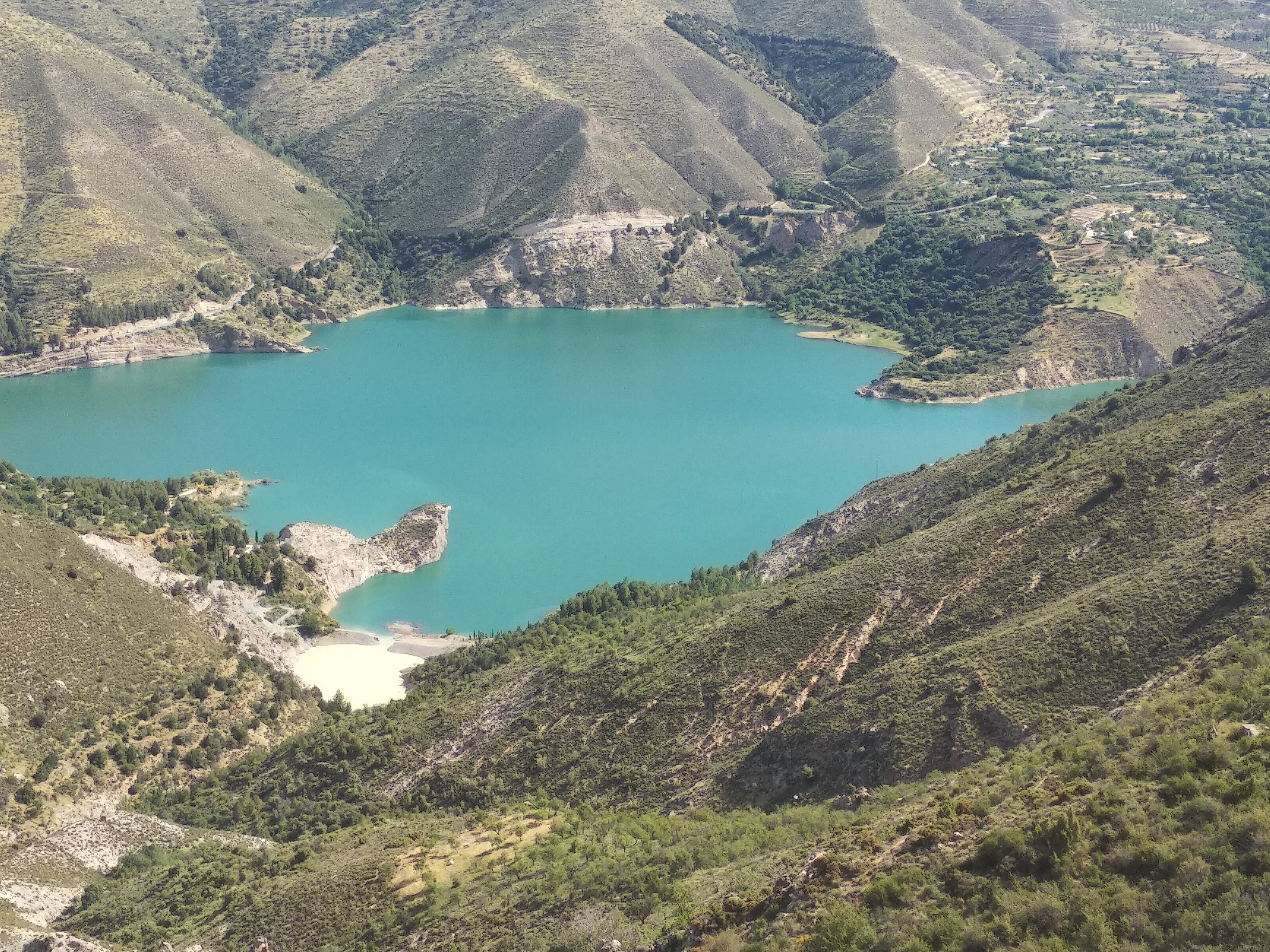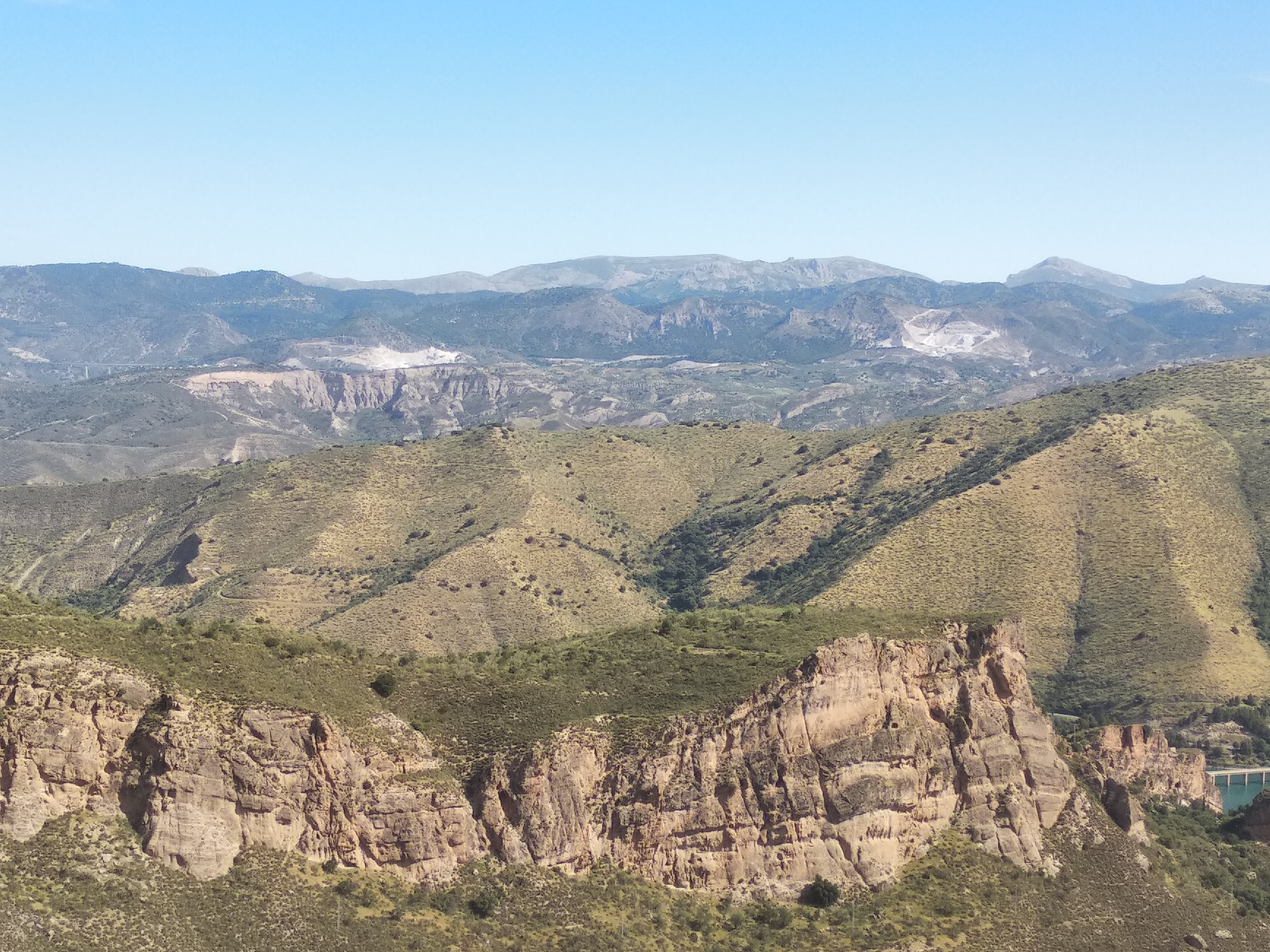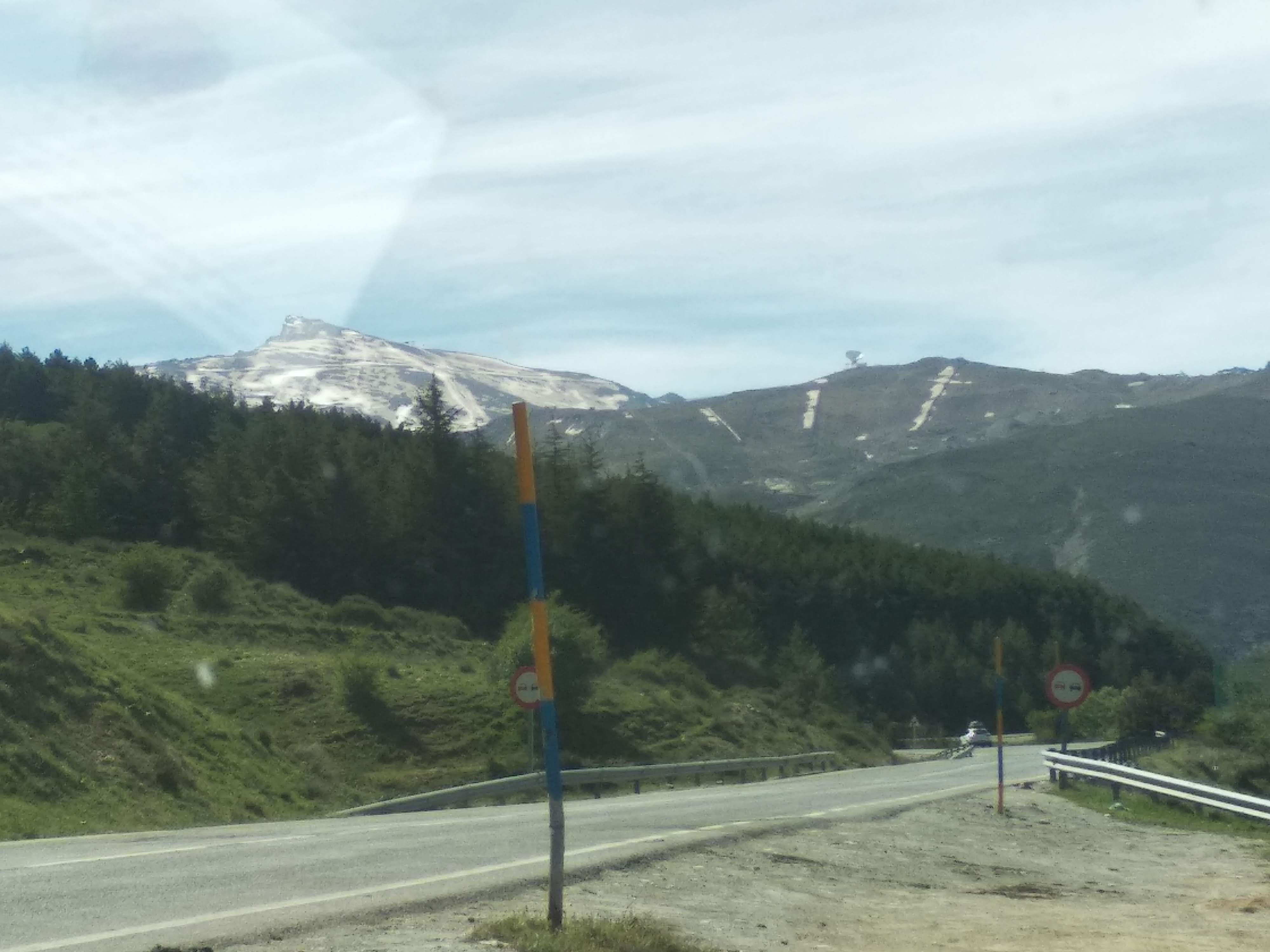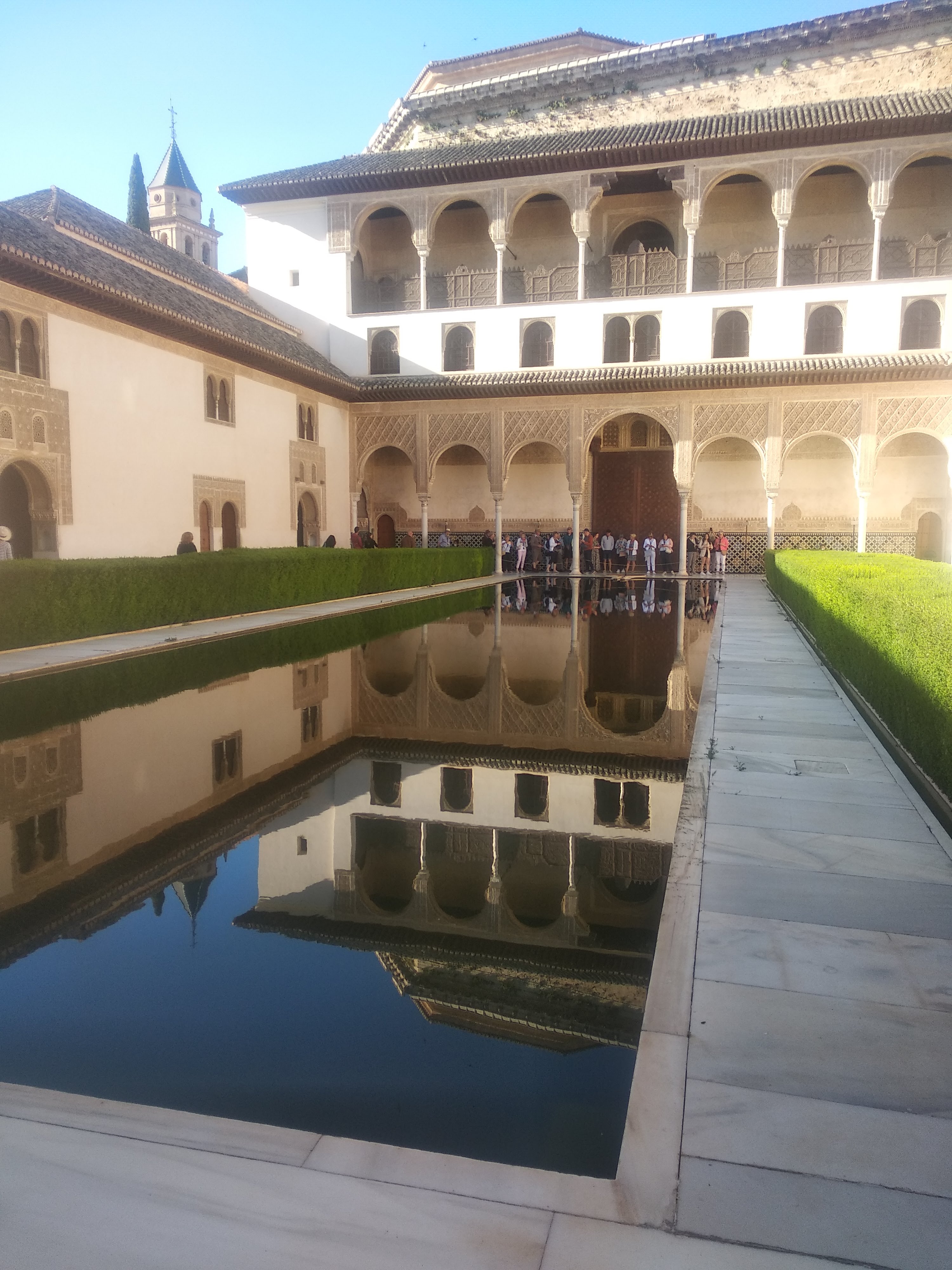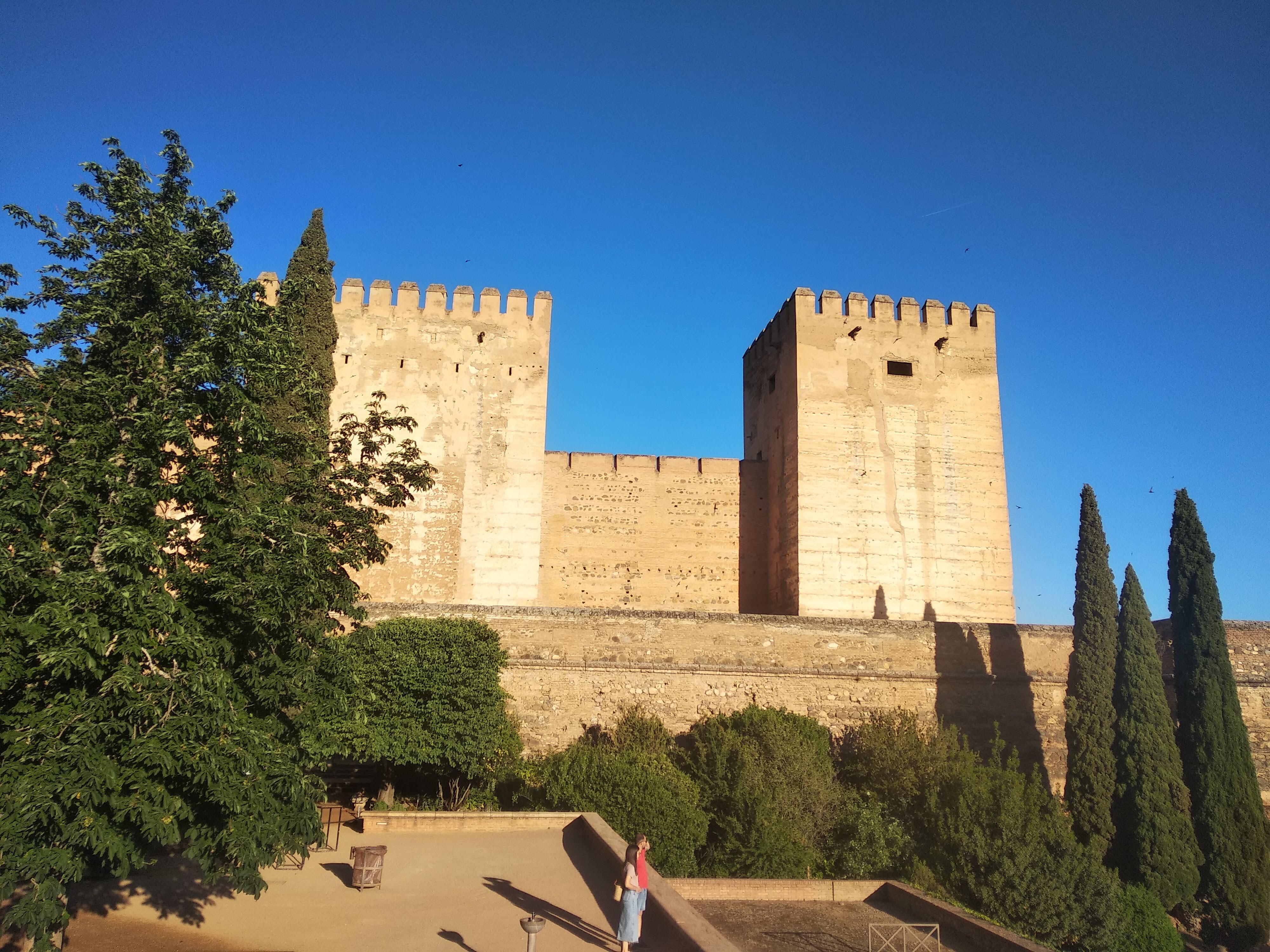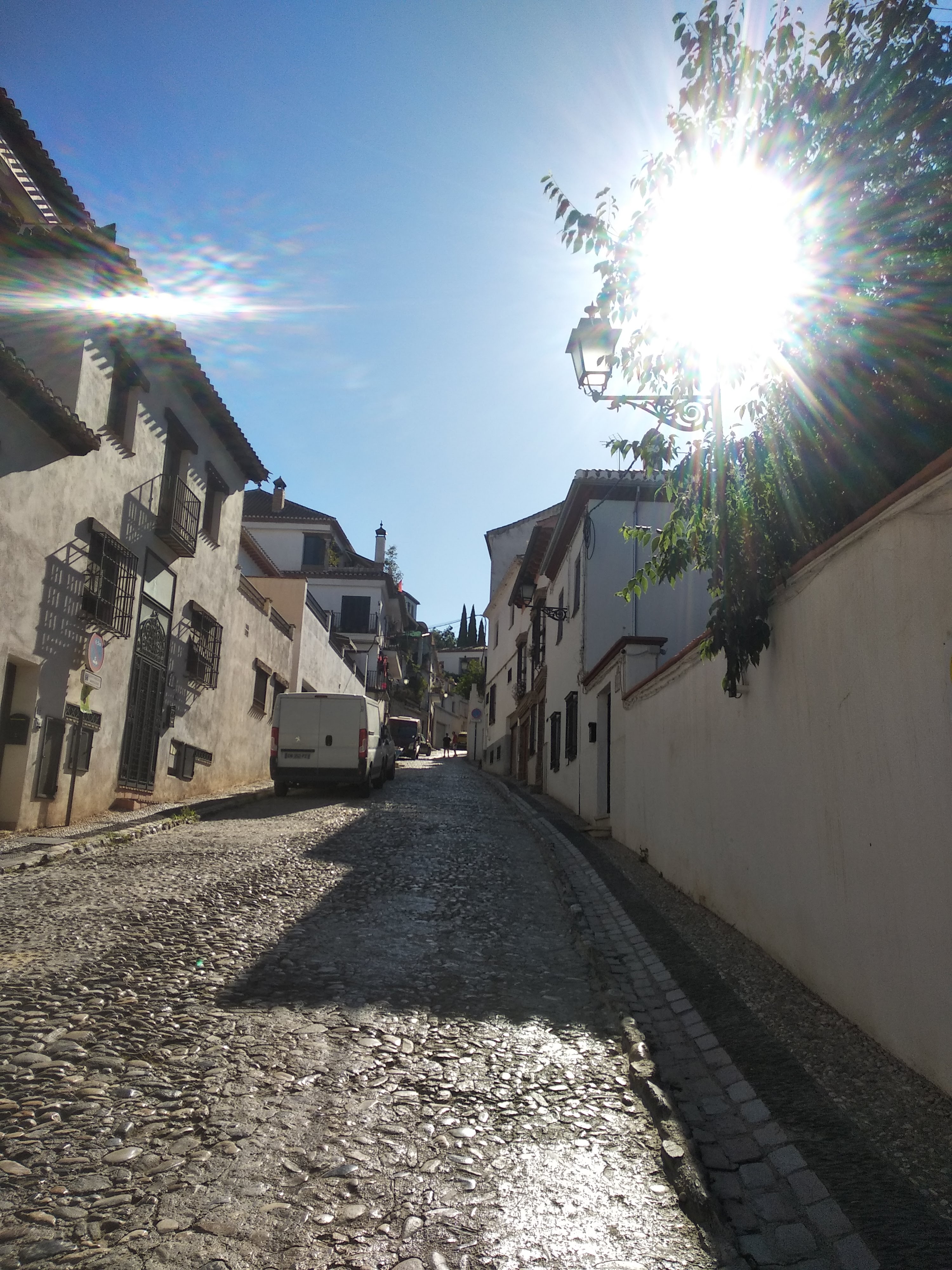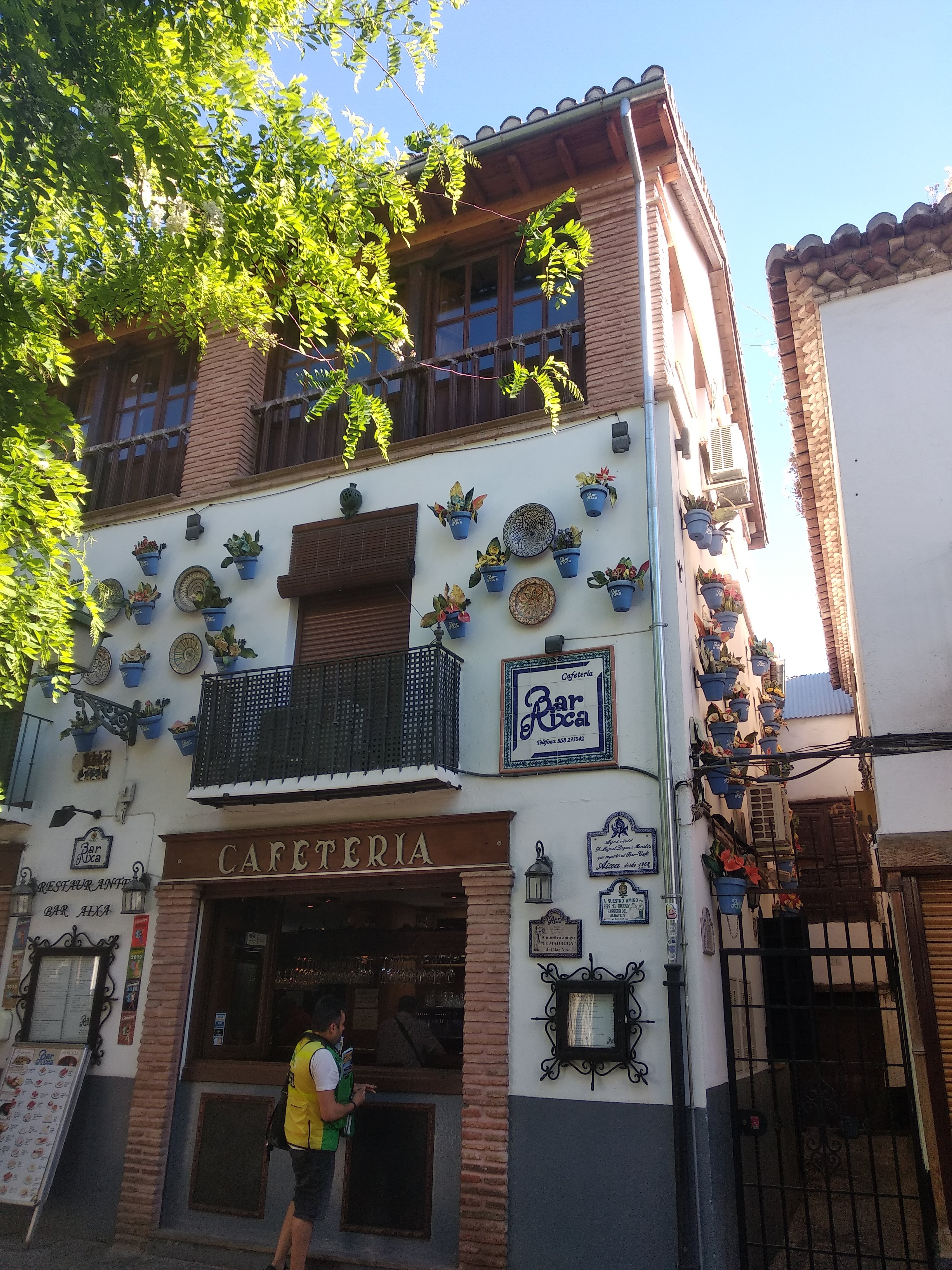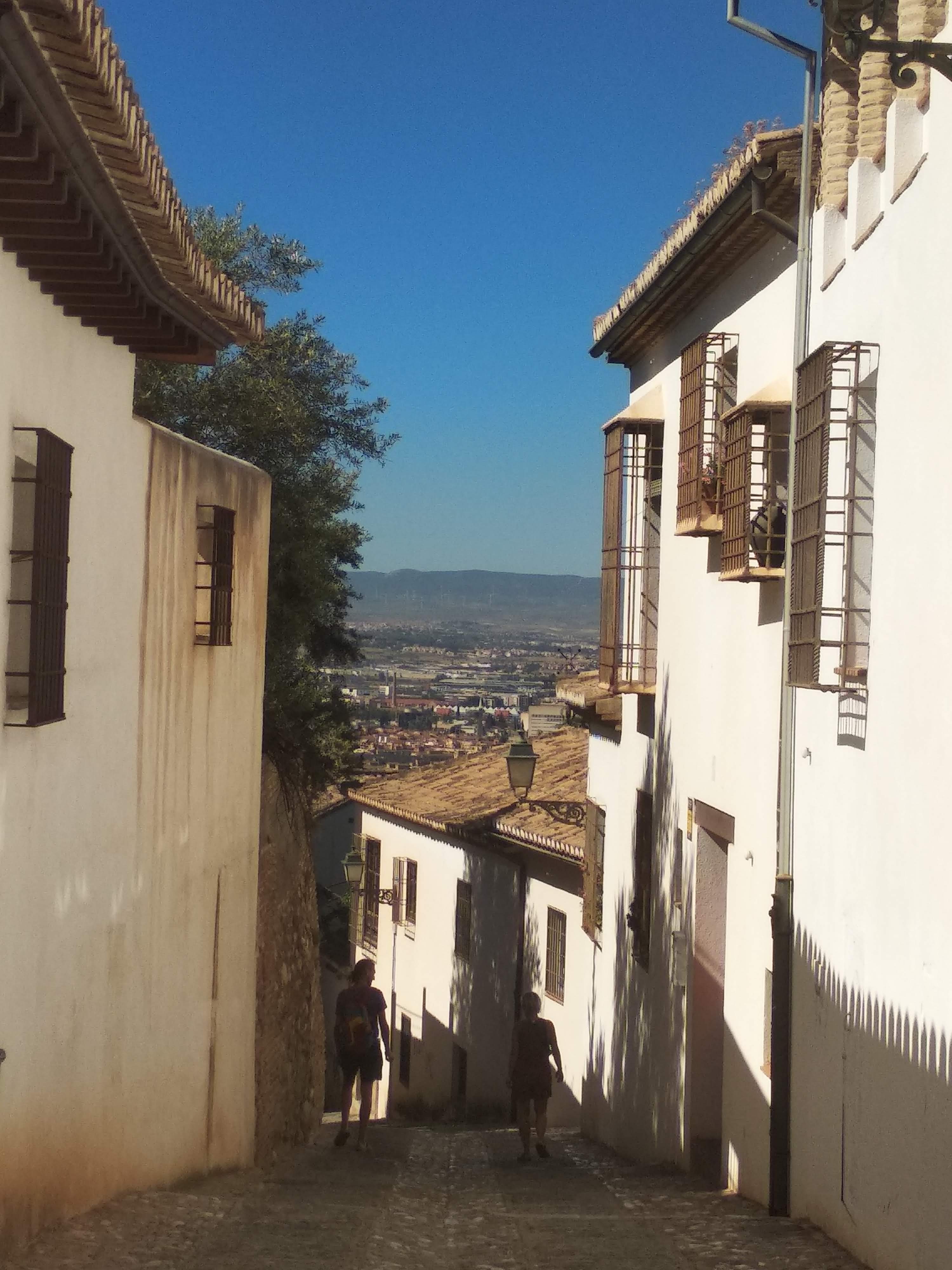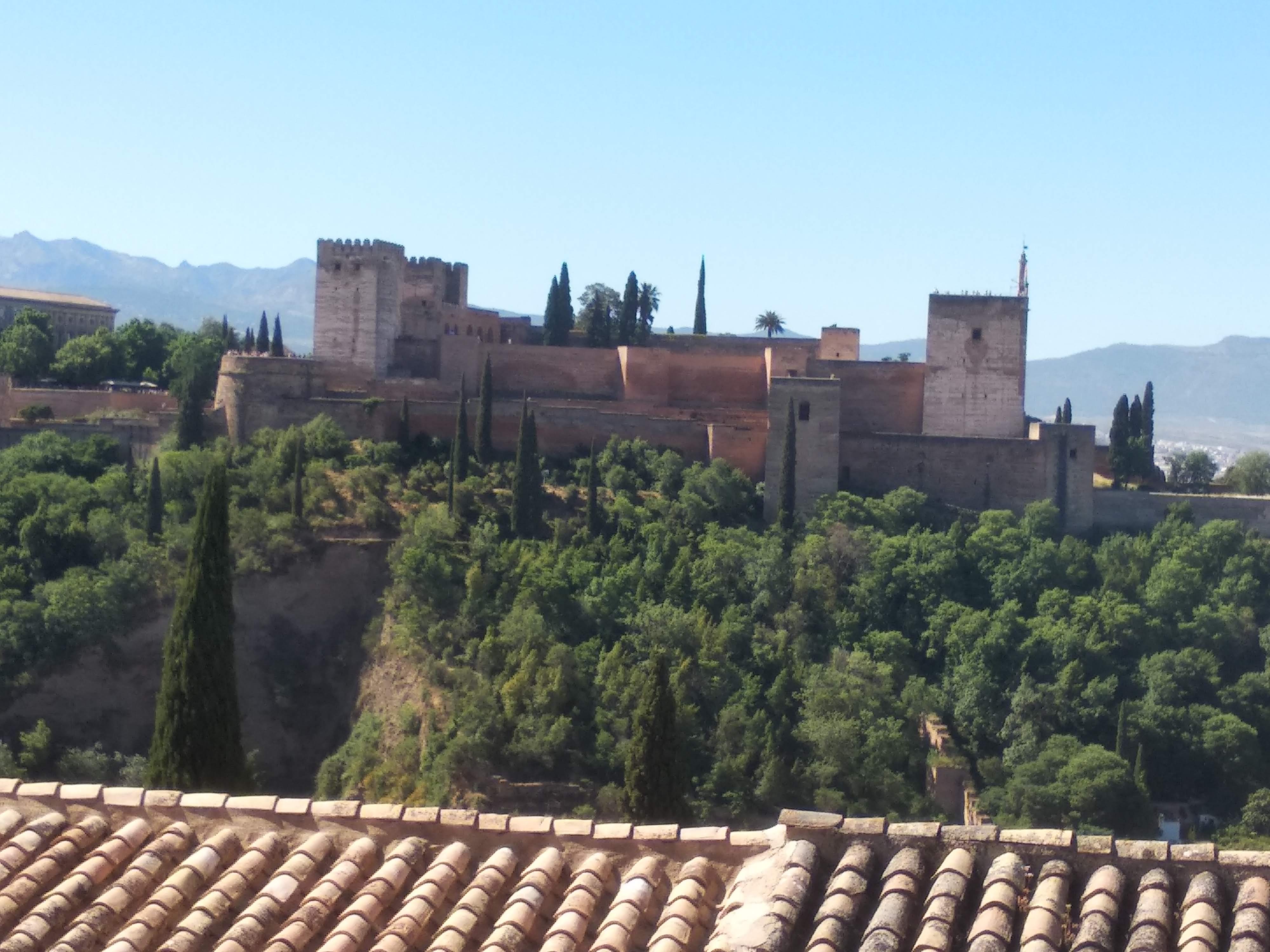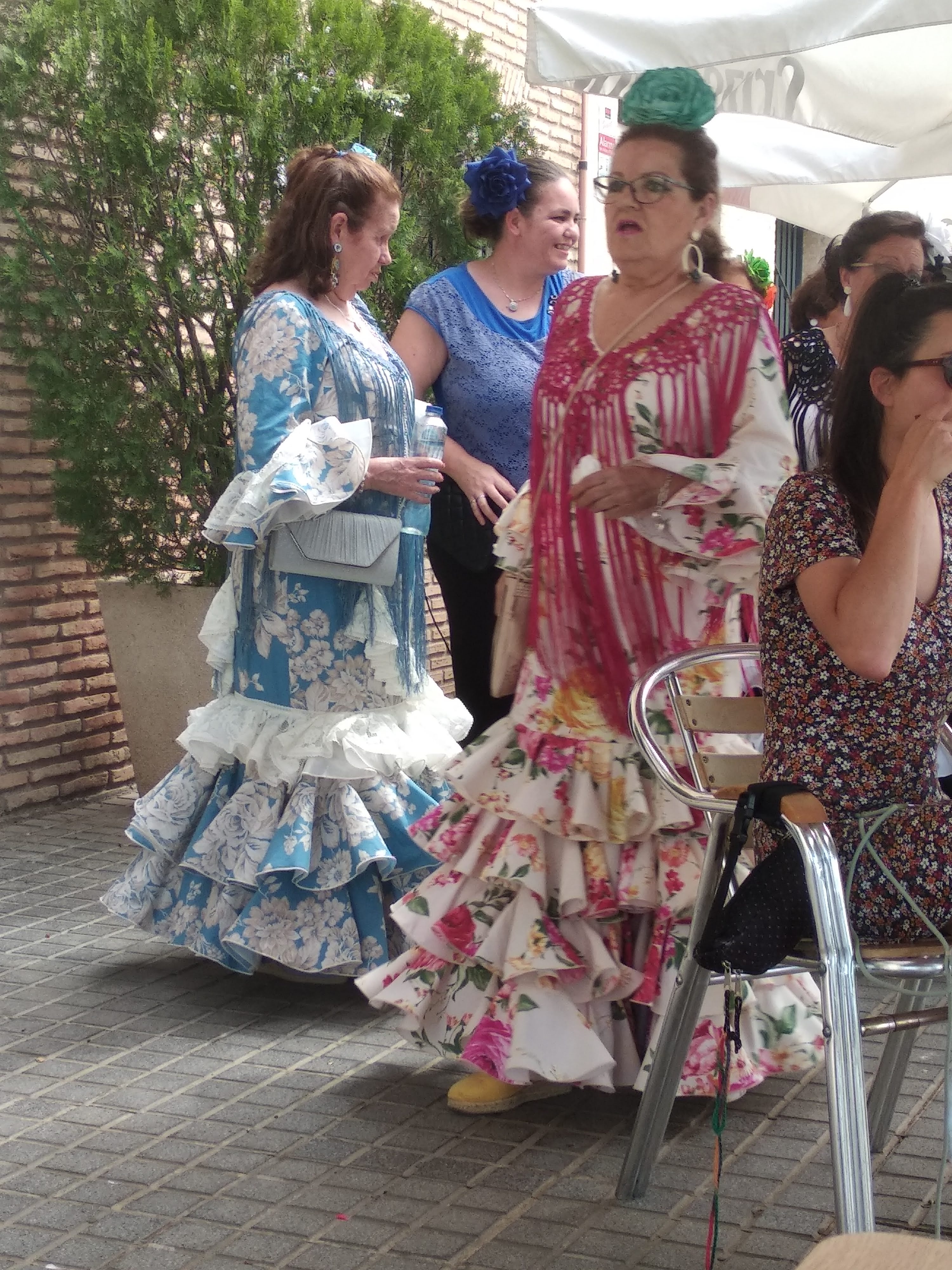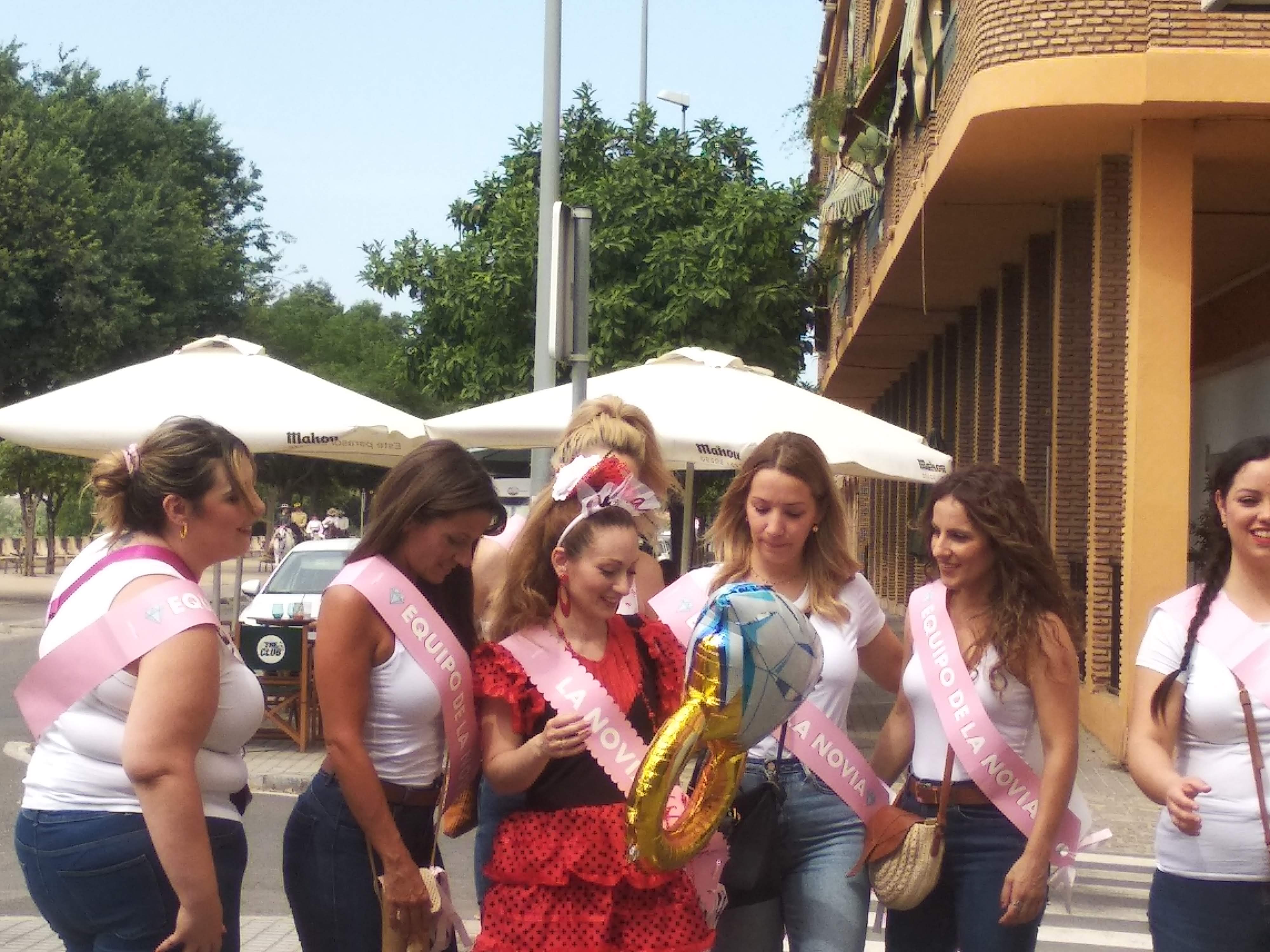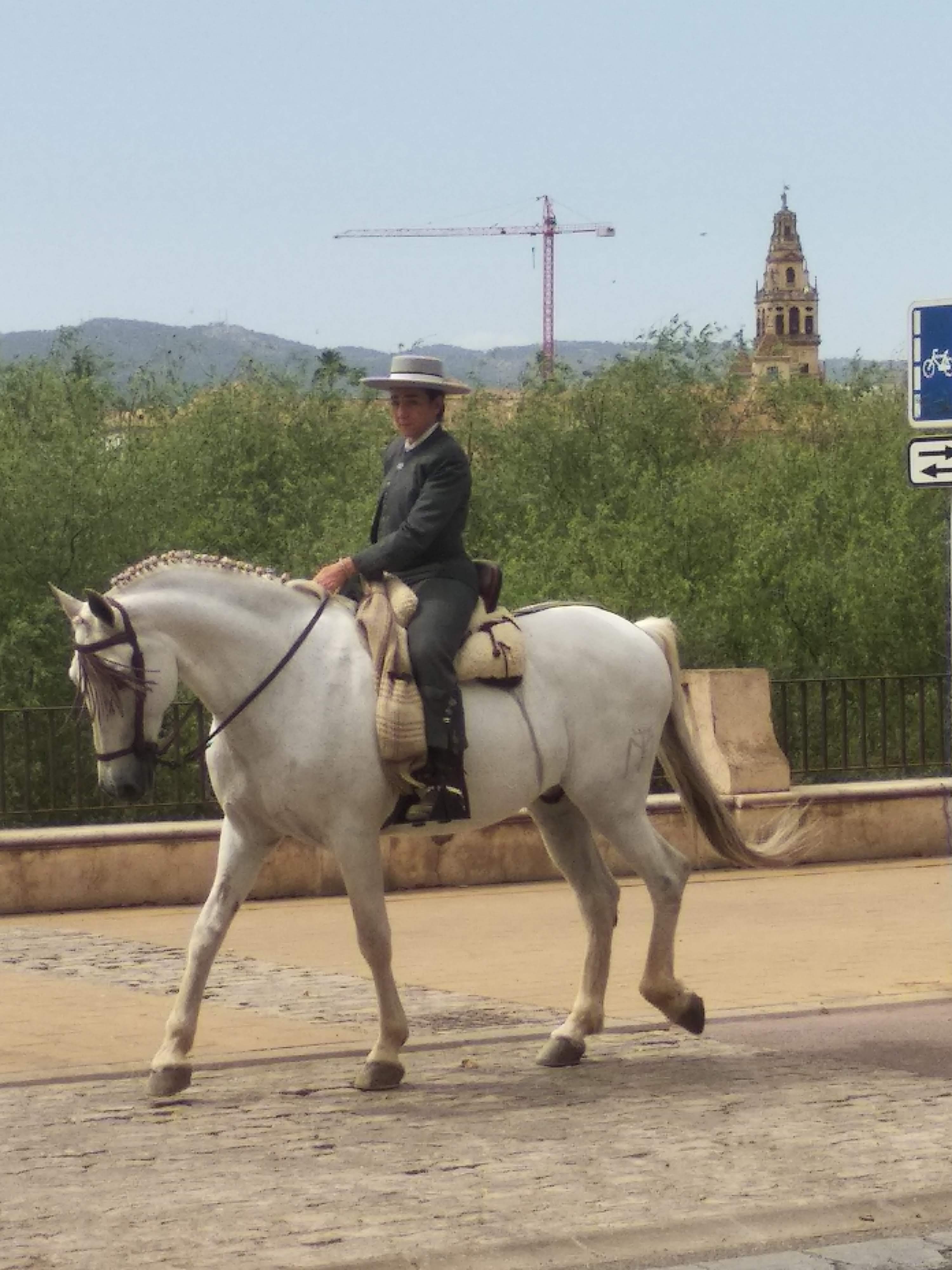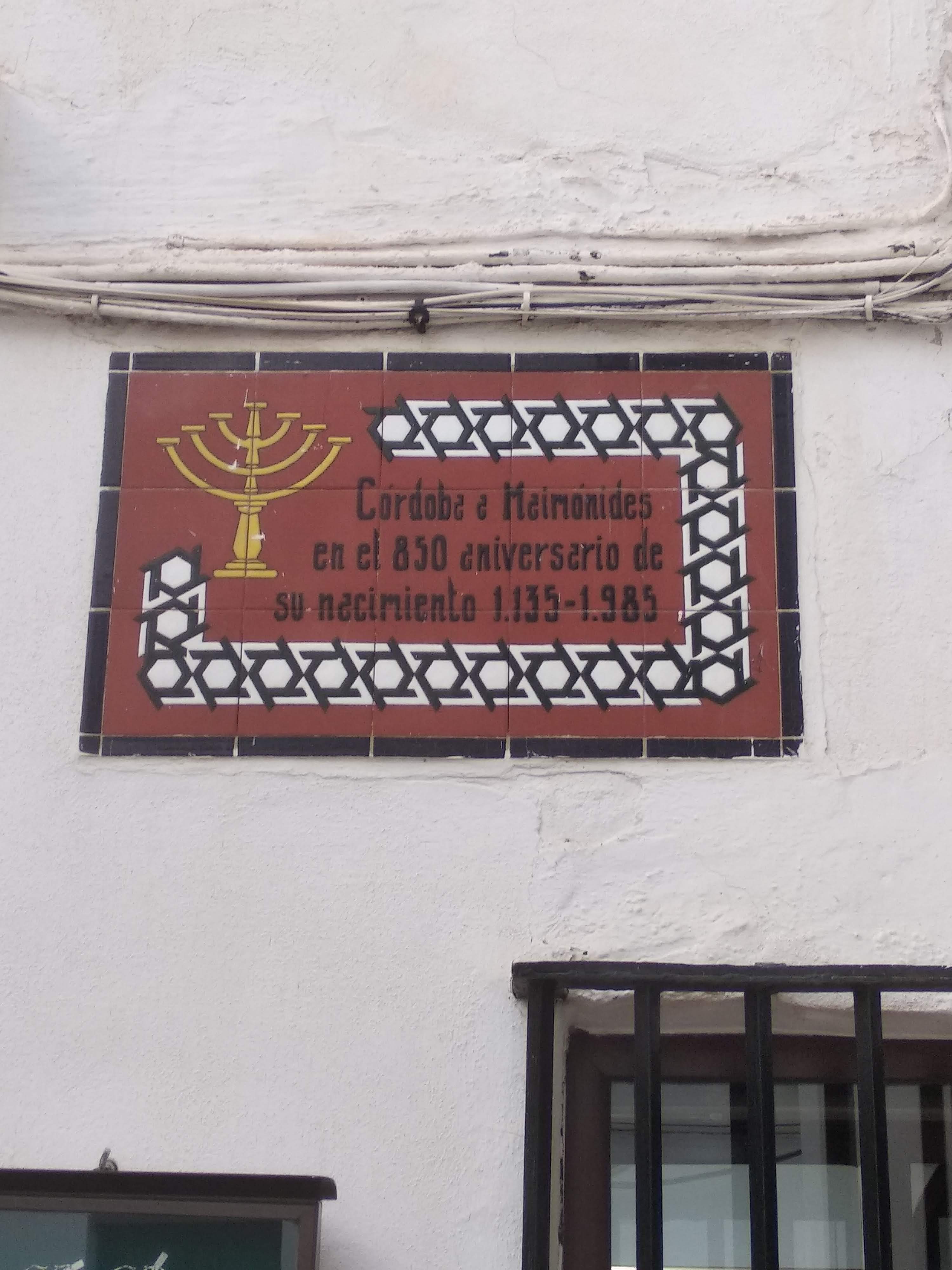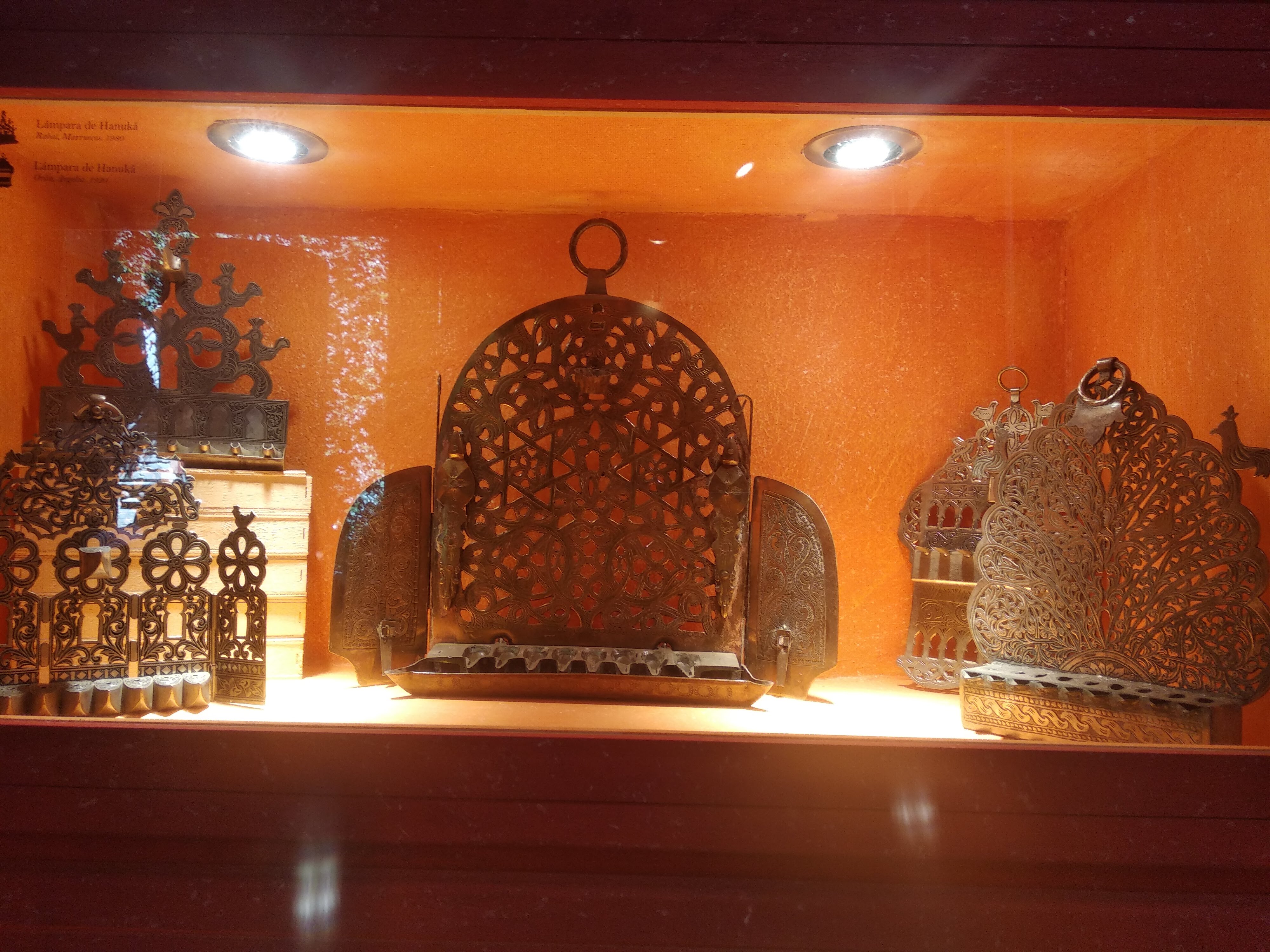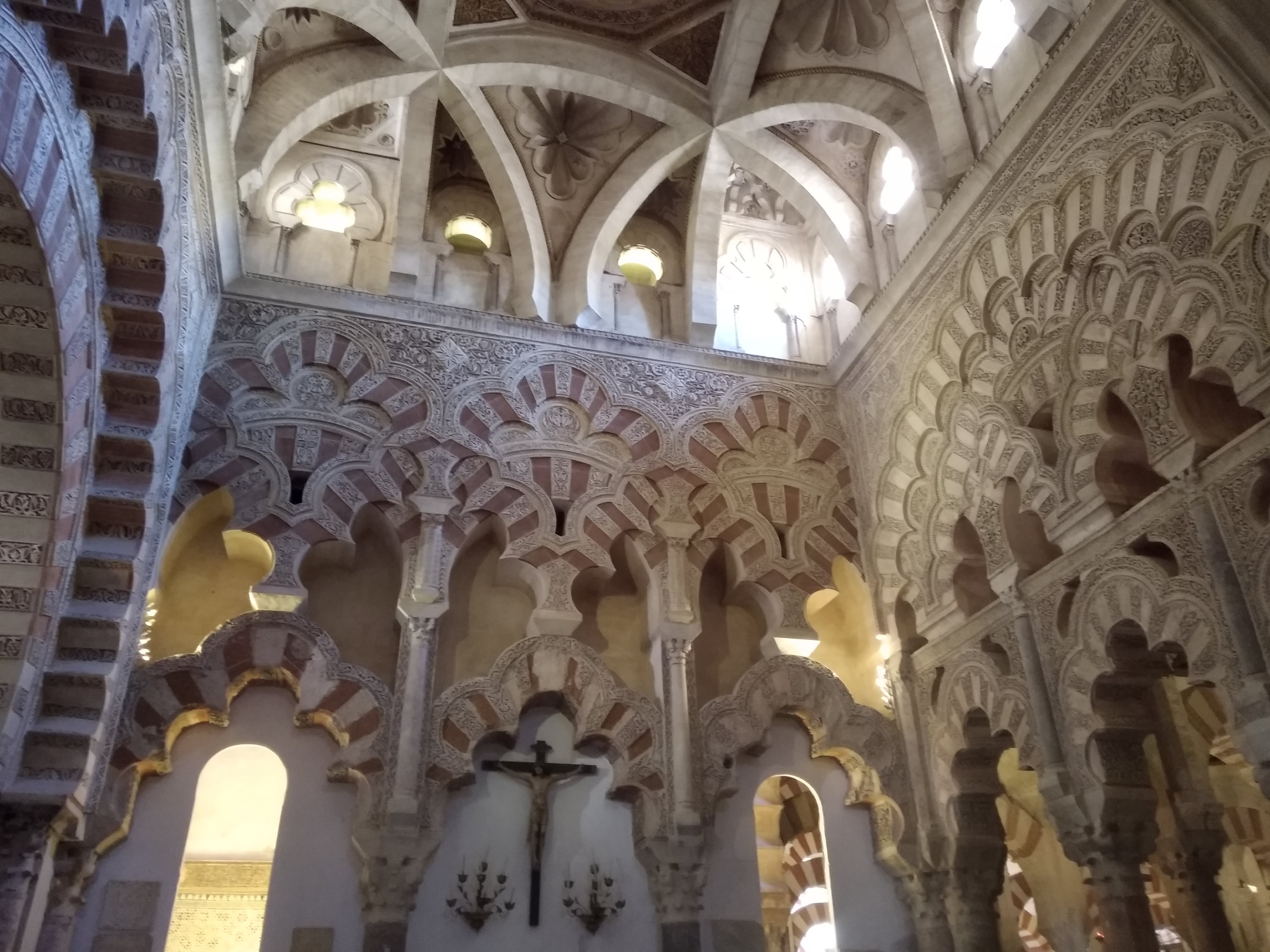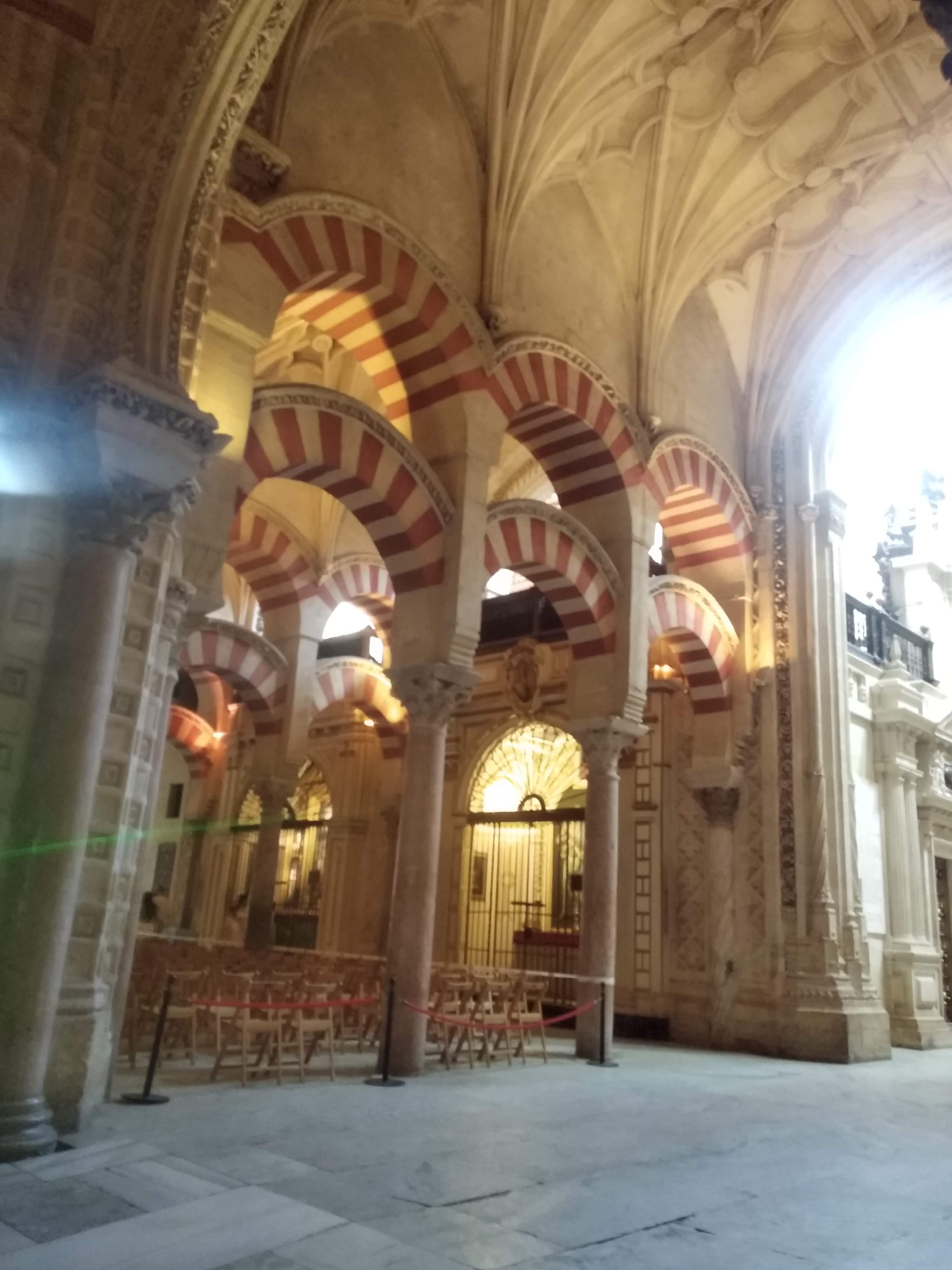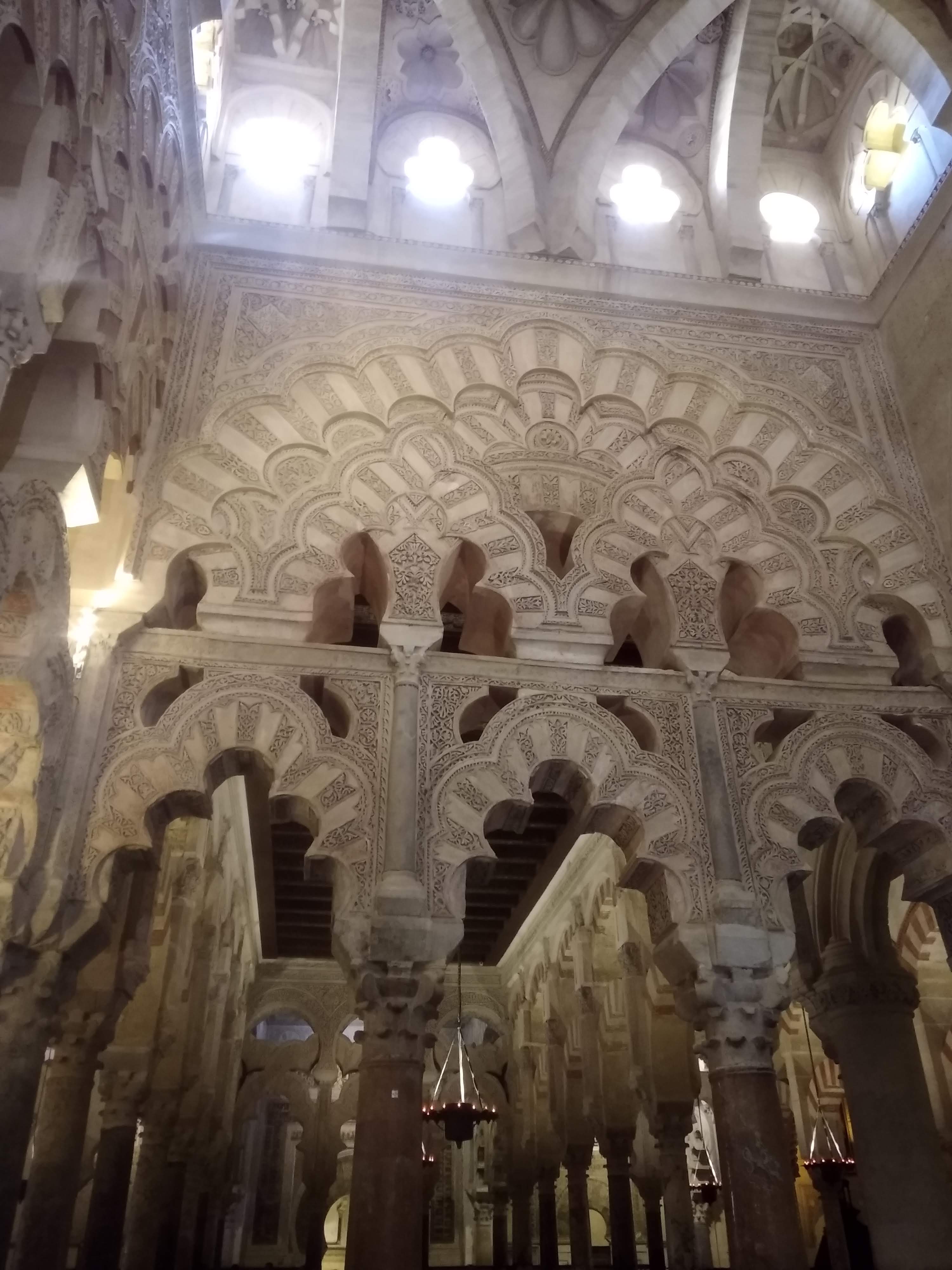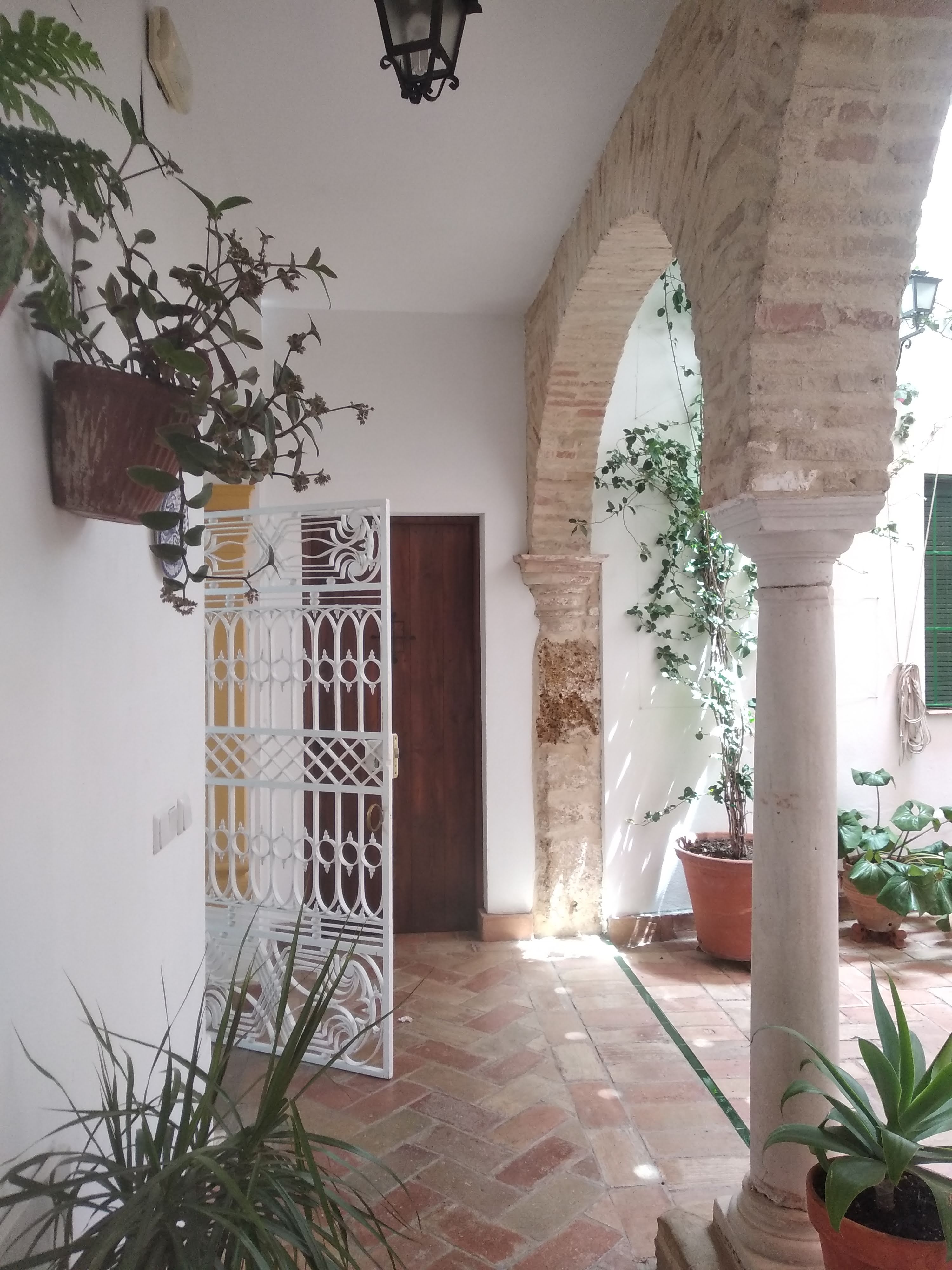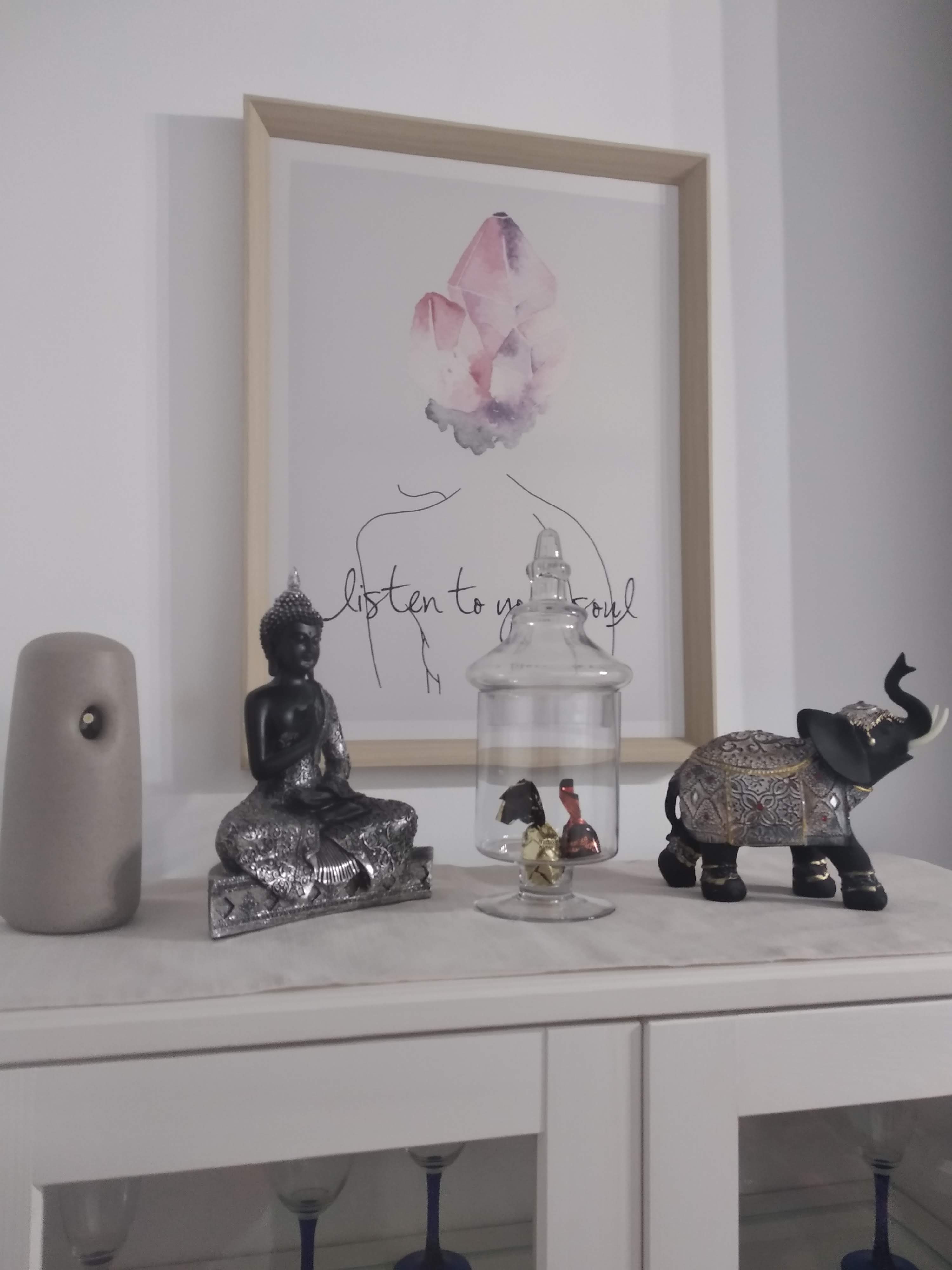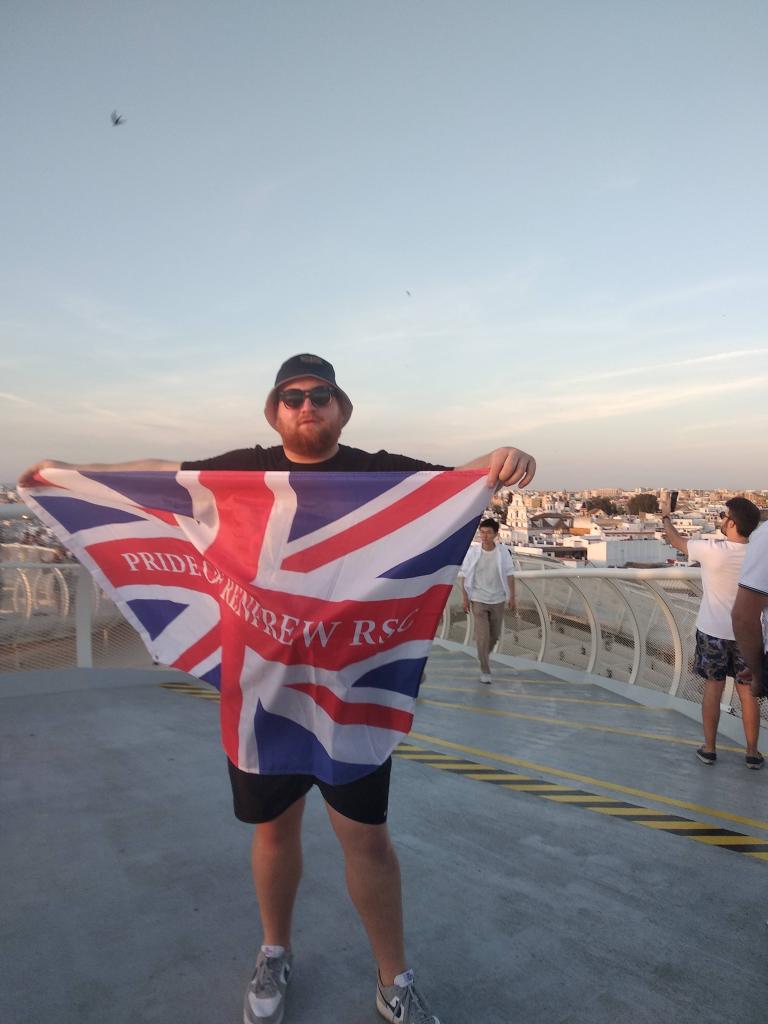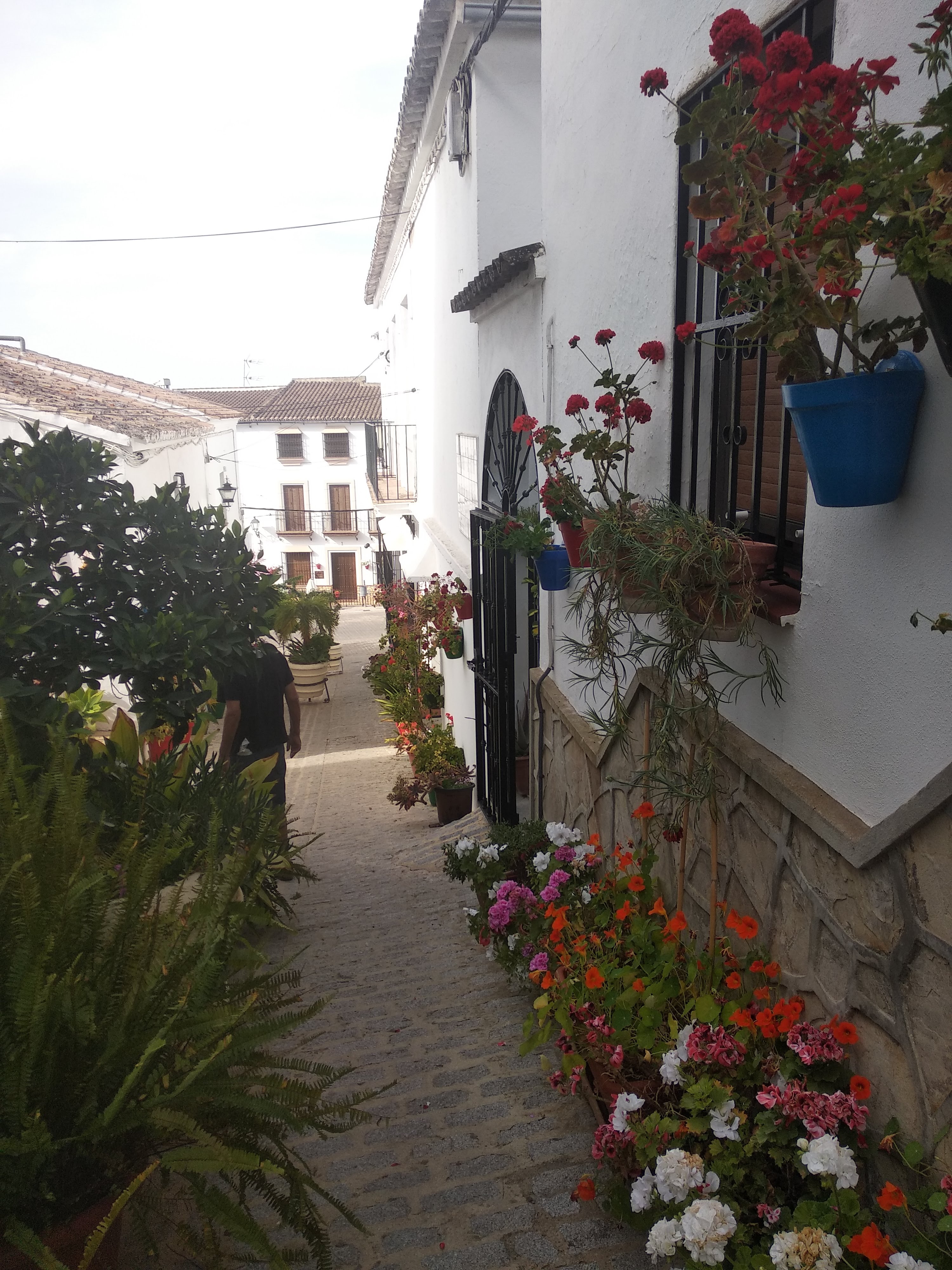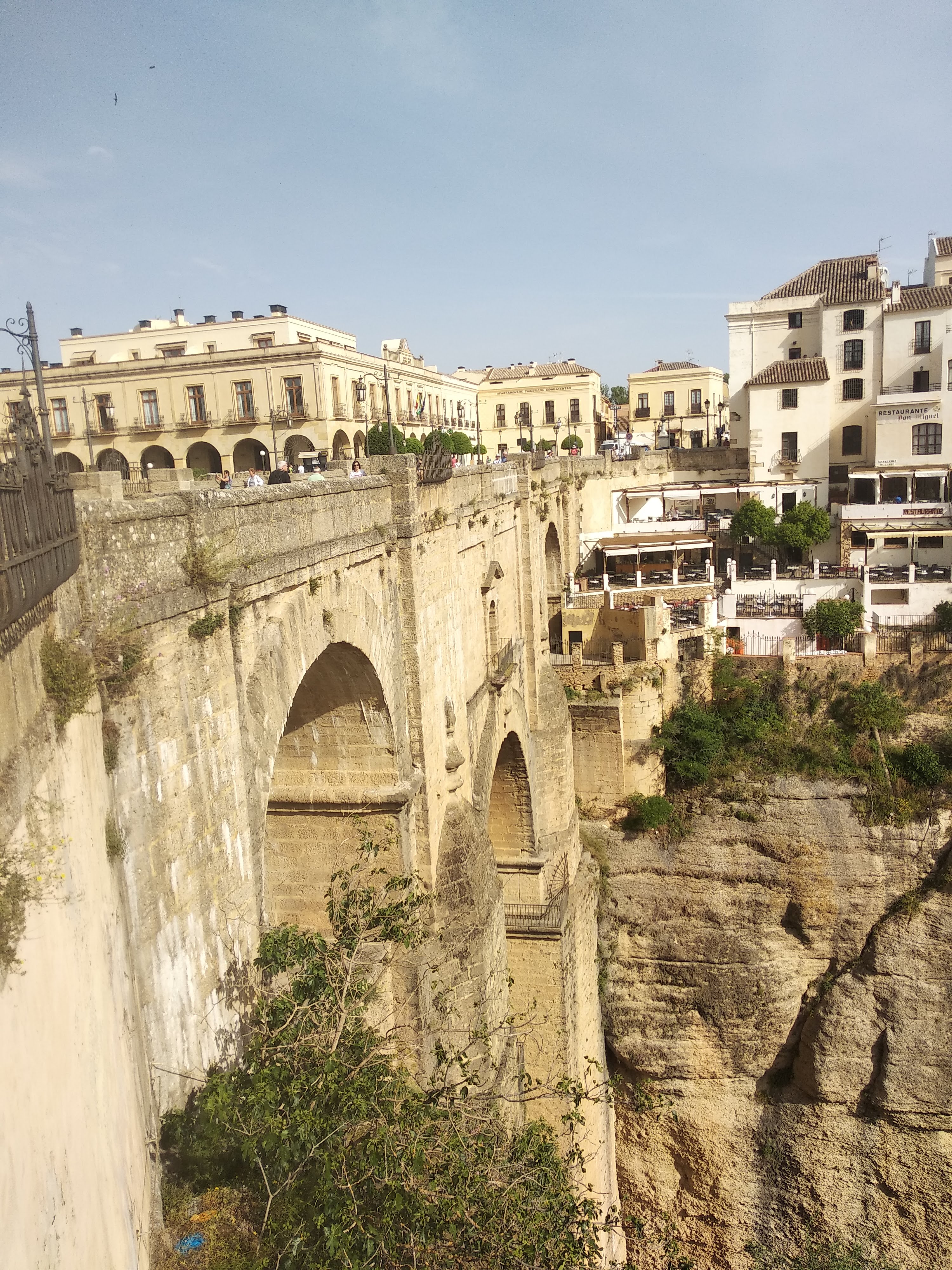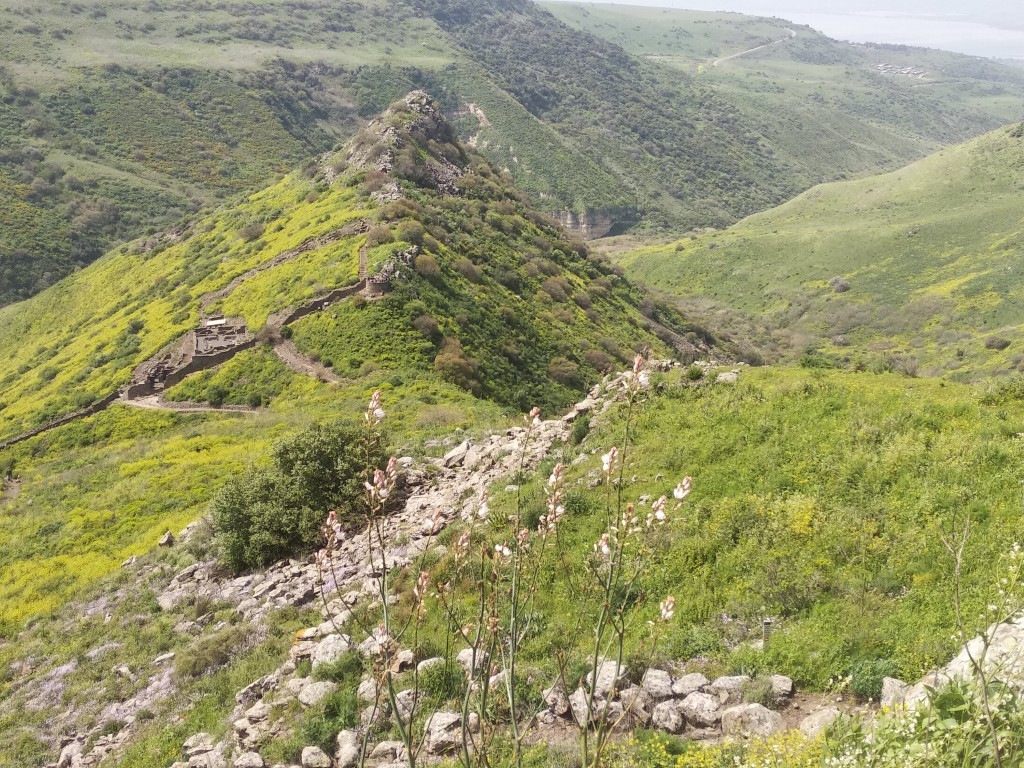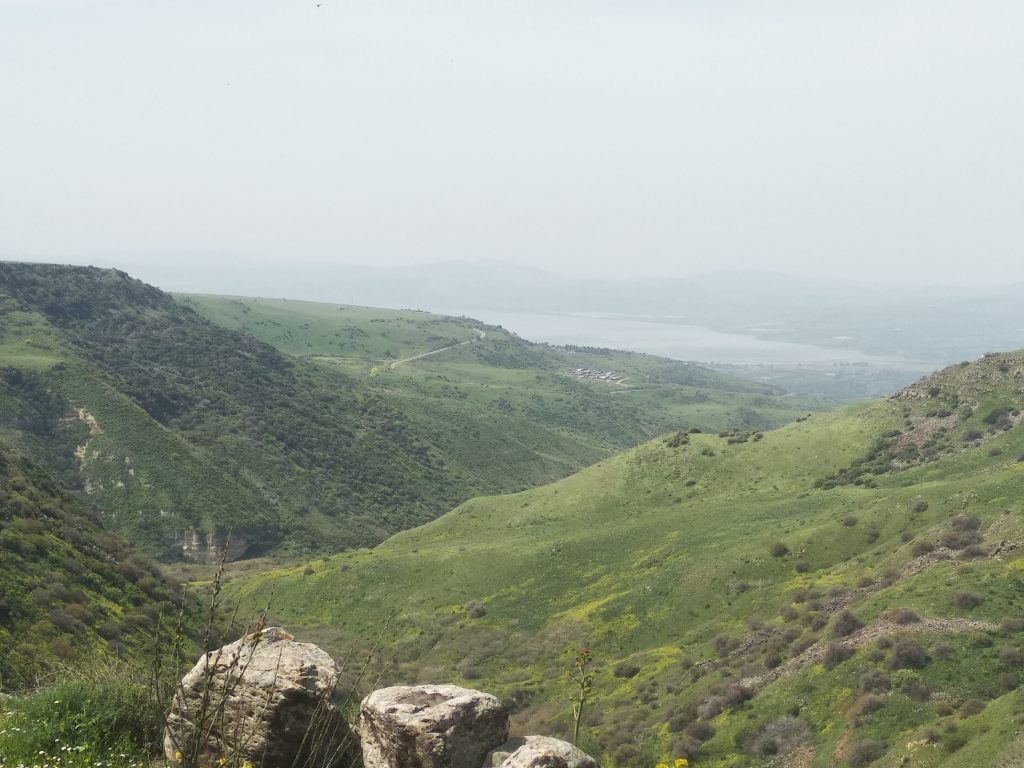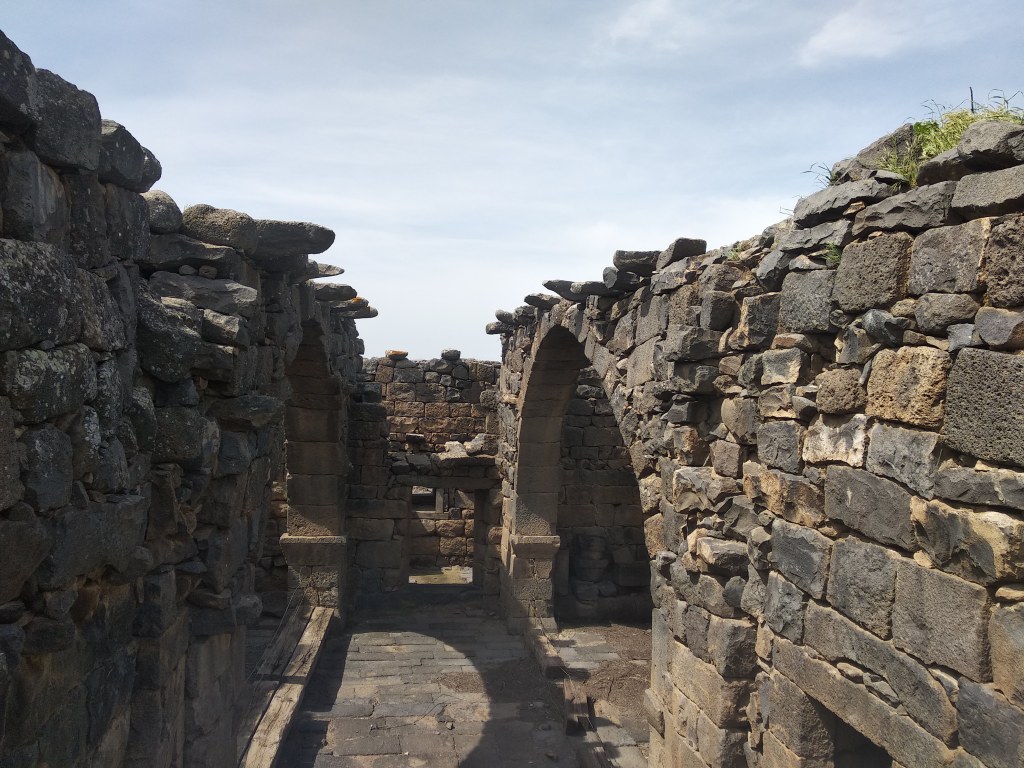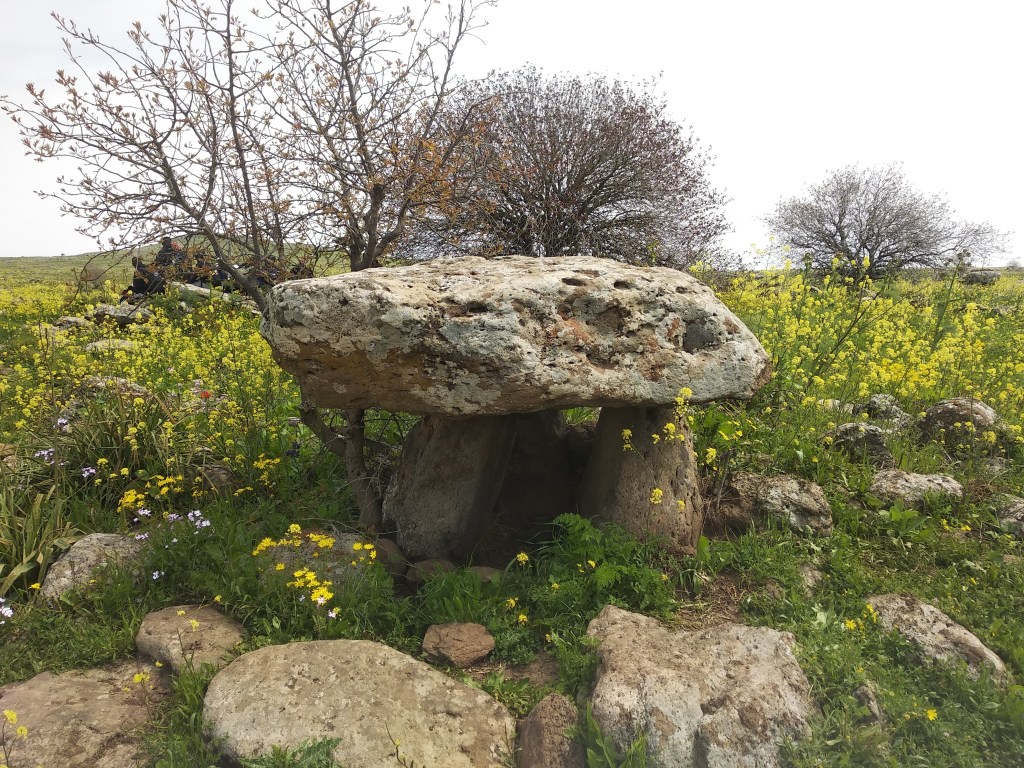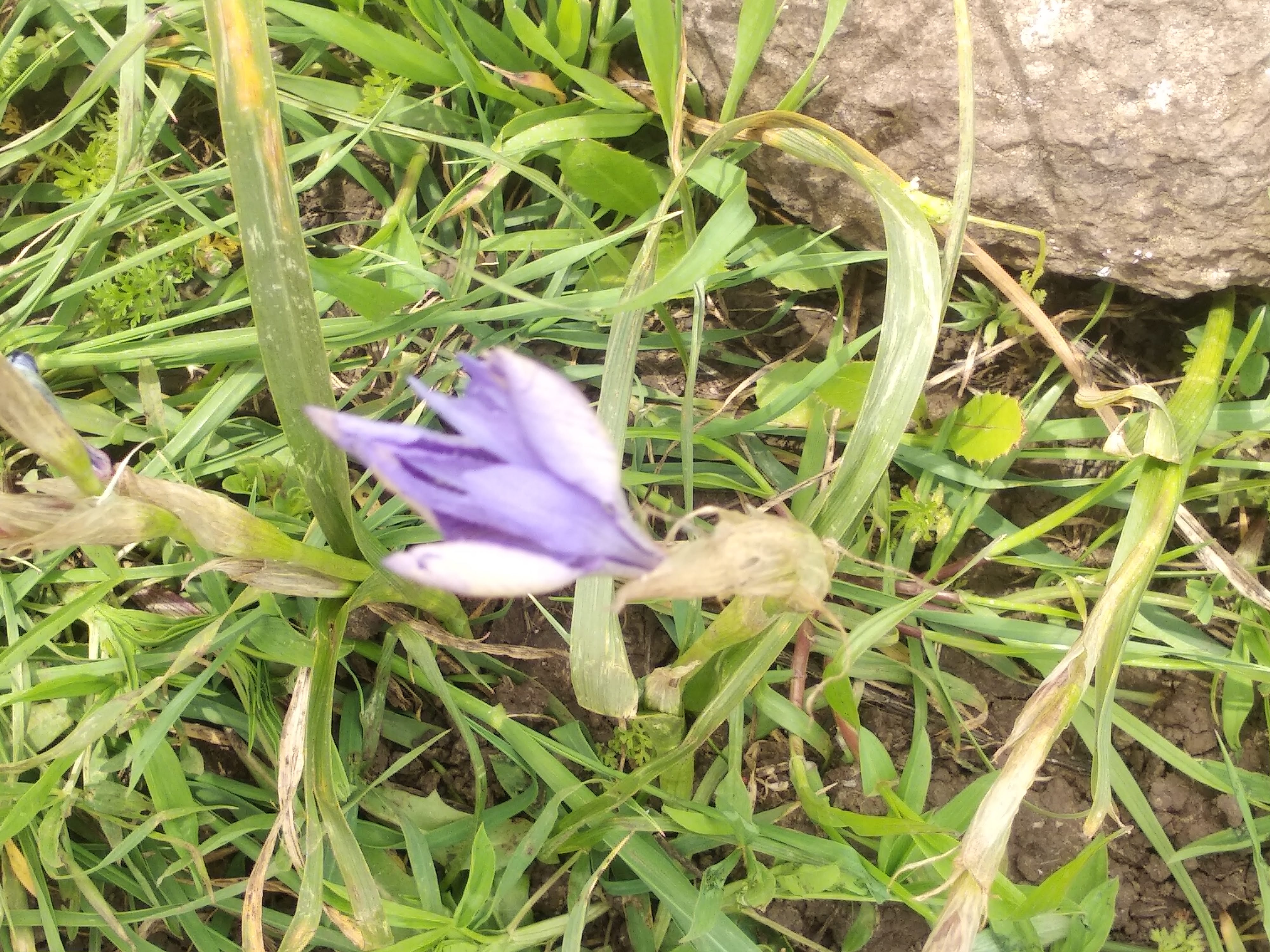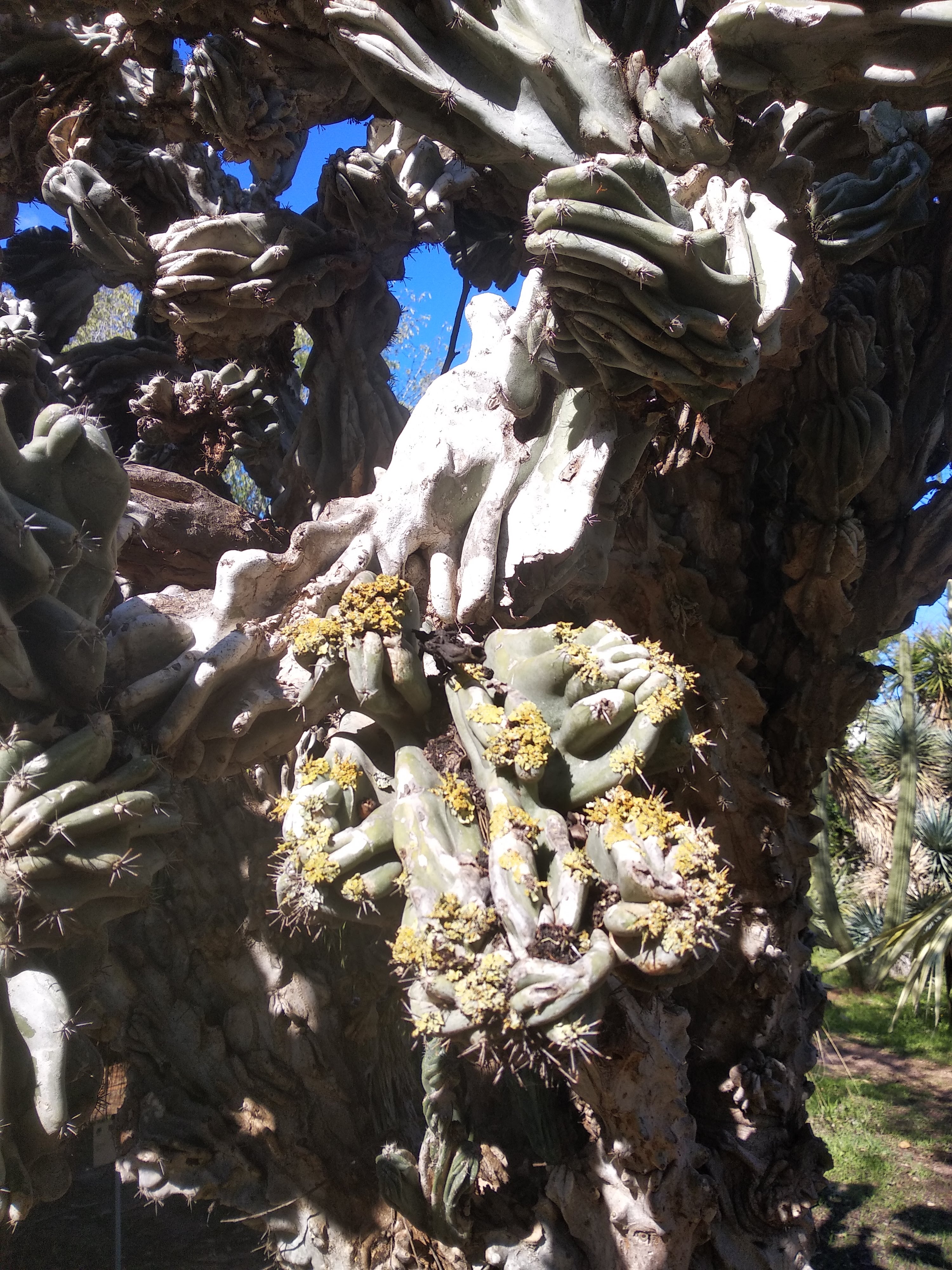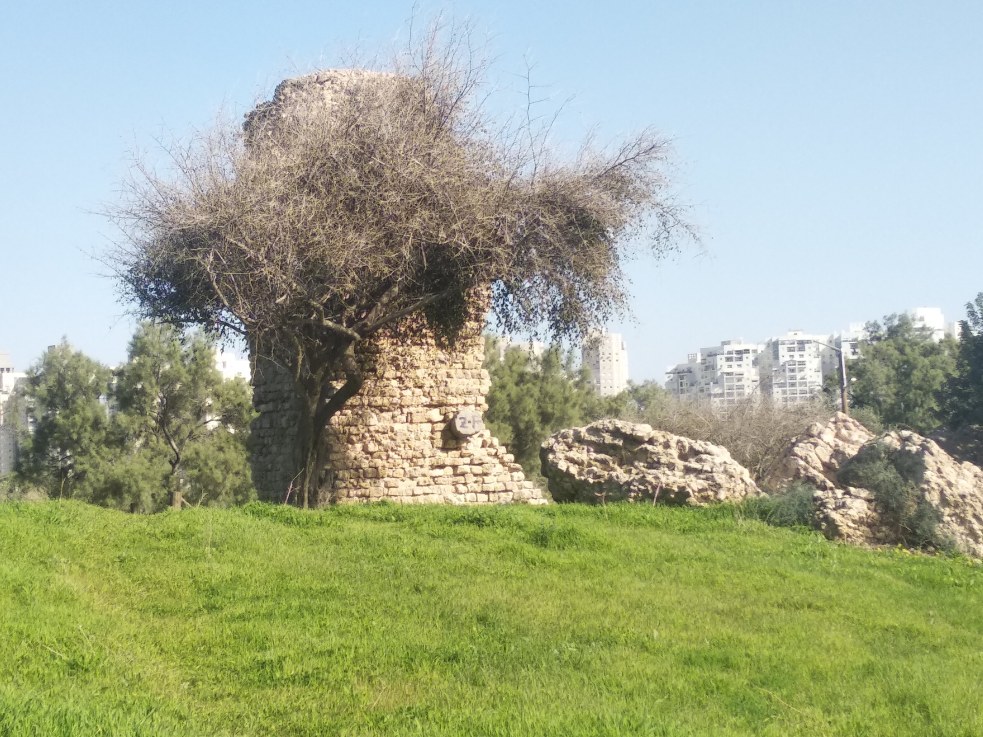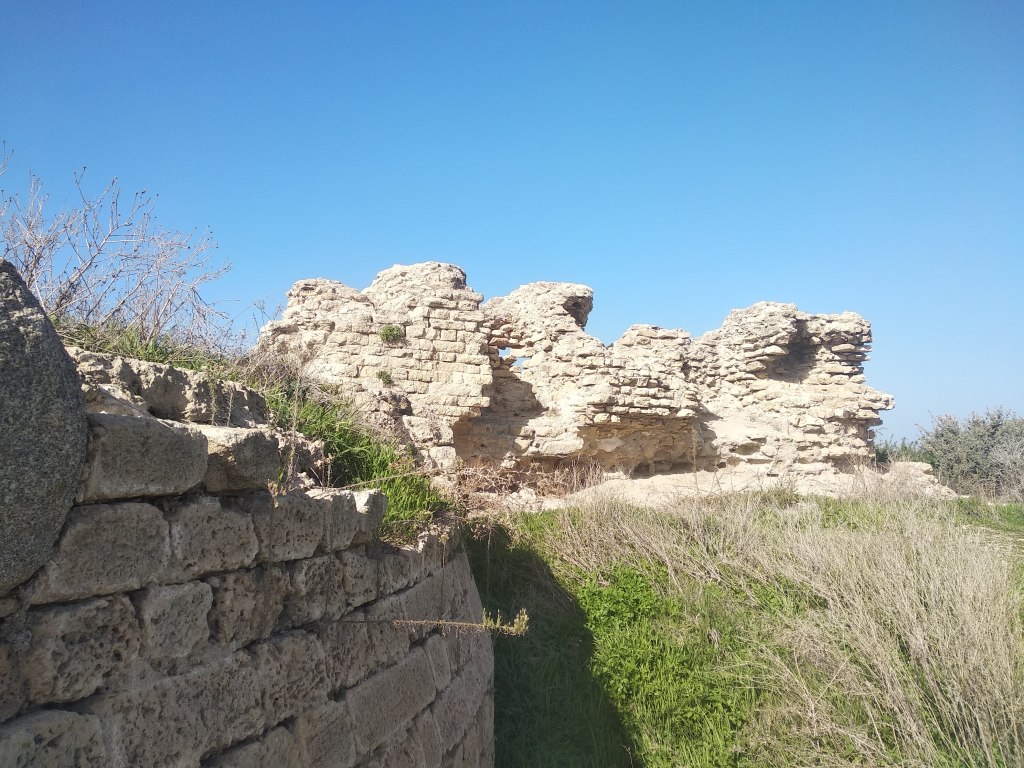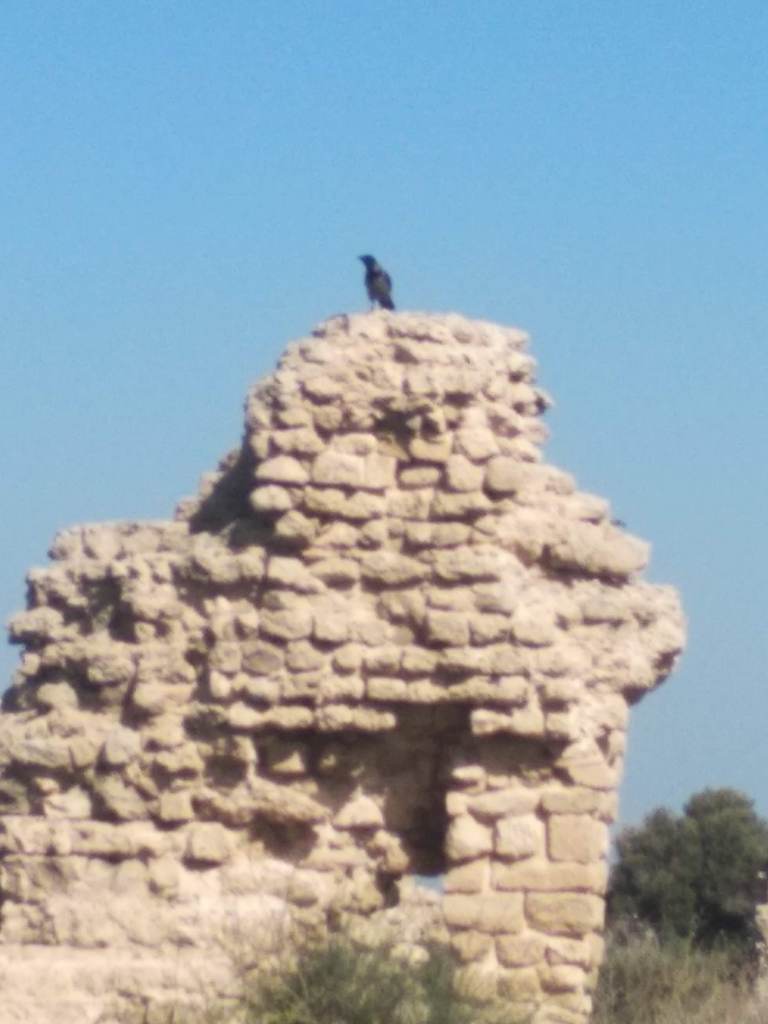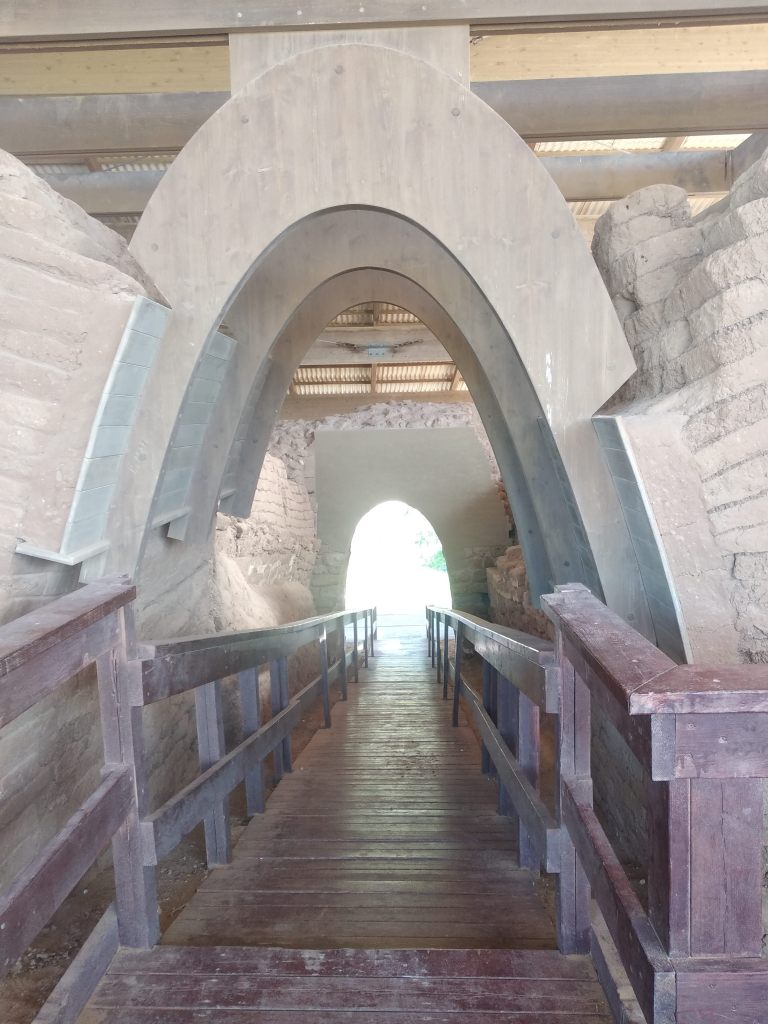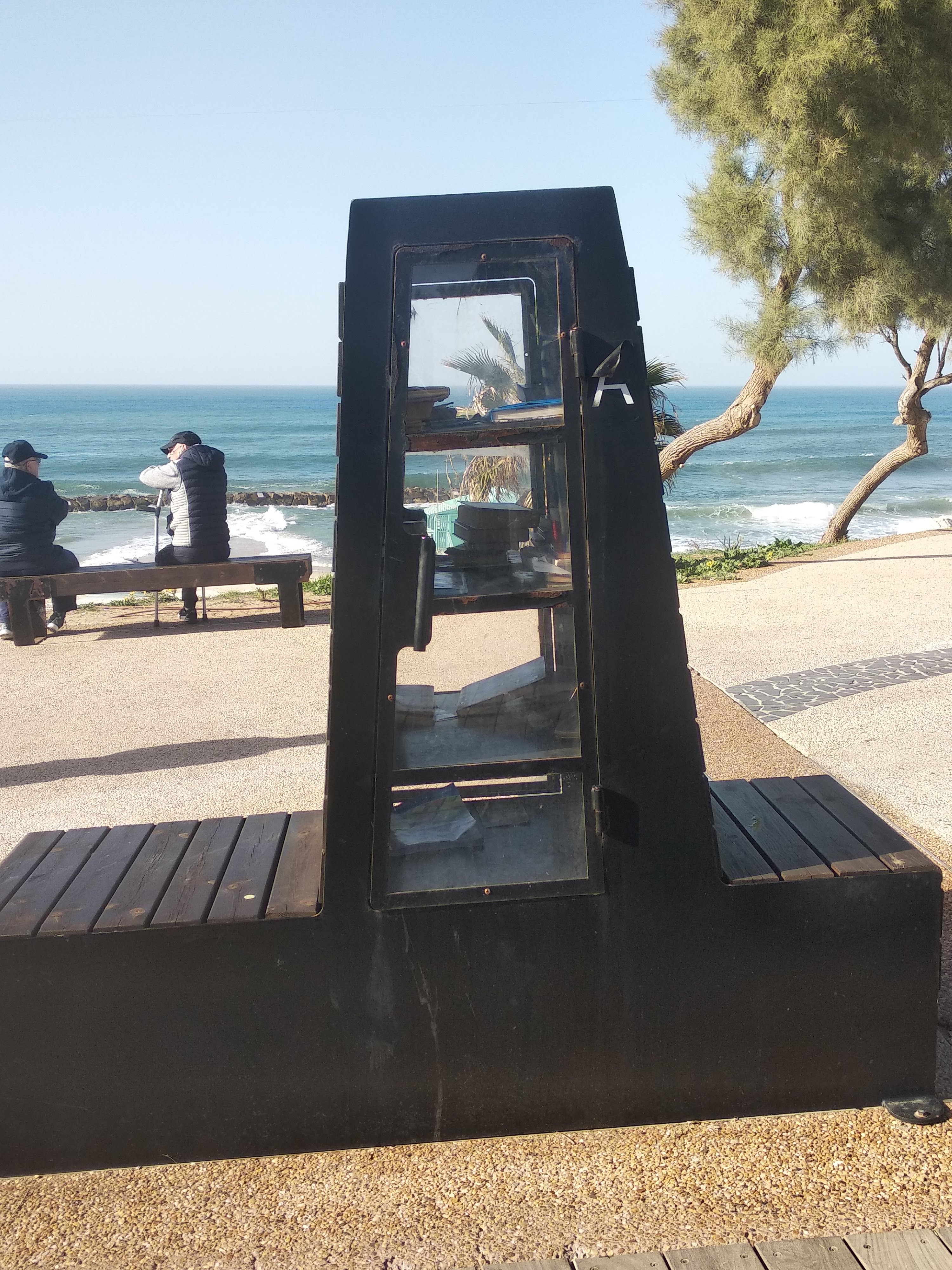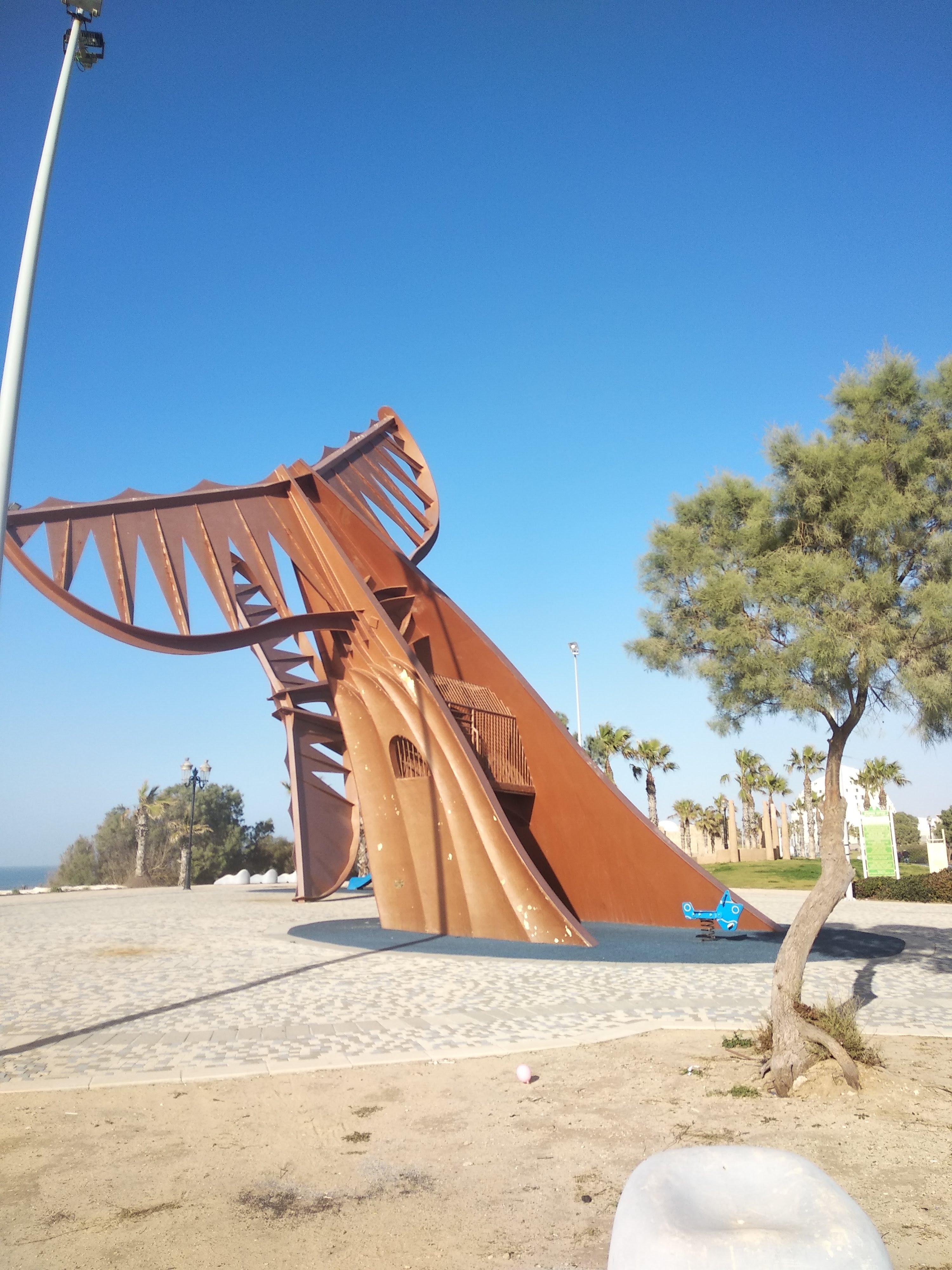This will be very different from my usual travel blog. You know how this goes… we arrived here, we saw this, we ate that, we met those people.. bla bla ba. This is not that blog. This is coming from a totally different place, one of shock, fear and total incomprehension .This journey began the day after THE MASSACRE. But of course we were unaware of the whole scale of the horror and only began to comprehend it as our trip unfolded. WE knew something bad had happened. But just how bad only became apparent a couple of days after we landed in Tashkent. So now I will try and rewind, and tell it to you a little clearer.
Our original trip to Uzbekistan should have happened in 2020. We had even corresponded with Kerry and Piers, an Australian British couple Servas members living in Tashkent and planned to meet them. However, as Covid put paid to that plan, we actually ended up meeting them for coffee in Tel Aviv. So the plan went in my drawer until now. I planned (as I always do) and got hold of a fantastic tour operator, Shovkat Komiljonov, of StanAdventure Tours, who helped me tweak a couple of things, and was very flexible when I suggested various different changes. Eventually we fixed that he would meet us at the airport, and give us a driver from Samarkand to Bukhara with a night in the Nurata mountains, and a different driver for Bukhara to Khiva. The whole trip would be two weeks, and we would return by domestic flight from Khiva to Tashkent.
The day before we were due to fly, Hamas terrorists broke into Israel, slaughtered thousands of people and kidnapped over 200 men, women and children from their homes. On the morning of our trip, this was all very unclear. We wanted to cancel our whole trip of course, but as it was a Saturday, and also a Jewish Festival, we could not get hold of the agent in Tel Aviv. We called the offices of Uzbekistan Airways in Tashkent and they said we could only cancel through the agent in Tel Aviv where we purchased our ticket. Our kids said” Well it’s good for you to get out and have a holiday. It will be ok” So we got on the flight. Gradually as the days passed, the enormity of what had happened on Saturday October 7th , Black Saturday emerged.
In the checkin line at Tel Aviv we met Hilola, a girl from Bukhara working as a care giver to a lady in Modiin. She said she had a month’s holiday to go home and visit her family and would then be returning. She spoke fluent Hebrew and gave us her Whatsapp number and asked us to be in touch. She was worried about not getting a flight back to Israel… we gradually began to worry about this too.
After meeting Shovkat and the driver and checking in to the wonderful Ateca Suites Hotel in Tashkent, we walked around town a bit next morning and it surprised us how clean and pleasant the capital was. The broad leafy avenues and parks, the variety of restaurants, the smartly dressed young people all seemed wonderfully normal. But every time we checked the news outlets, things got murkier.
After and day and a half in Tashkent ( Opera House, Amir Temur statue, Hotel Uzbekistan ) we got our train to Samarkand, smoothly and easily and checked into Hotel 129. It was more like a guest house but friendly enough and the large breakfast table gave us a place to chat with other travellers. The owner spoke good English and there was a Japanese guy who told us how sorry he was about what was going on in Israel.
The guest house was 5 minutes walk from the main Registan Square. We met some school kids on our way there who were keen to practise their English skills on us. We walked around the square, gradually realizing that concentrating on sightseeing whilst obsessively checking the news back home, was going to be a challenging task. But we gave it our best shot. The buildings in the Registan complex have been described amply by other bloggers anyway, so I am not going to get into it. Suffice it to say it’s an impressive place, and locals gather there to get wedding photos done, and there is an ice cream place filled with lovely families enjoying the scenery. It’s hard to capture the grandeur as there is so much of it… you get exhausted looking at the buildings from different angles as they get more and more elaborate. We did visit the Samarkand Synagogue which was very interesting.
To add to our troubles, two days in Samarkand there was NO WATER in the whole city. This was not at all fun. Never mind, we thought, all will be fine once we get to Bukhara.
We had a phone call from Hilola who said she wanted to meet us for dinner. She came with her brother and picked us up, and took us out to a wonderful fish restaurant and insisted on picking up the tab. She then dropped us back at our hotel, and disappeared. We also spent a morning at the house of Anatoly (a Servas member who founded the International Peace Museum of Samarkand) and met Johann and Anna, a lovely Belgian couple who we chatted to for a few hours and walked along with on our way back to the hotel.
From Samarkand we had an overnight trip planned in the Nurata mountains. Our lovely driver picked us up and drove us to Ruslan’s guest house which I had envisaged as a nice quiet rural break from the city parts of the trip, a place to unwind in nature. But this is really where the trip began to unravel seriously. Firstly there is really nothing at all to do in Nurata, once you have taken the 15 minute walk over to the Chashma springs with Ruslan. The guest house itself looked ok but when the temperature overnight plummeted to 3C , the pretty garden where I had imagined relaxing with other guests, really was not great. We did have a good dinner cooked by Ruslan’s mother, with a lot of different salads, and a soup with meat and rice in it were good, and sitting round the table with 2 Swiss, 2 Dutch and an Italian was pleasant enough. However the radiator in our room did not work, and Ruslan had to bring us a portable one so we didn’t freeze in our sleep. Then next morning, the breakfast (eaten outside with coats on ) was absolutely pathetic. Here we began to feel seriously miserable.
The next morning, our intrepid driver Khamid, a stalwart lad who knew about 3 words in French, drove us via the petroglyphs (not that inspiring at all) to our hotel, the Oasis Boutique, in Bukhara. The hotel was brand new and a great location very close to everything but very quiet. However after a short while in Bukhara we both began to feel rather ill, tired and rundown, and soon had upset stomachs. We have no idea if this was a virus, tension, reaction to food and air pollution in Samarkand or a combination of factors. Anyway after a day in Bukhara, suddenly there was NO WATER in this hotel either, and the bathroom smelt very bad indeed. Here we began to weigh our options. What we had planned, an 8 hour drive to Khiva to spend 2 days looking at more monuments and then a domestic flight back to Tashkent, began to look more and more uninviting. What if the airport closed? What if the airport was open but our flight was cancelled? We would be stranded in Khiva. At this point I suggested cancelling that part of the trip and cutting immediately back to Tashkent, where at least we could try to fly elsewhere. Added to our fears, and the horrible images flooding in from home, both of us were now seriously sick. We had no energy and could hardly get out of bed. We ate little, just going out to get bottled water. There were no train tickets back to Tashkent. There was nobody willing to drive us. Here Shovkat came to our aid. You can fly, he said, there’s a morning flight and 5 tickets available. Quickly we tried to book said tickets, but every time I got to the pay screen it asked for an Uzbek phone number. We went down to the lobby, where the lovely reception boy (who looked about 12) came to our rescue, and inserted the hotel phone number. In 5 minutes we had plane tickets booked and printed off.
So next morning we got a taxi (paid for by the hotel) and boarded our flight back to Tashkent. Things at home were not better, on the contrary, but at least we were nearer to getting back. At least in Tashkent, we said, we could walk into the Uzbekistan Airways office and change our flight ticket to get home earlier.
After arriving back in Tashkent and checking back into the Ateca Suites, we crossed the road to the Uzbekistan Airlines offices. In yet another twist, the offices I had spotted turned out to be a brand new location as yet not functional containing a floor and some walls, and a lot of construction workers. From there we walked 2 km to the actual offices in Amir Temur st. Here within 5 minutes we had switched our flight from 22nd October to 19th October. All we had to do was sit it out for a day and a half.
Back at the hotel, we told the reception apologetically that we would be checking out early and apologized. No worries they said, we totally understand and we will not charge you anything (they should have taken one night for that). At last we felt we might actually make it home. Back in our room we had no desire to go sightseeing, or even to eat much. We sat in the room and obsessively checked news headlines again and counted the hours till we would get home. Finally at 1am we went to the airport, still not knowing if there would be a flight or not. To our relief, the flight boarded on time (after a flight to Kuwait!) and even took off on time. It was about 3/4 full and landed at a pretty deserted Ben Gurion airport. We were so relieved to be home. WE are strong. WE will survive. Am Yisrael Chai. The People of Israel Live.



